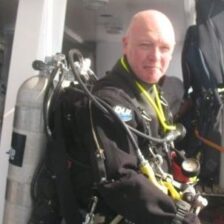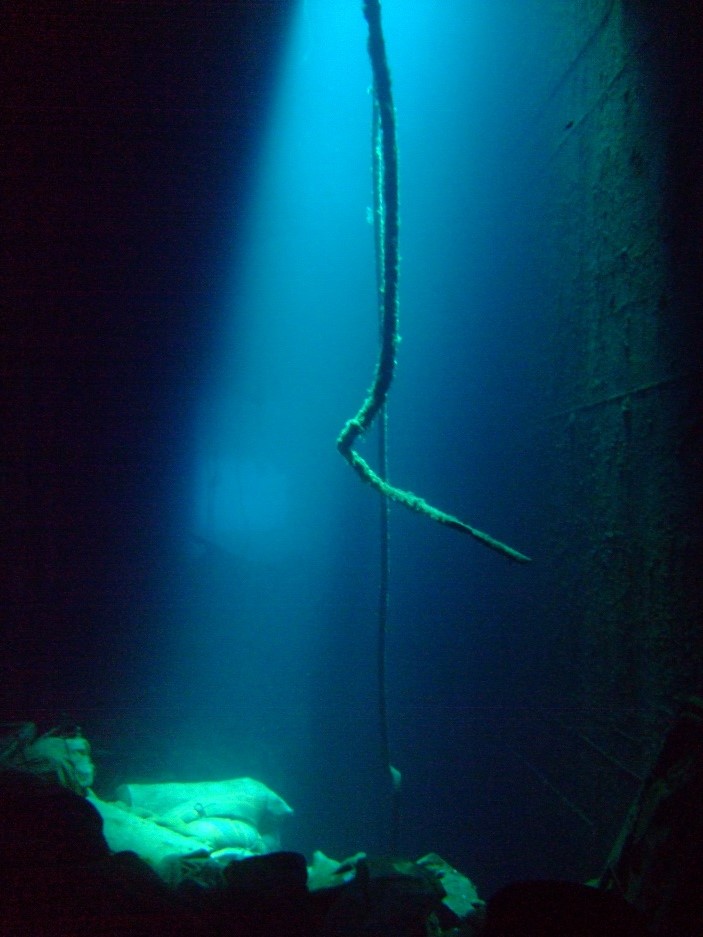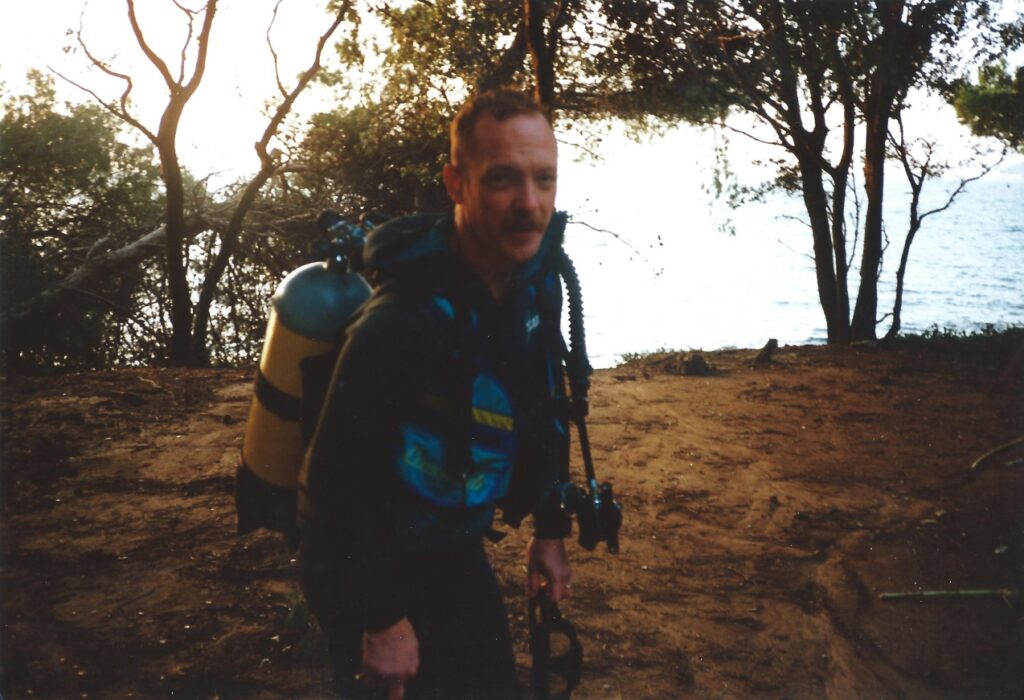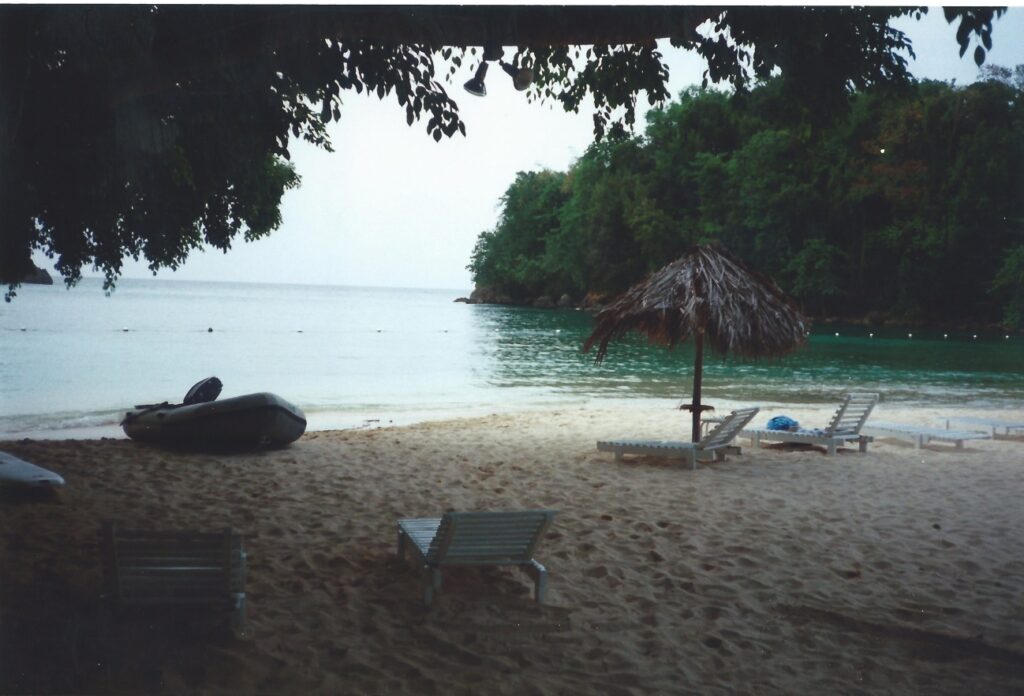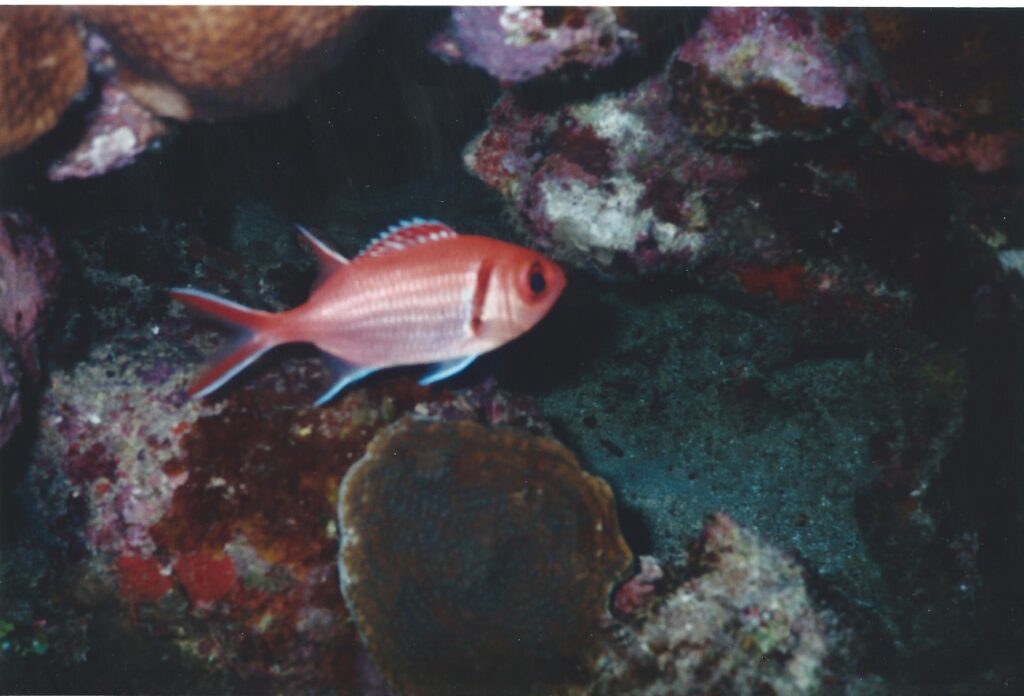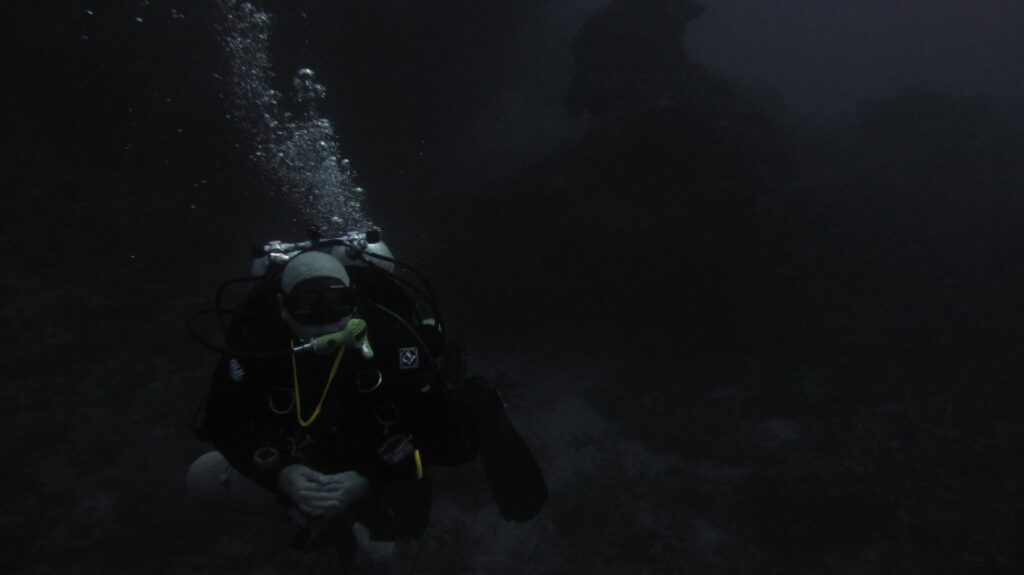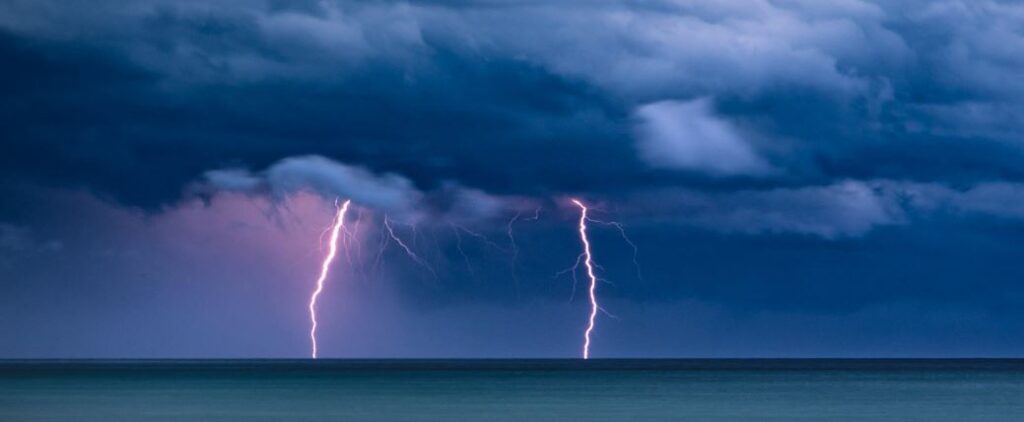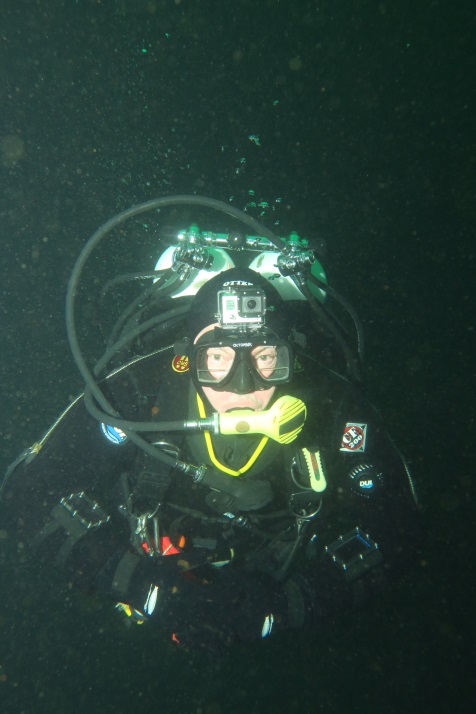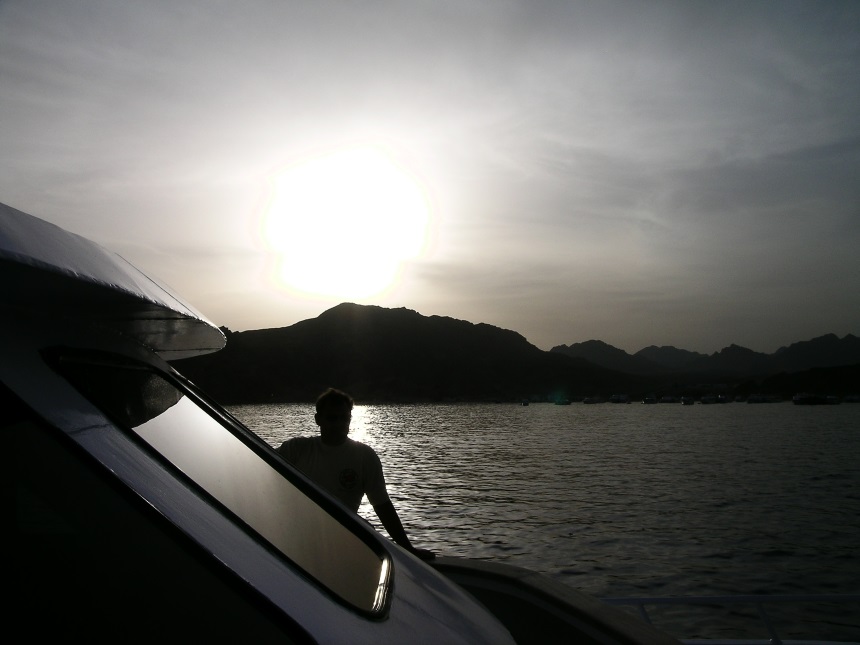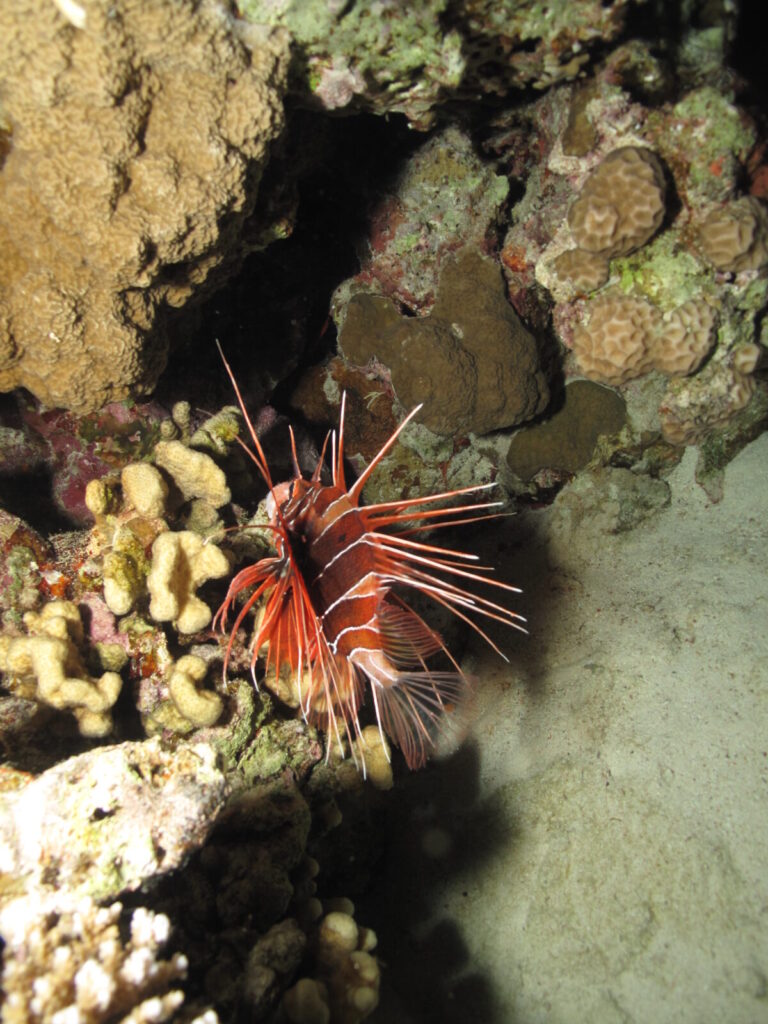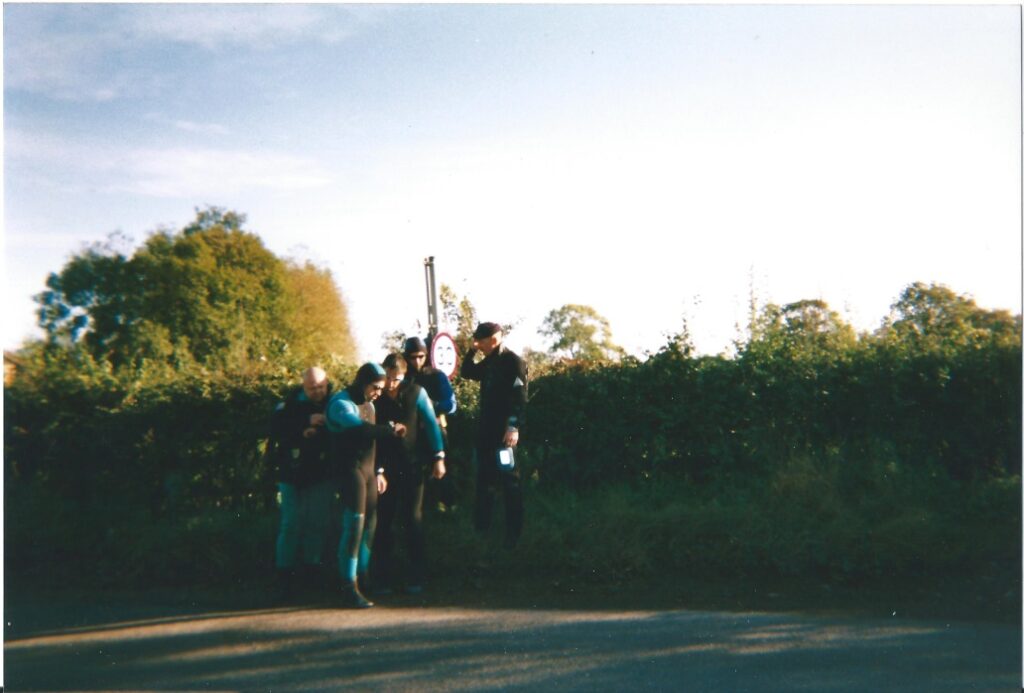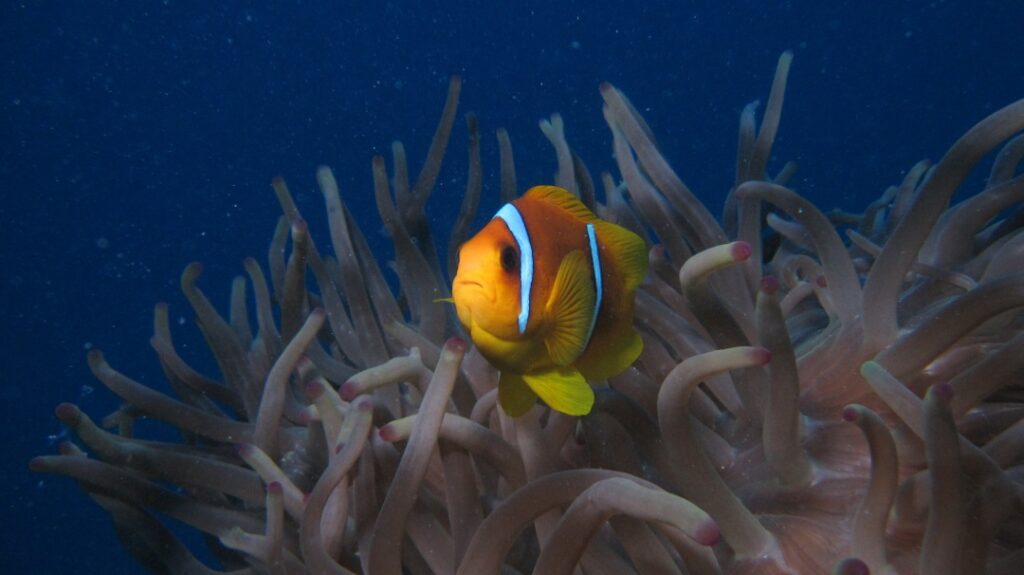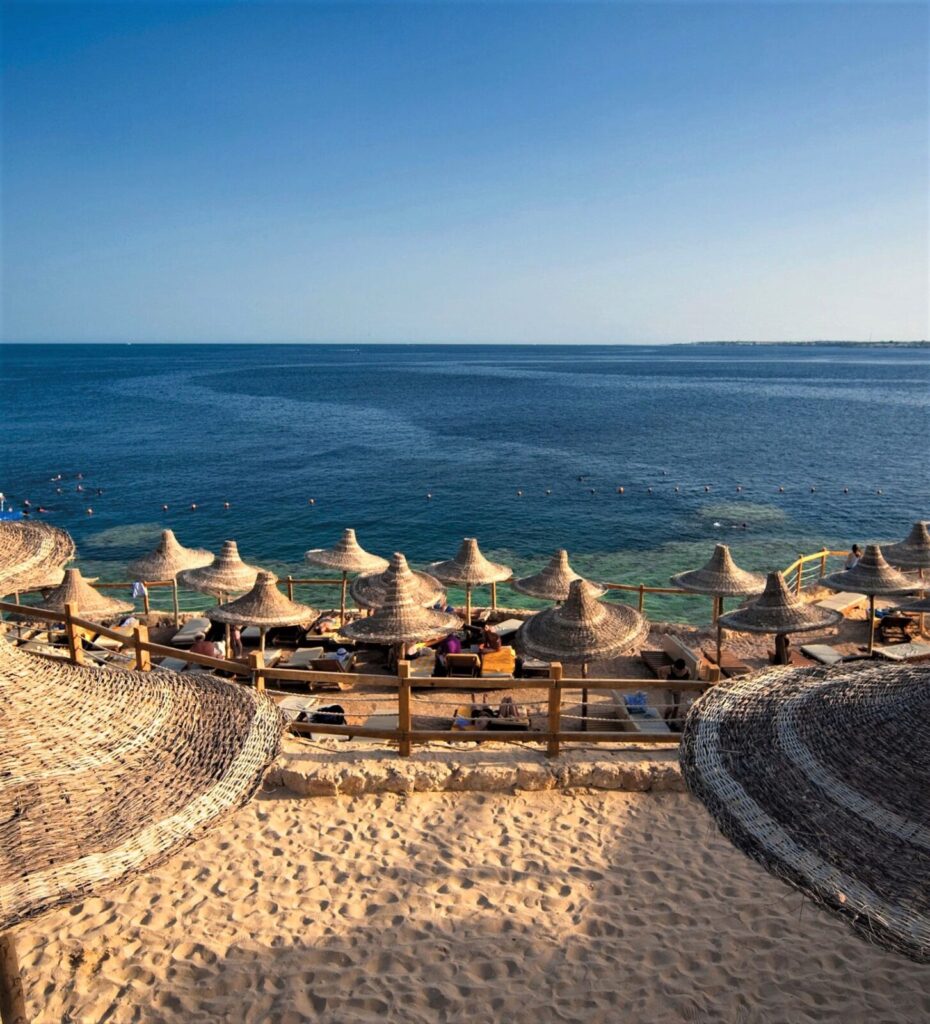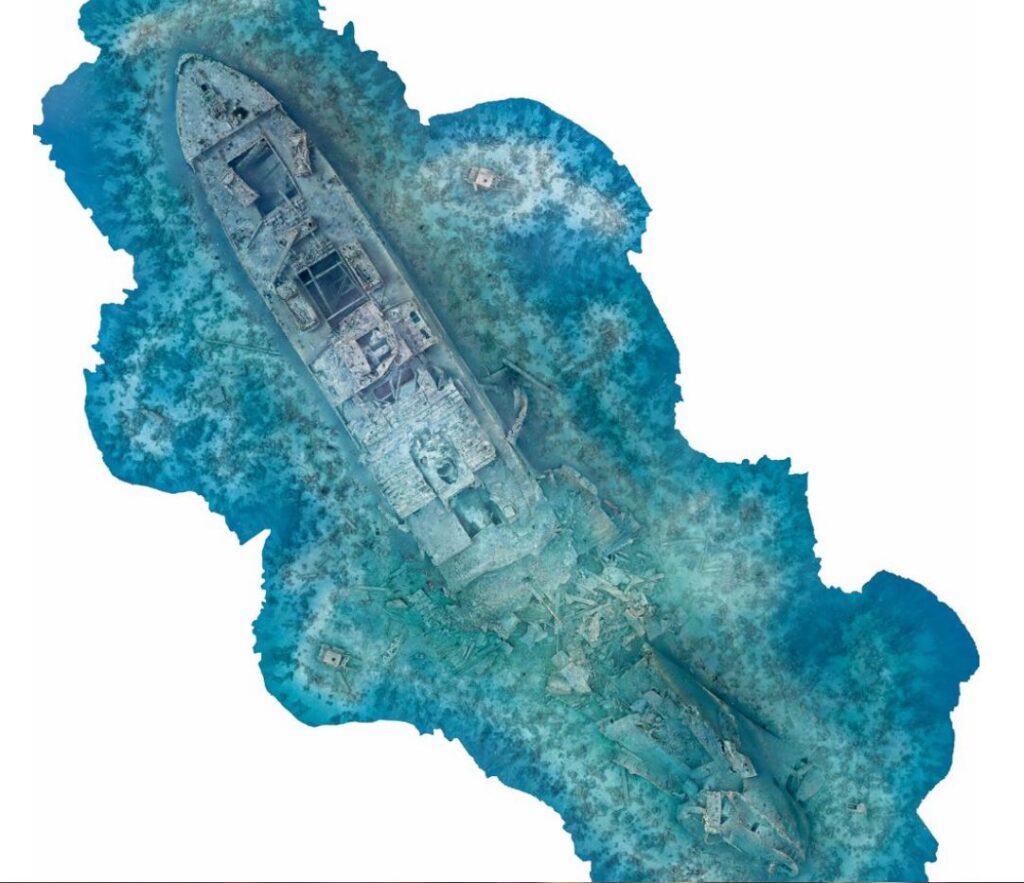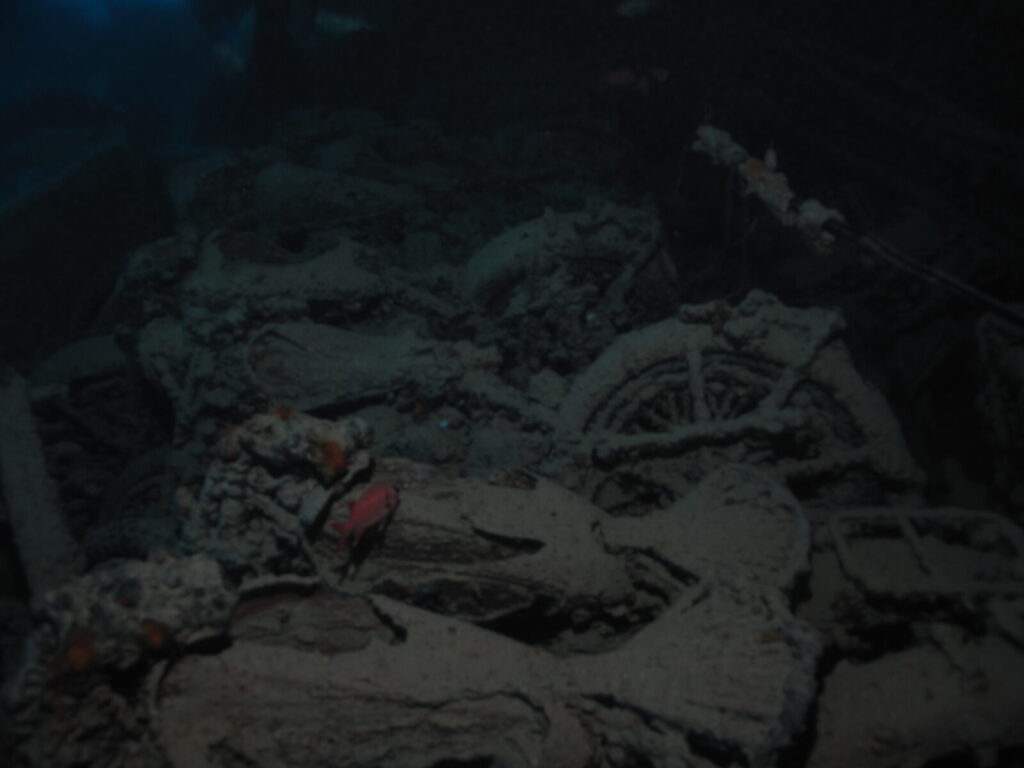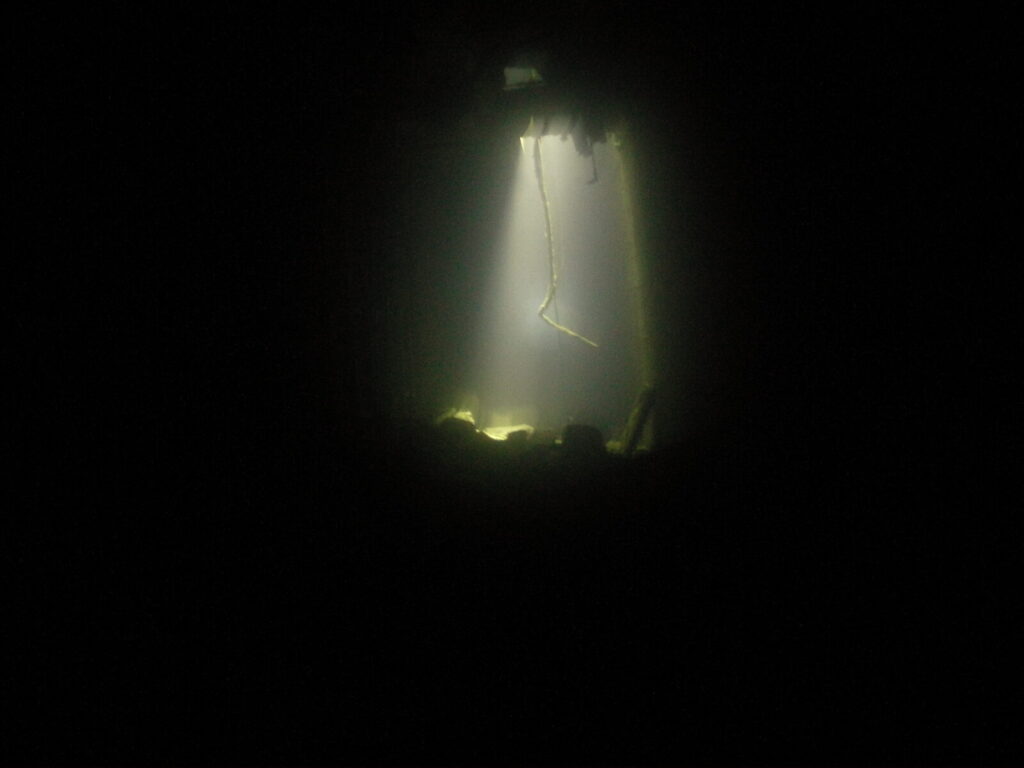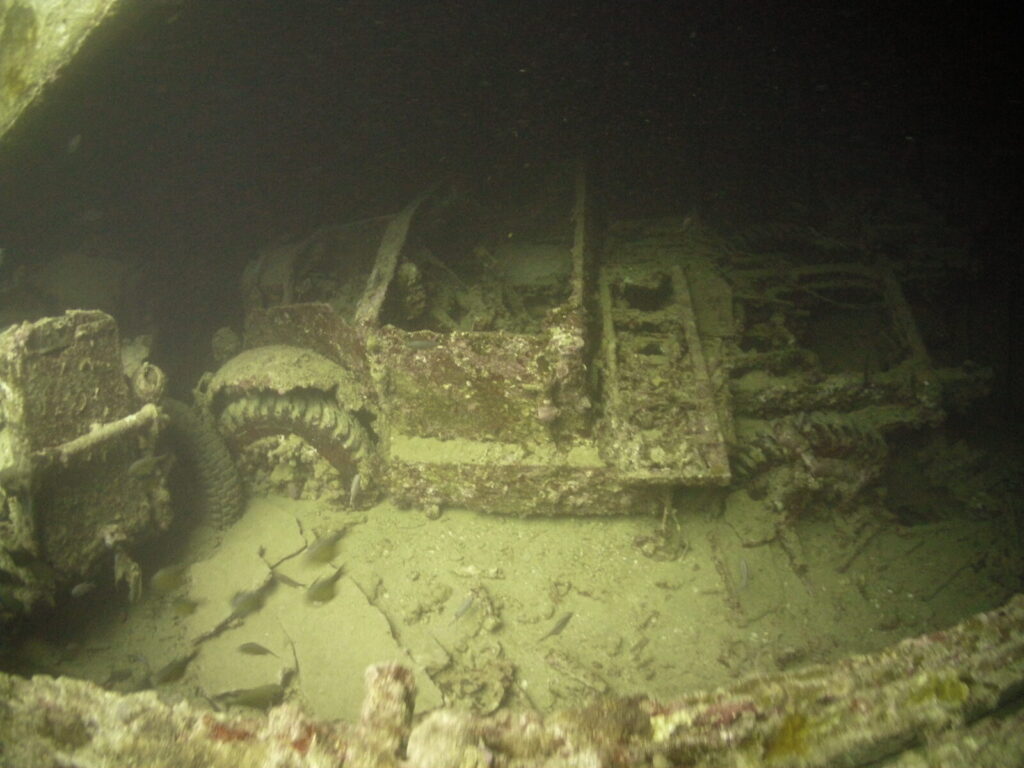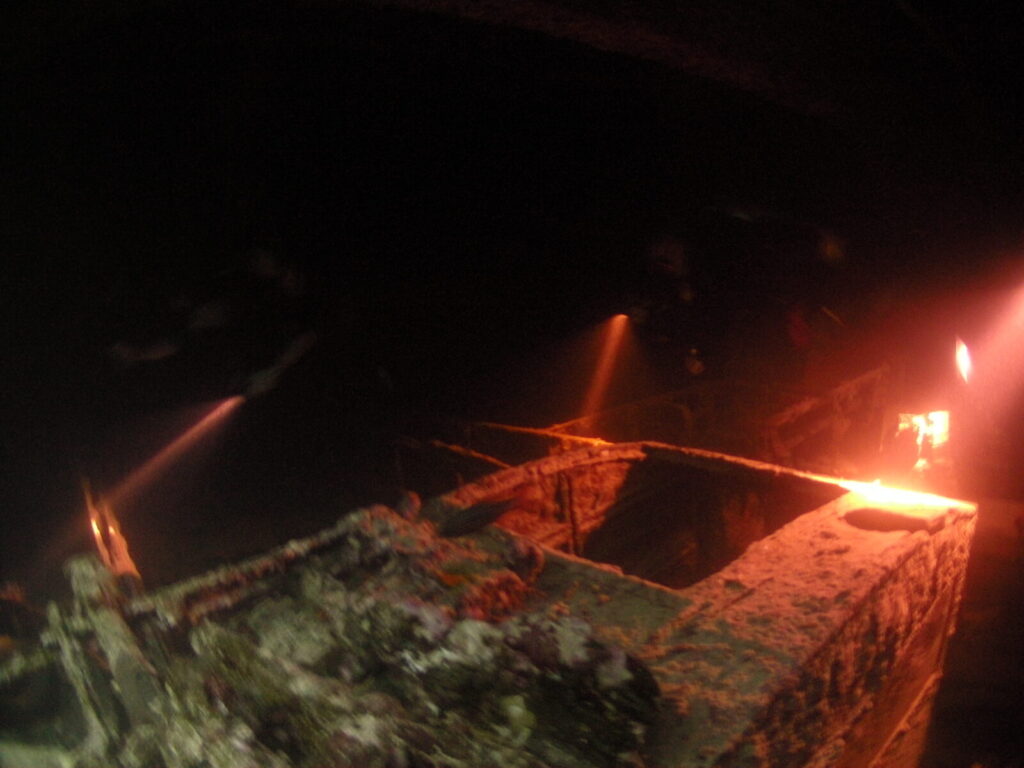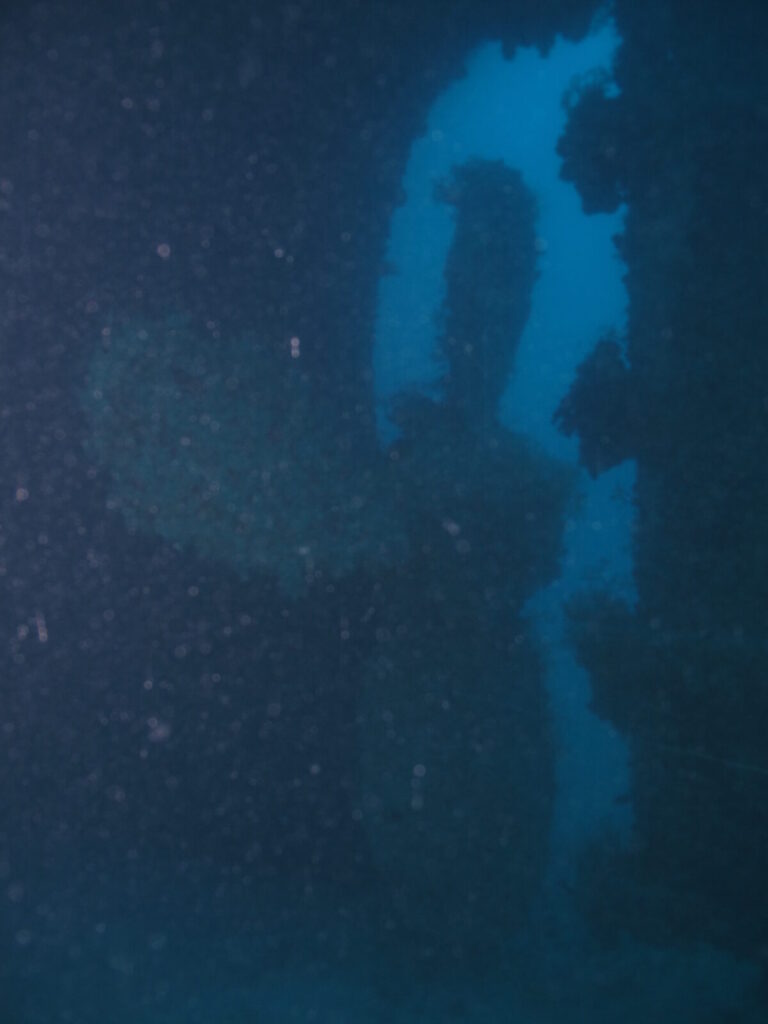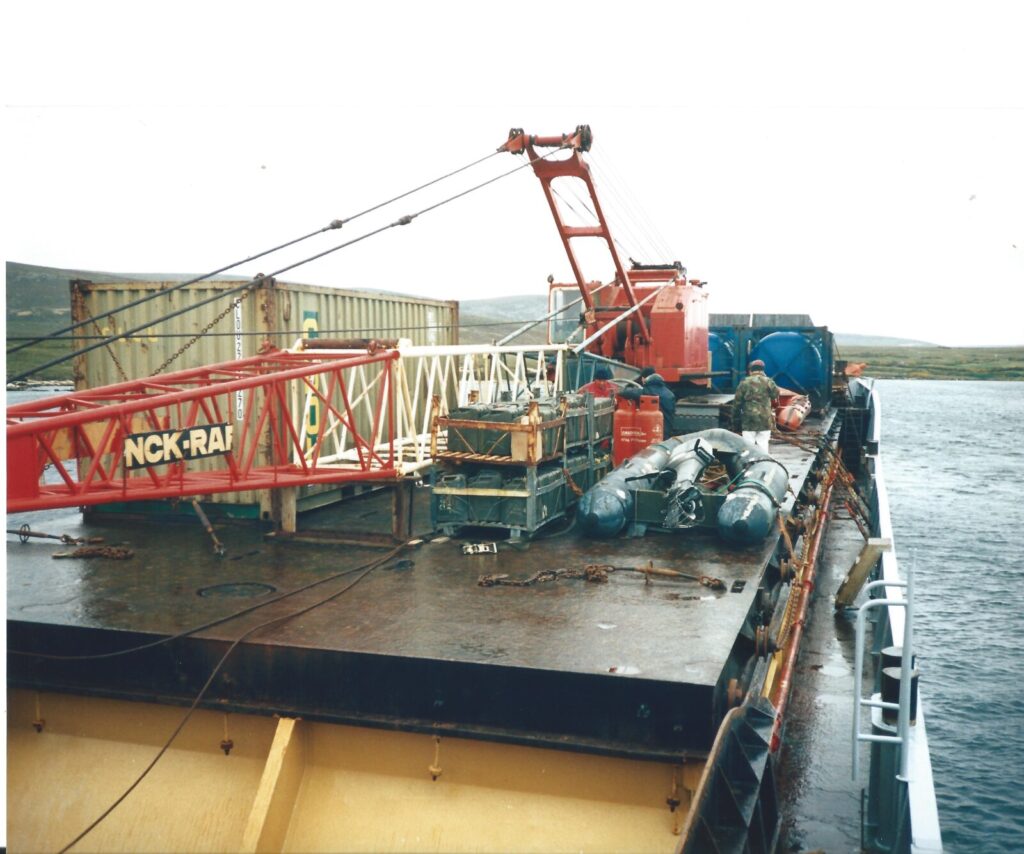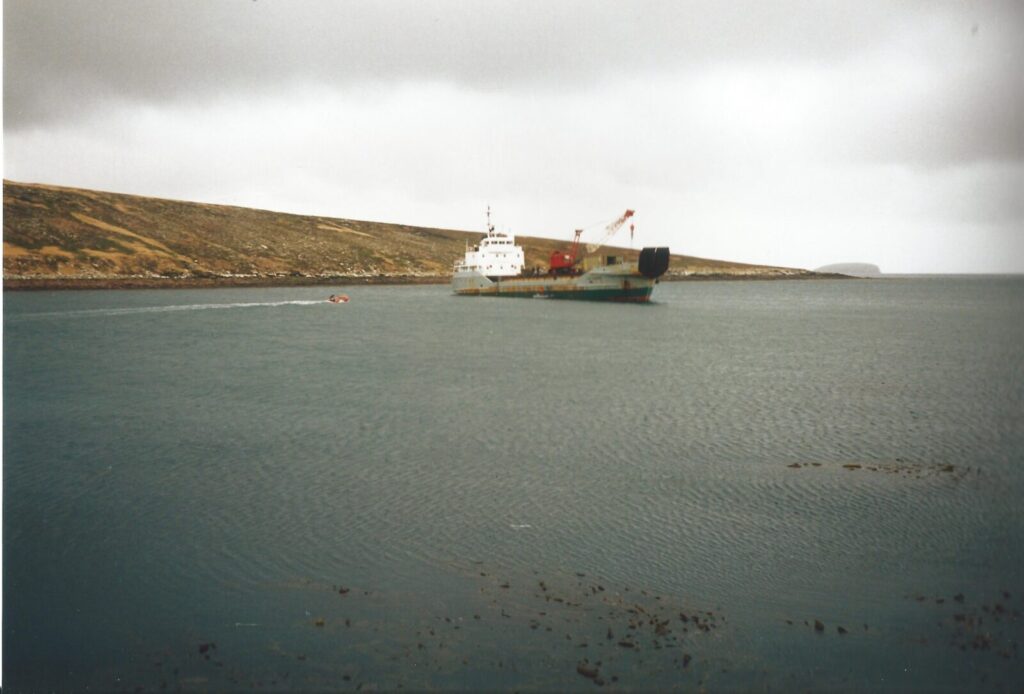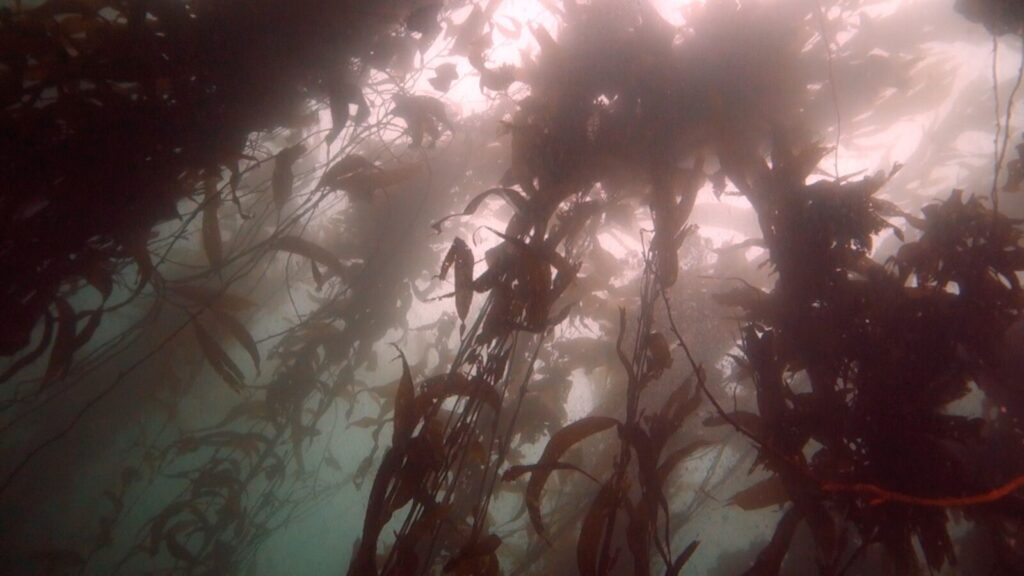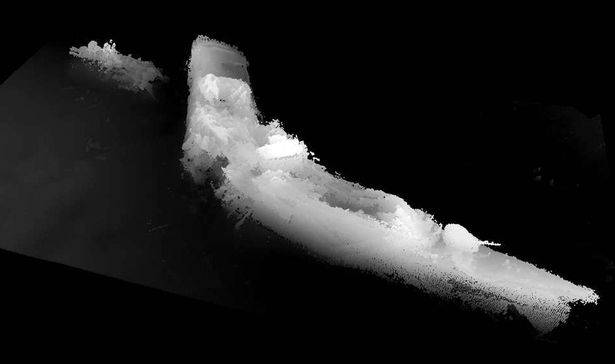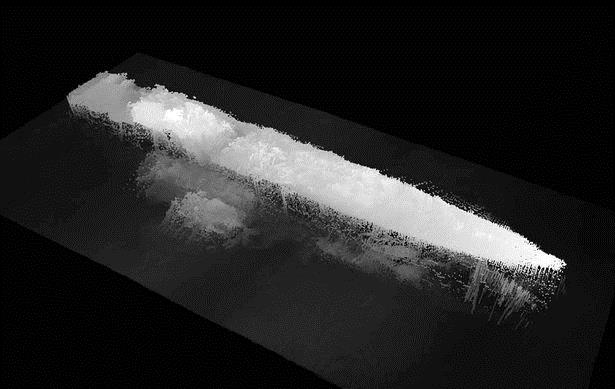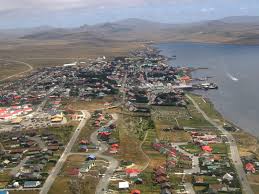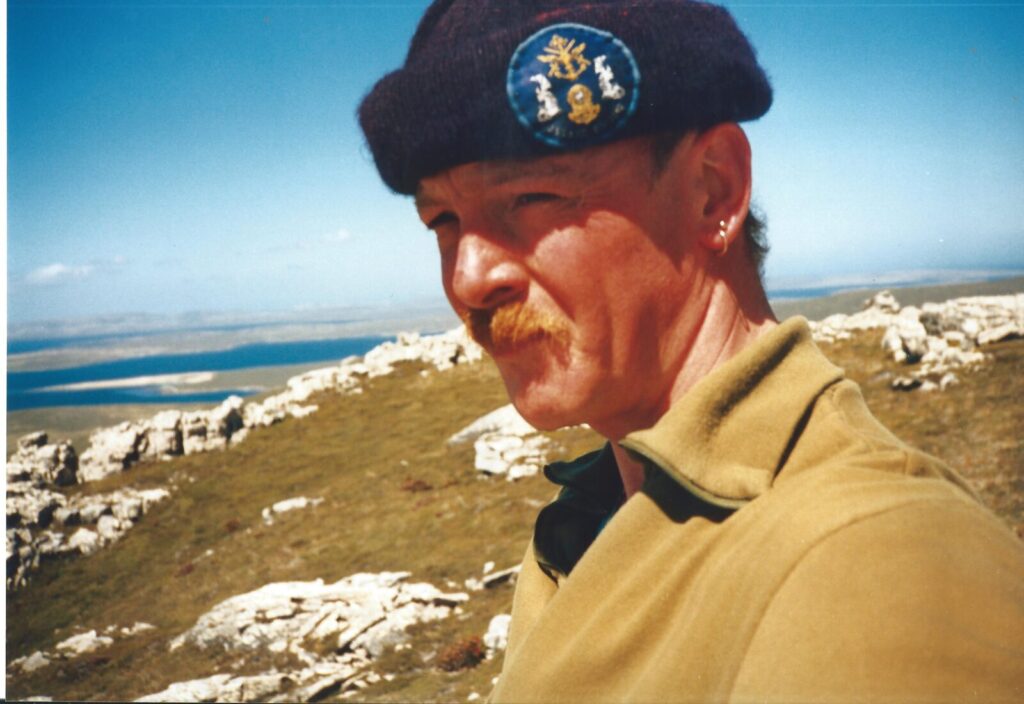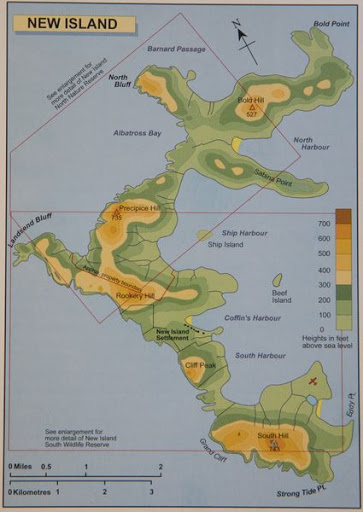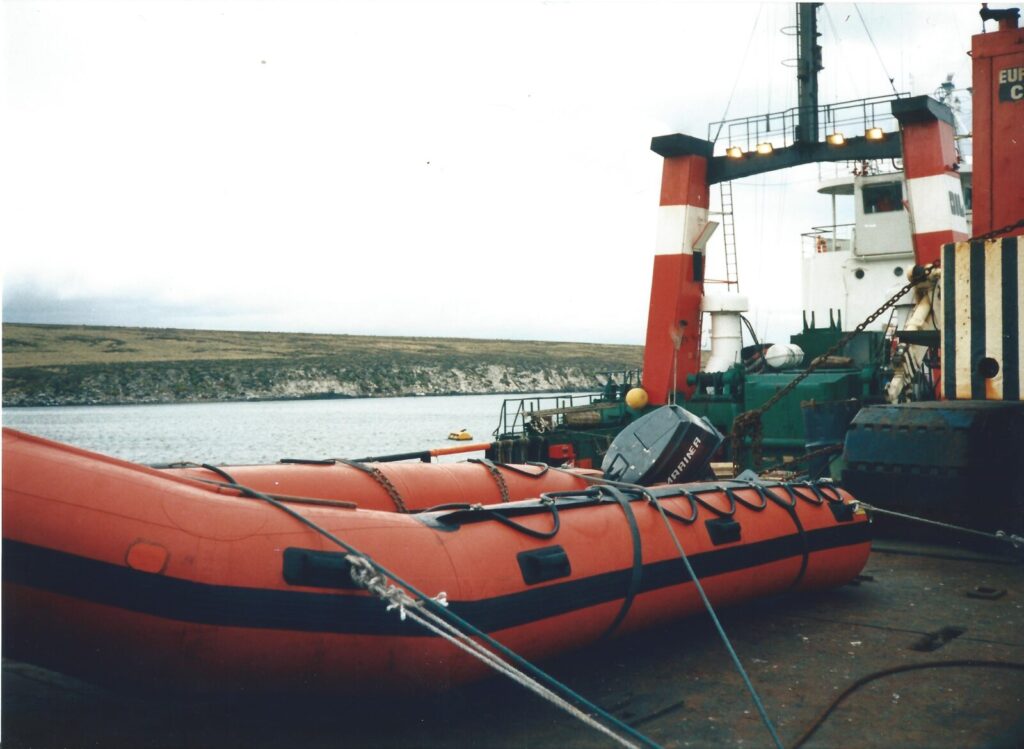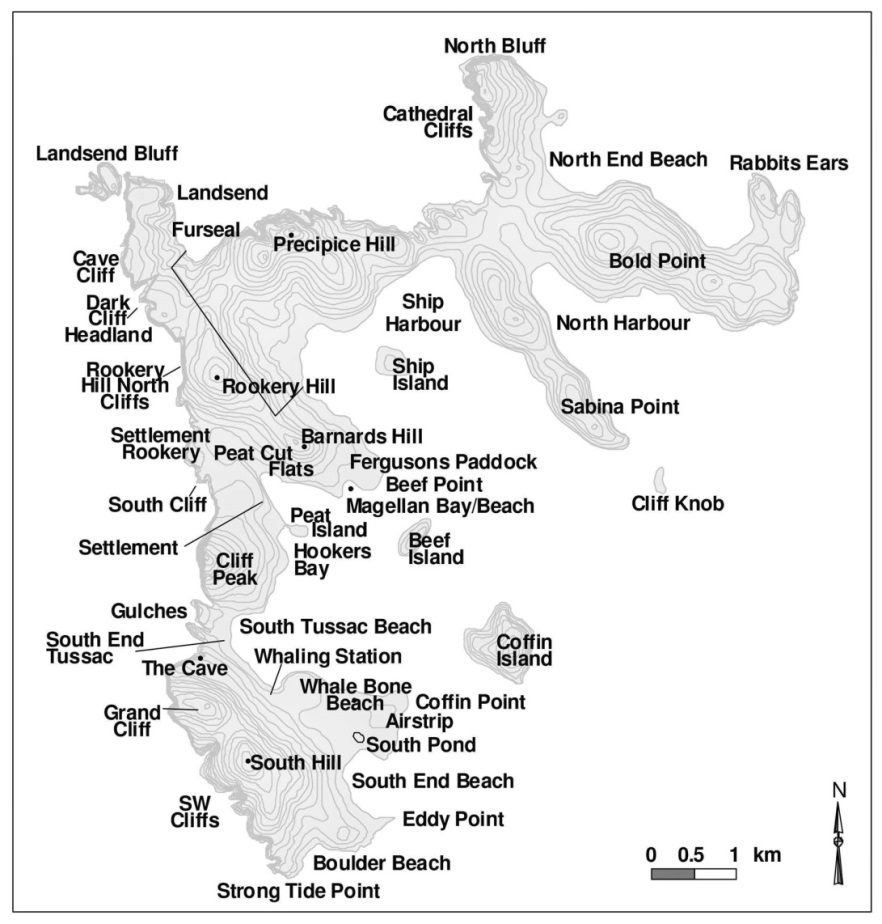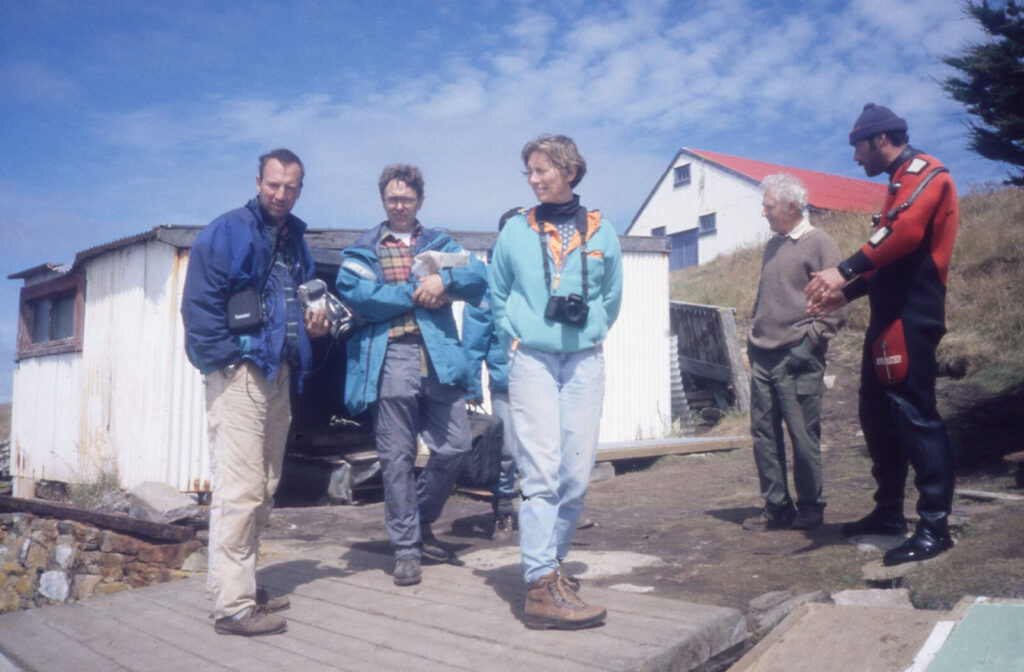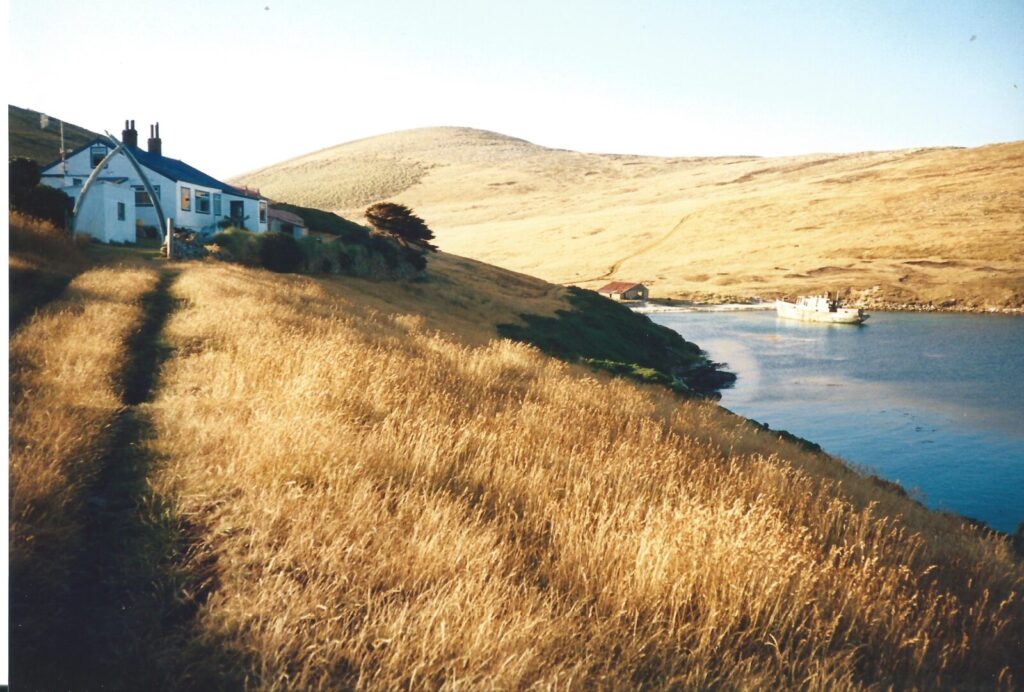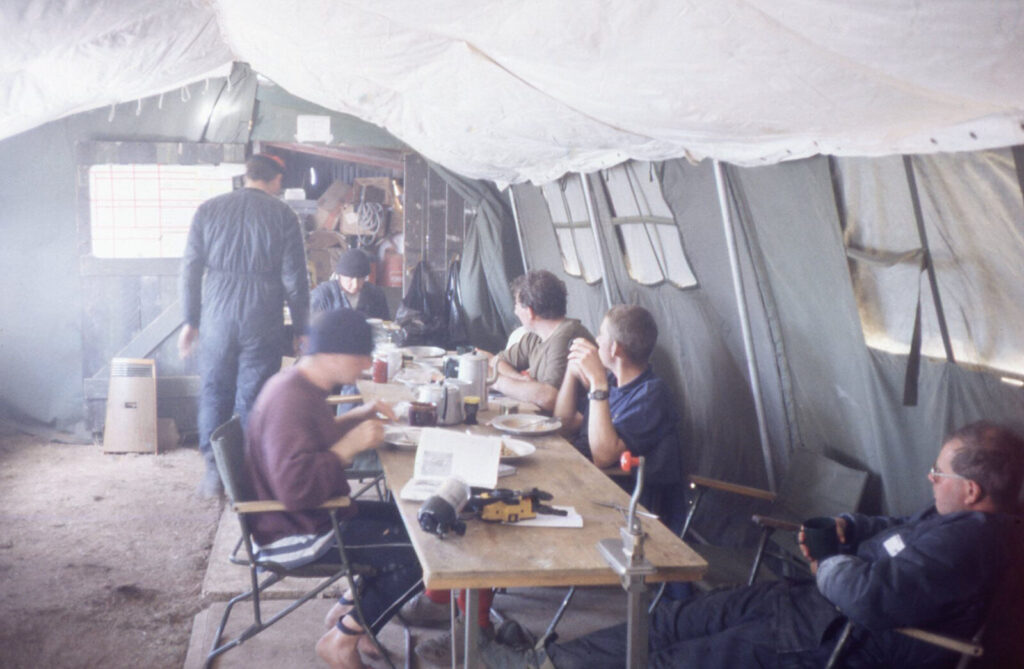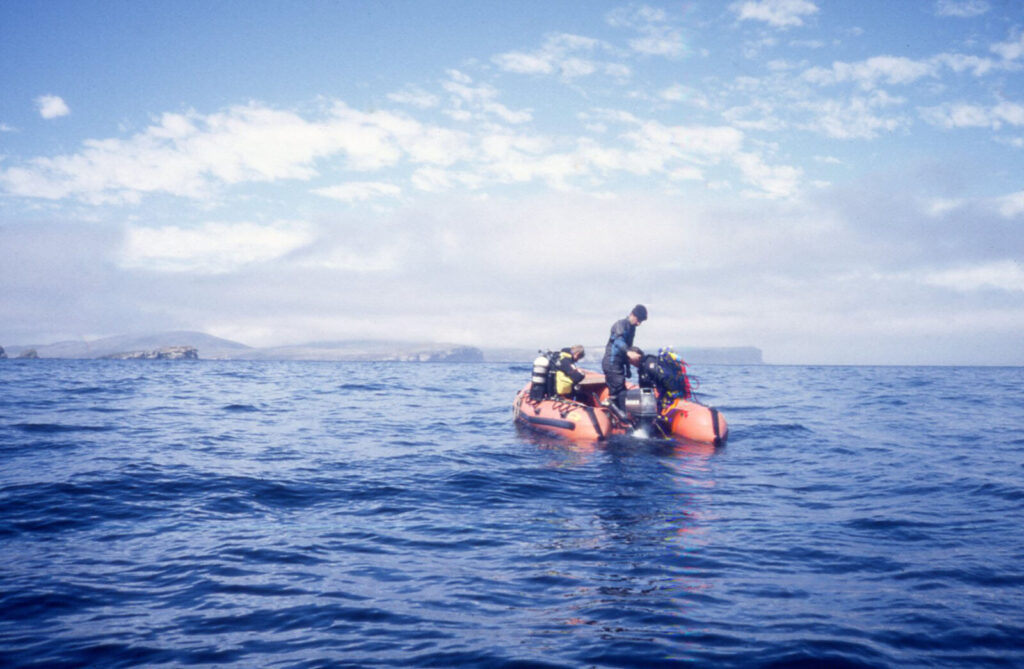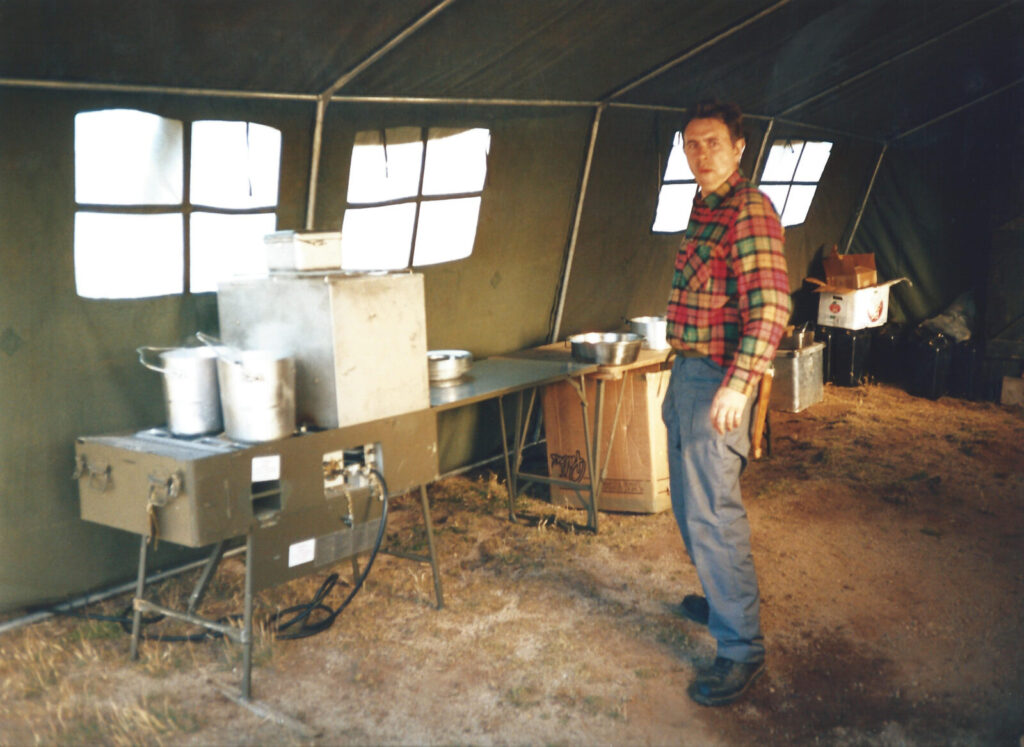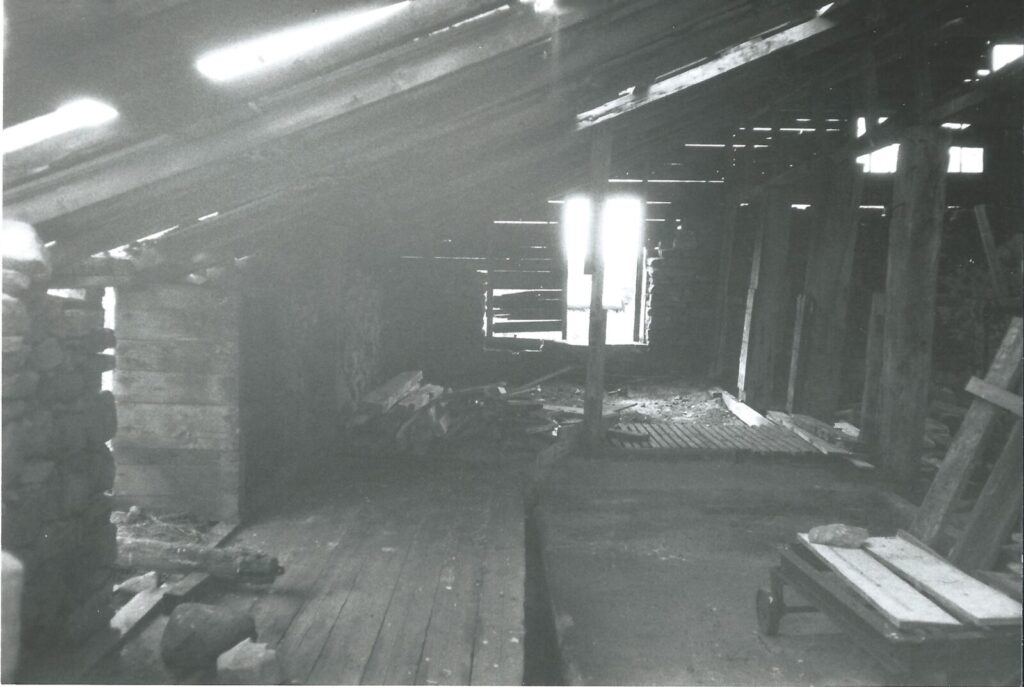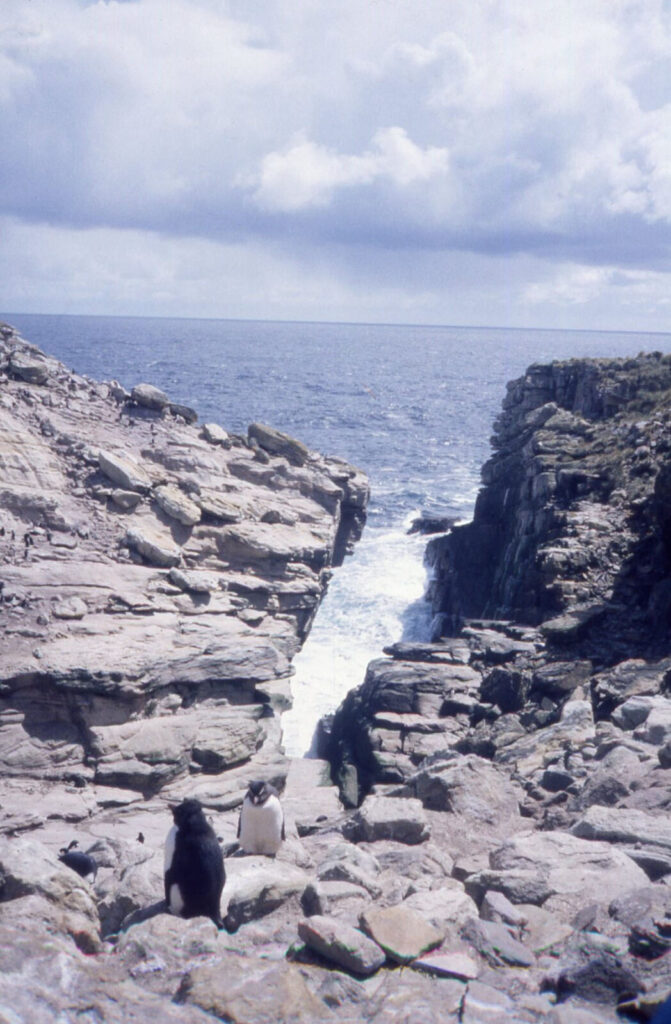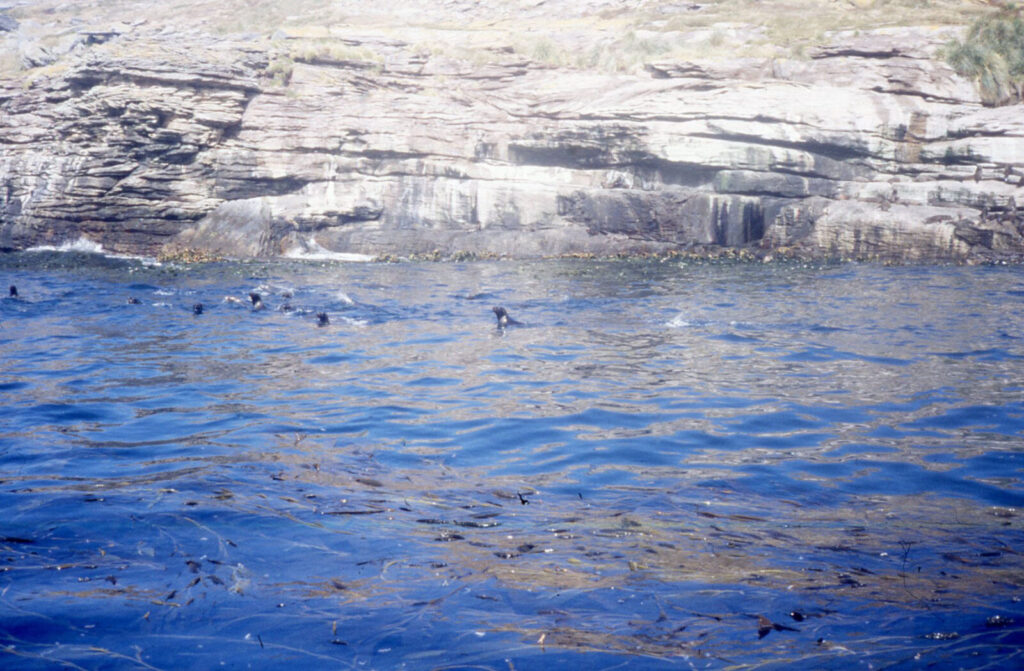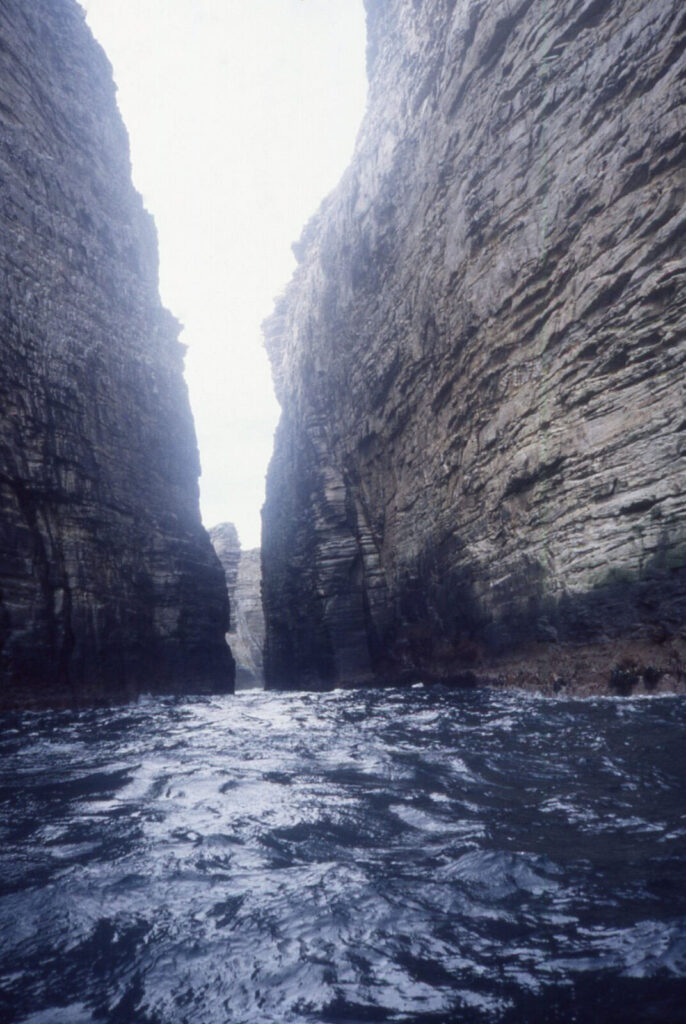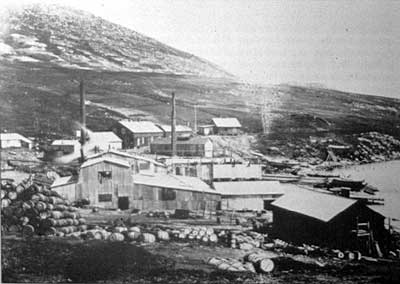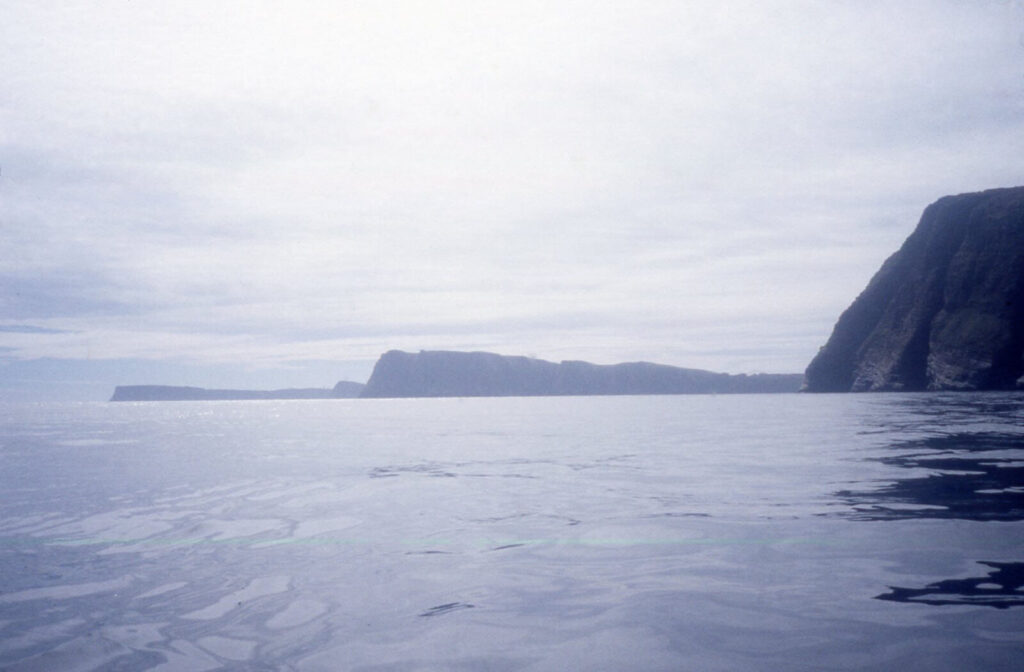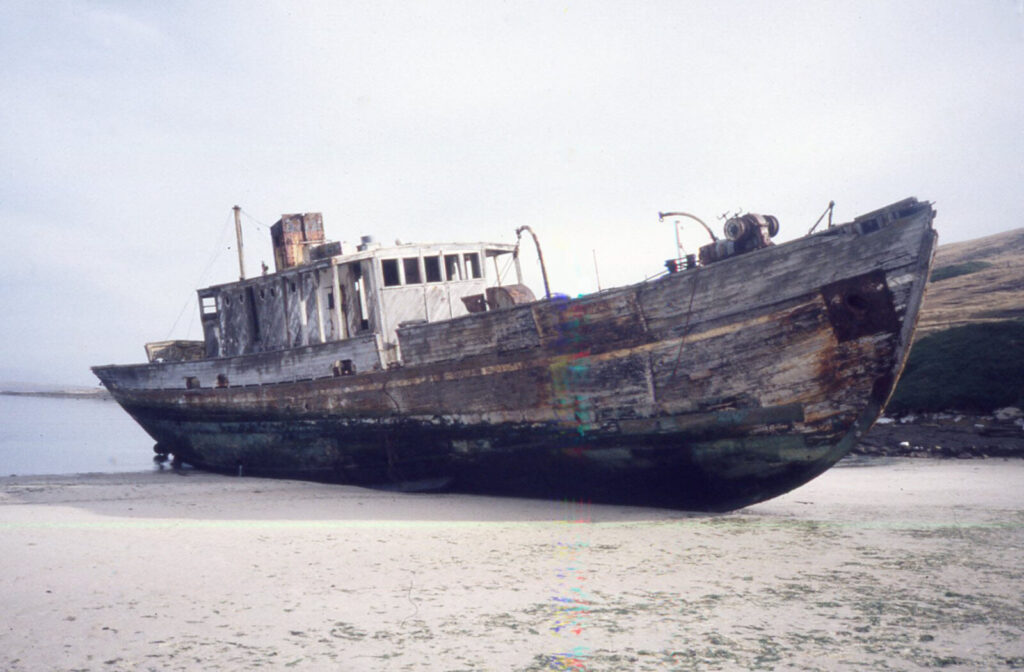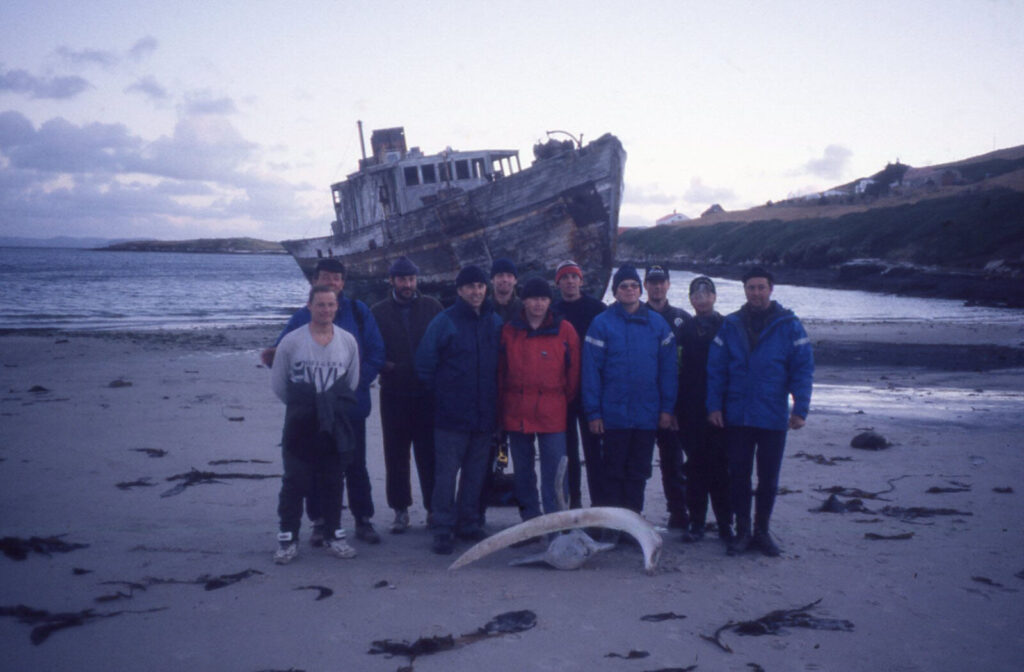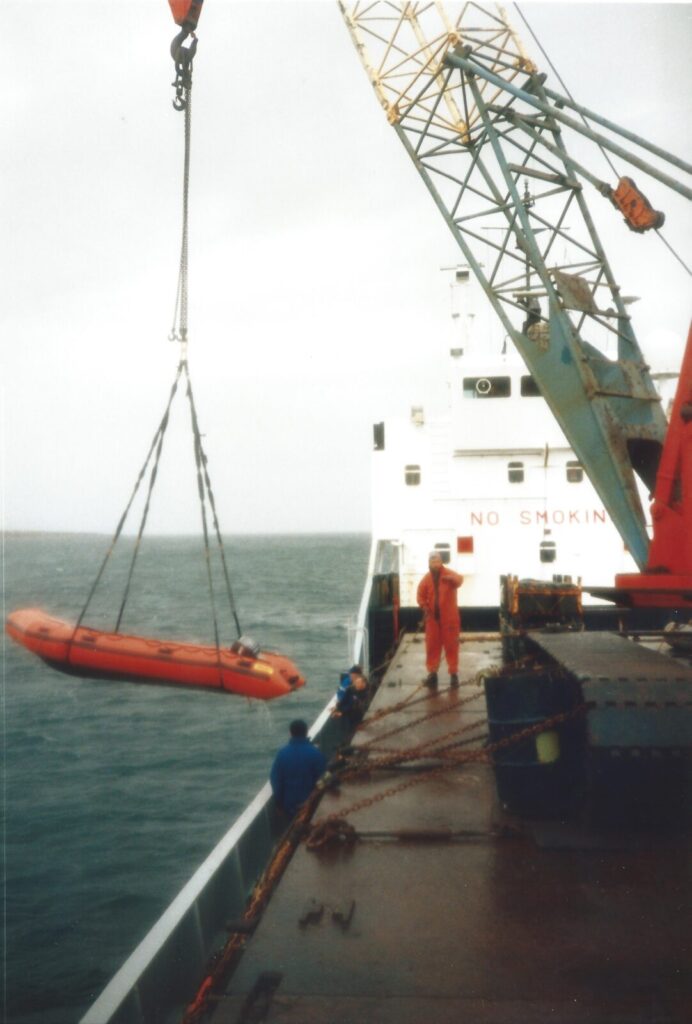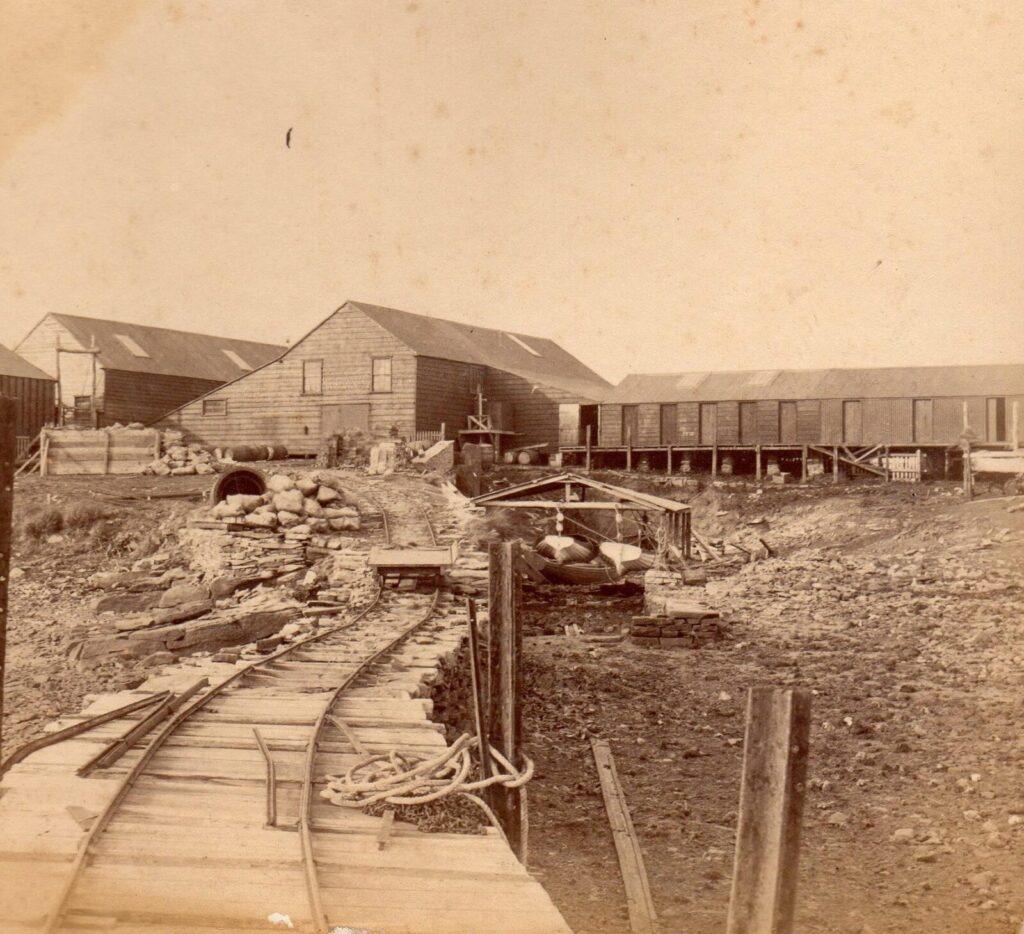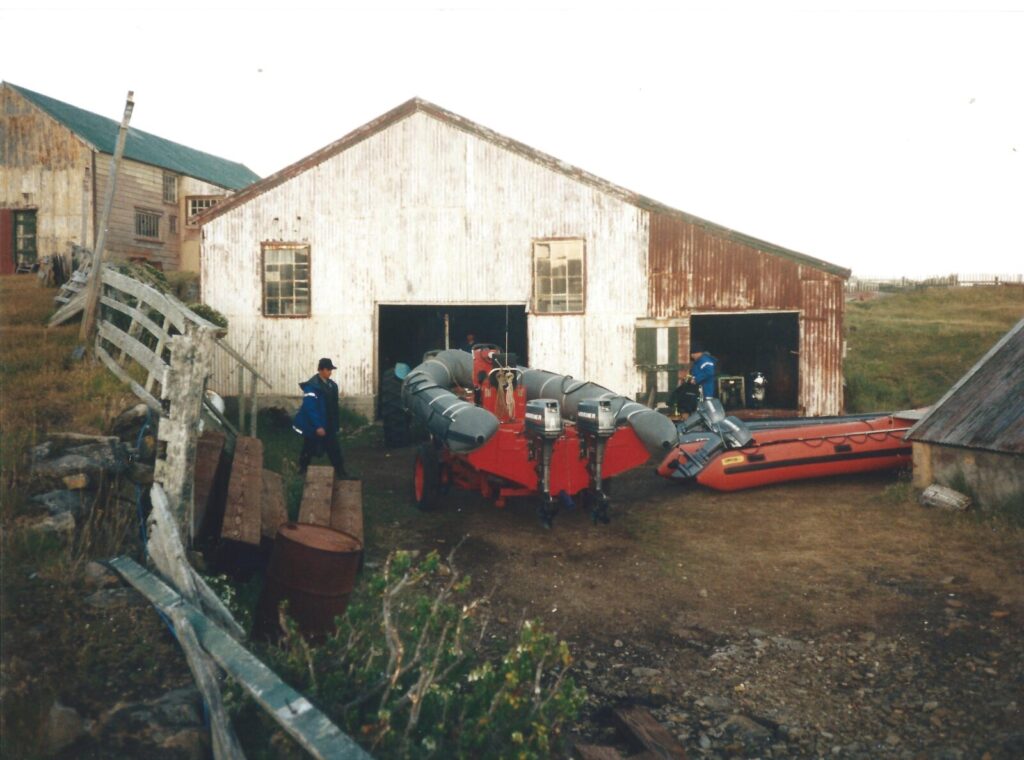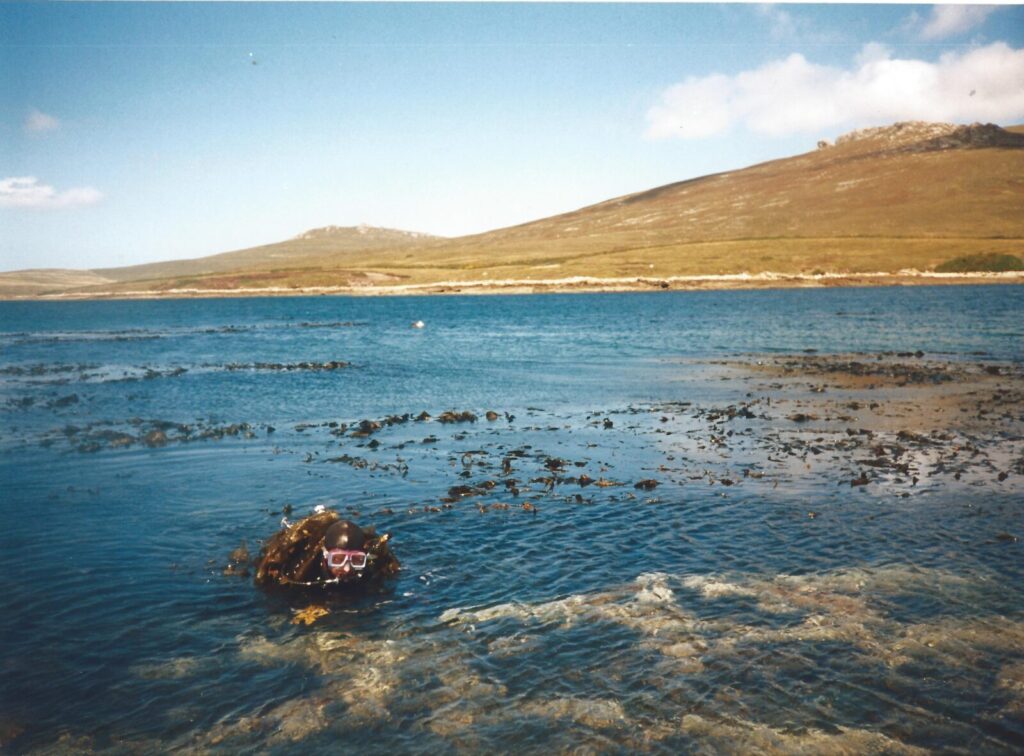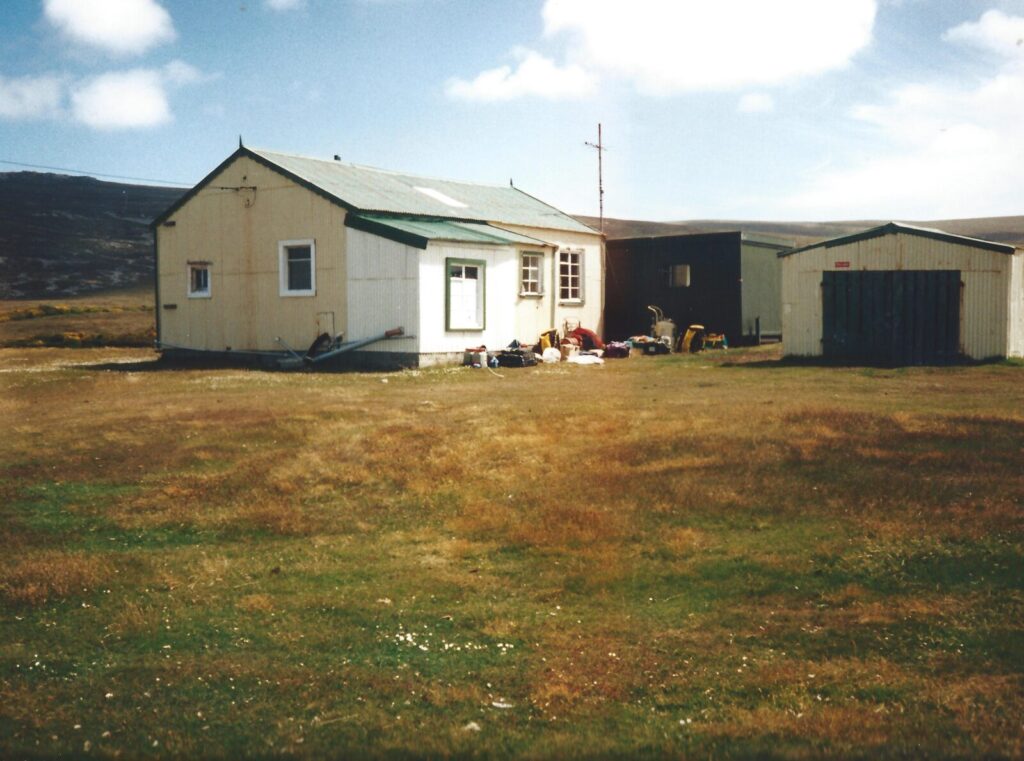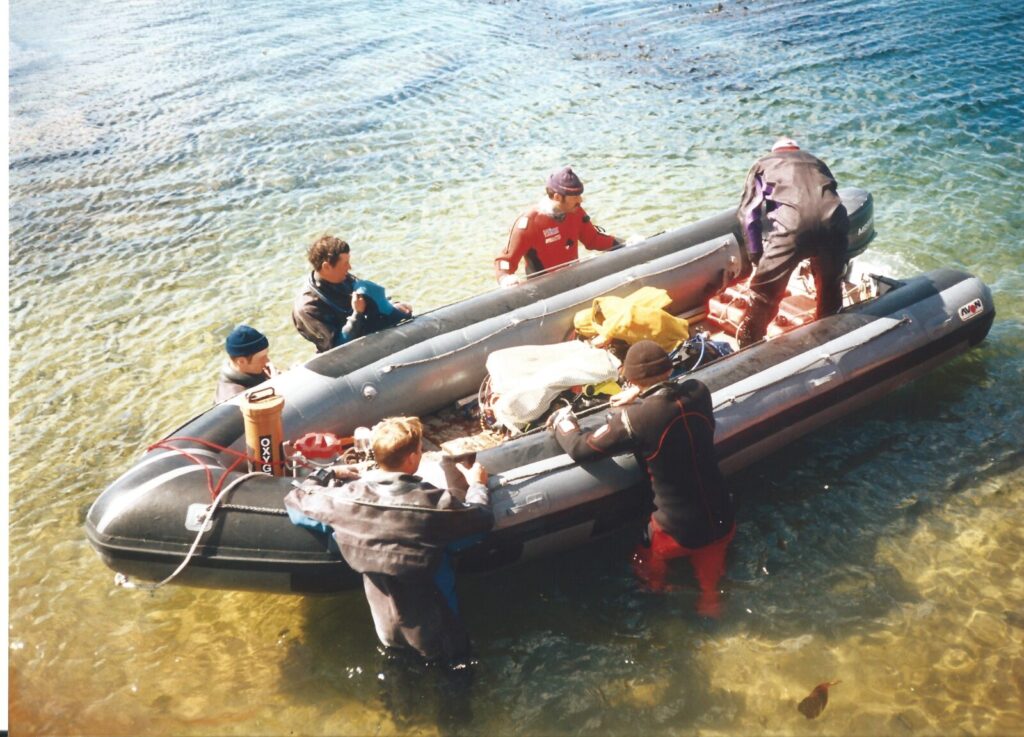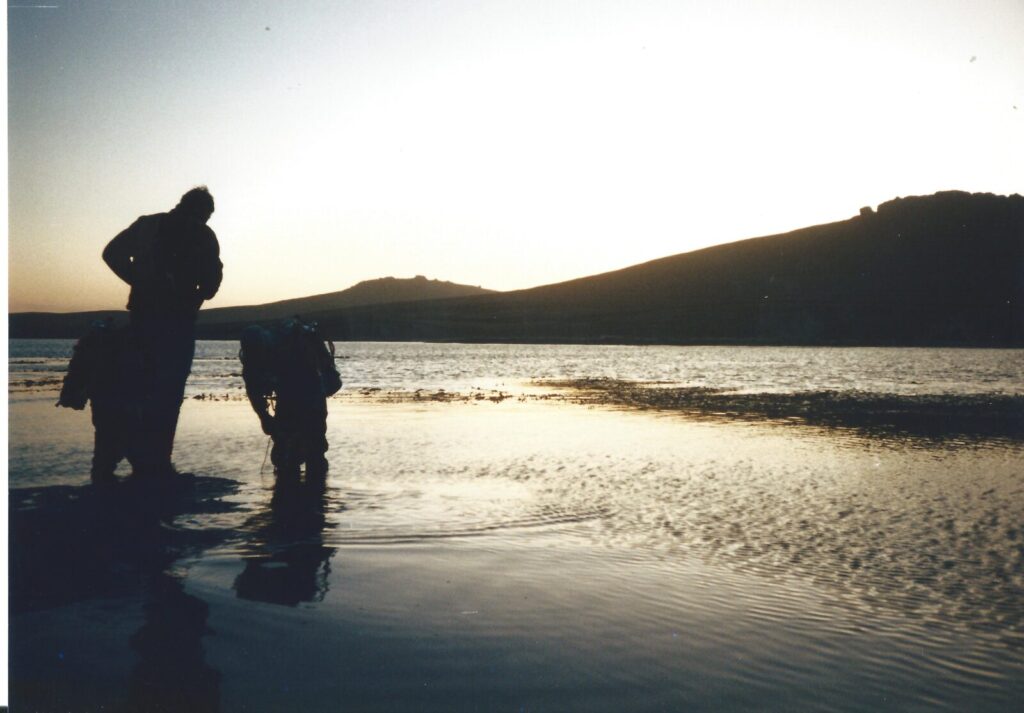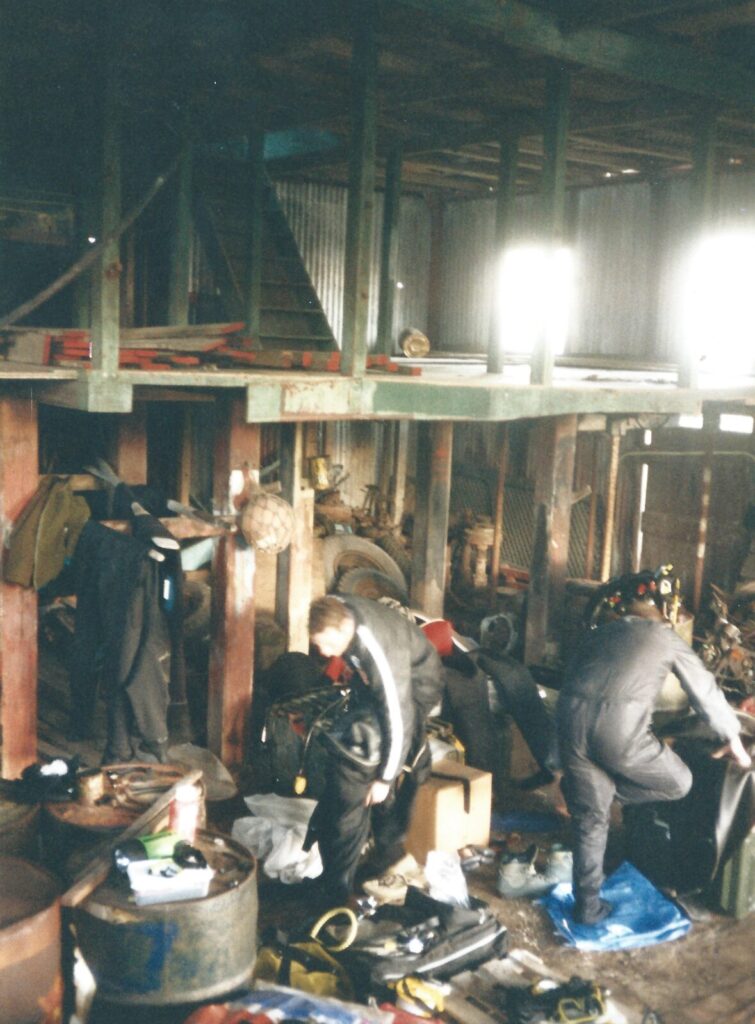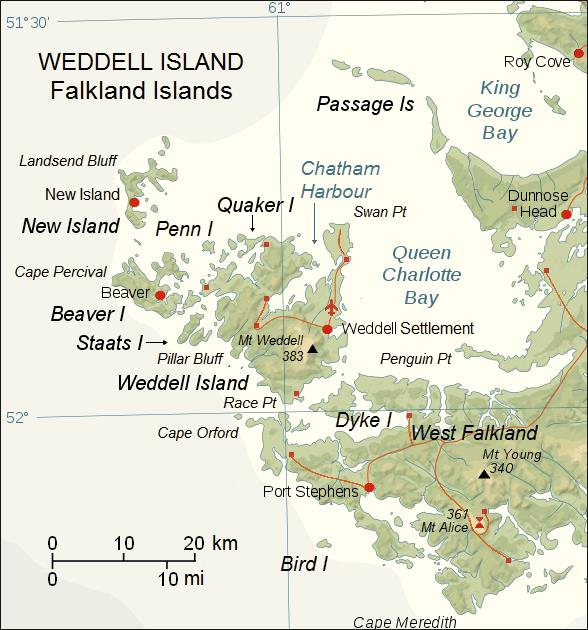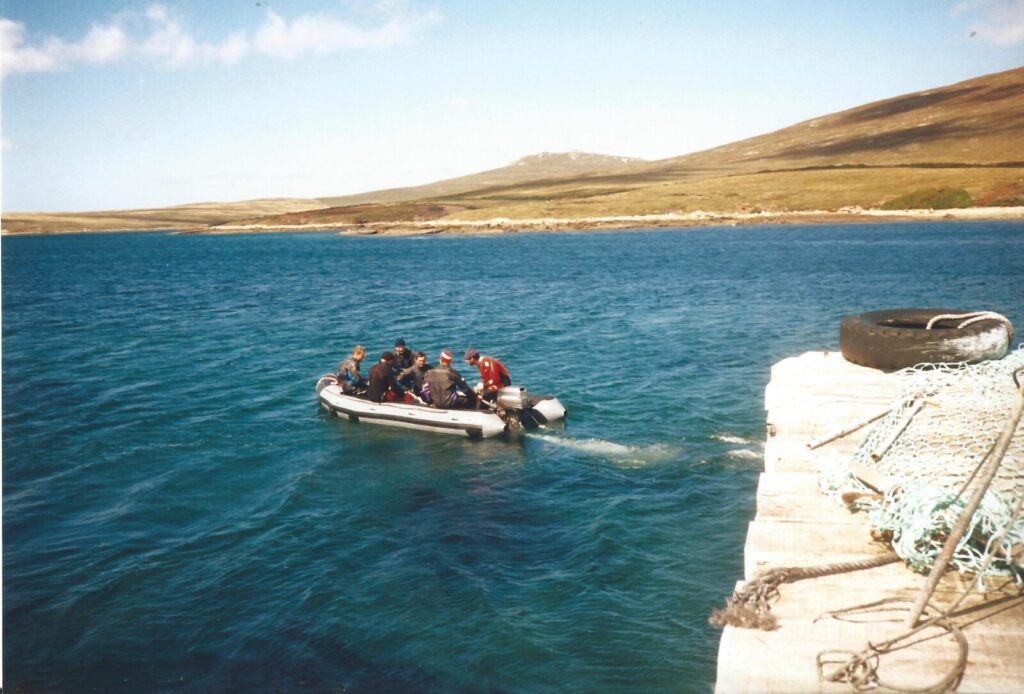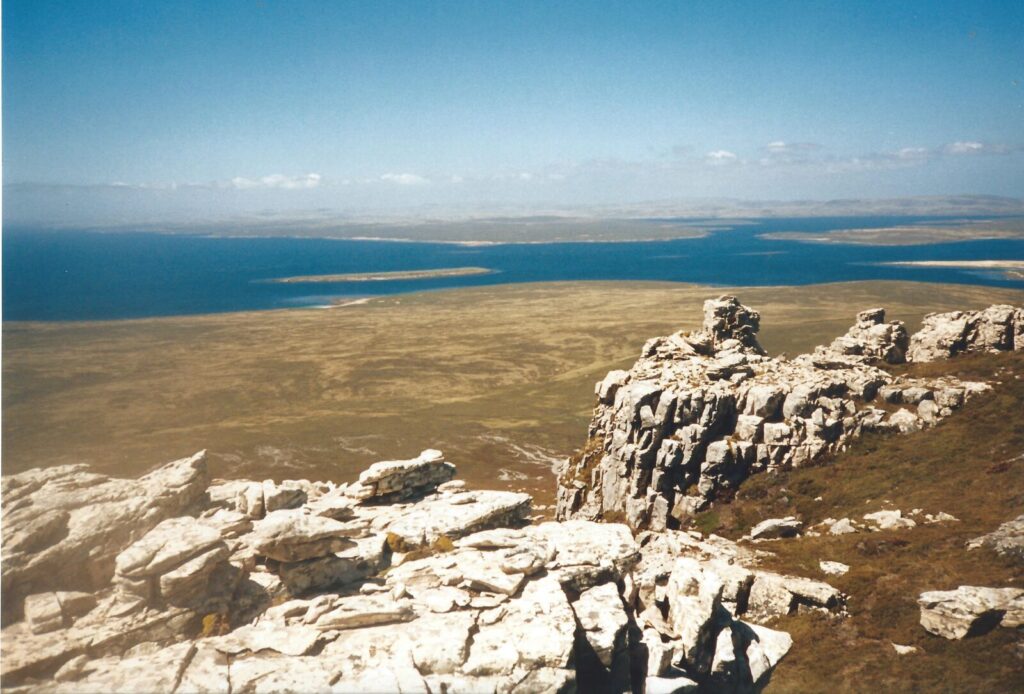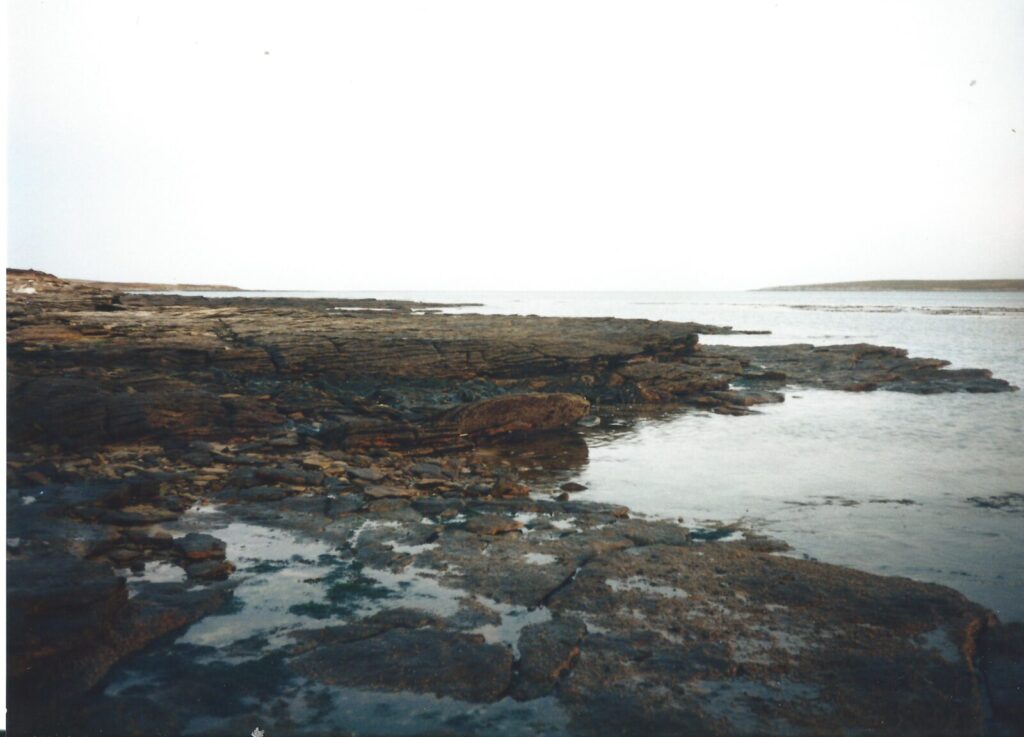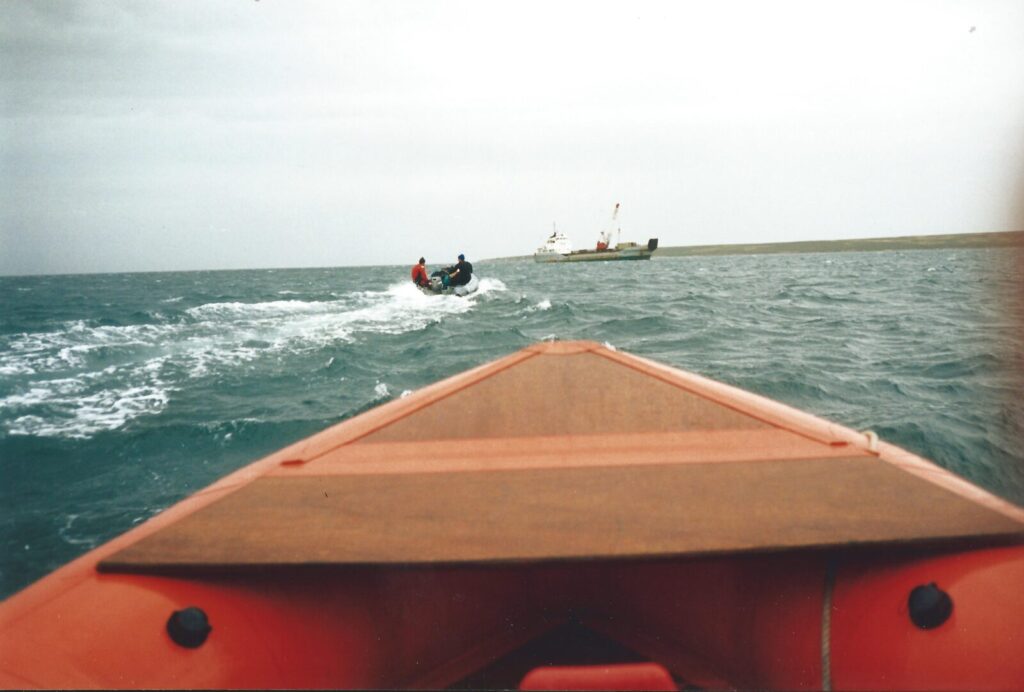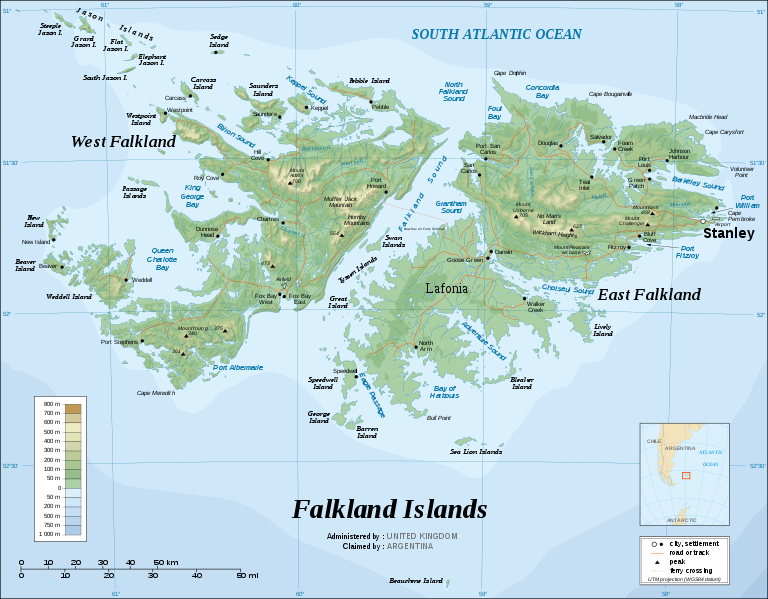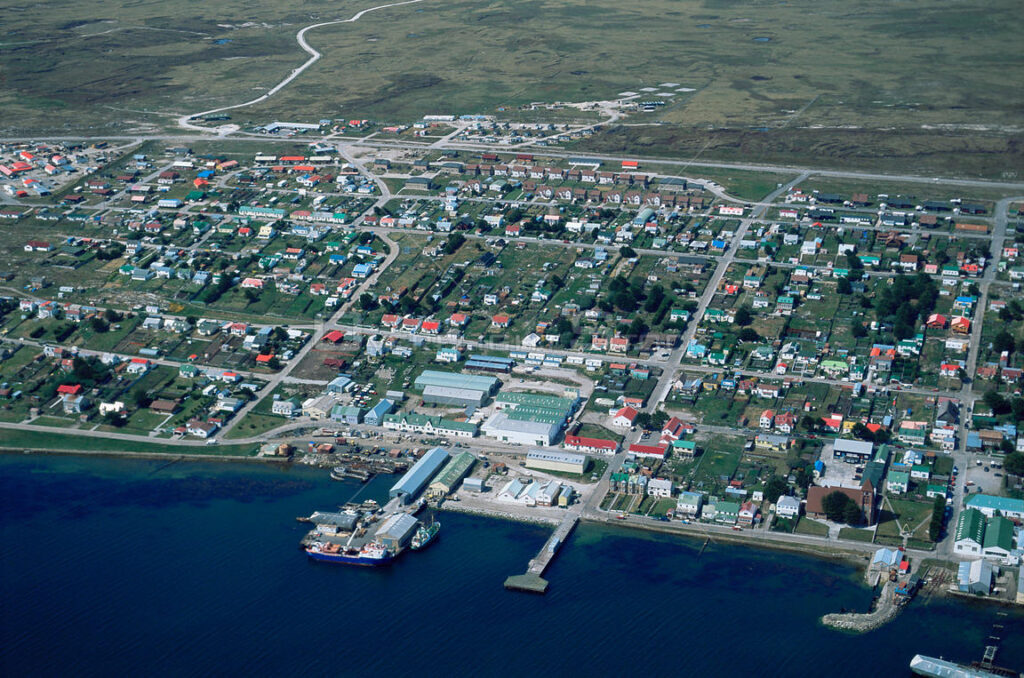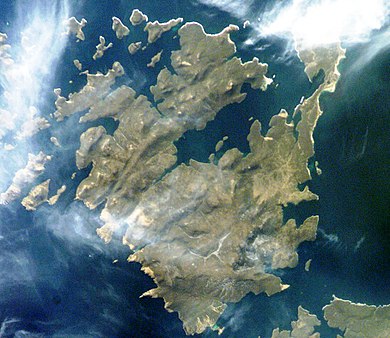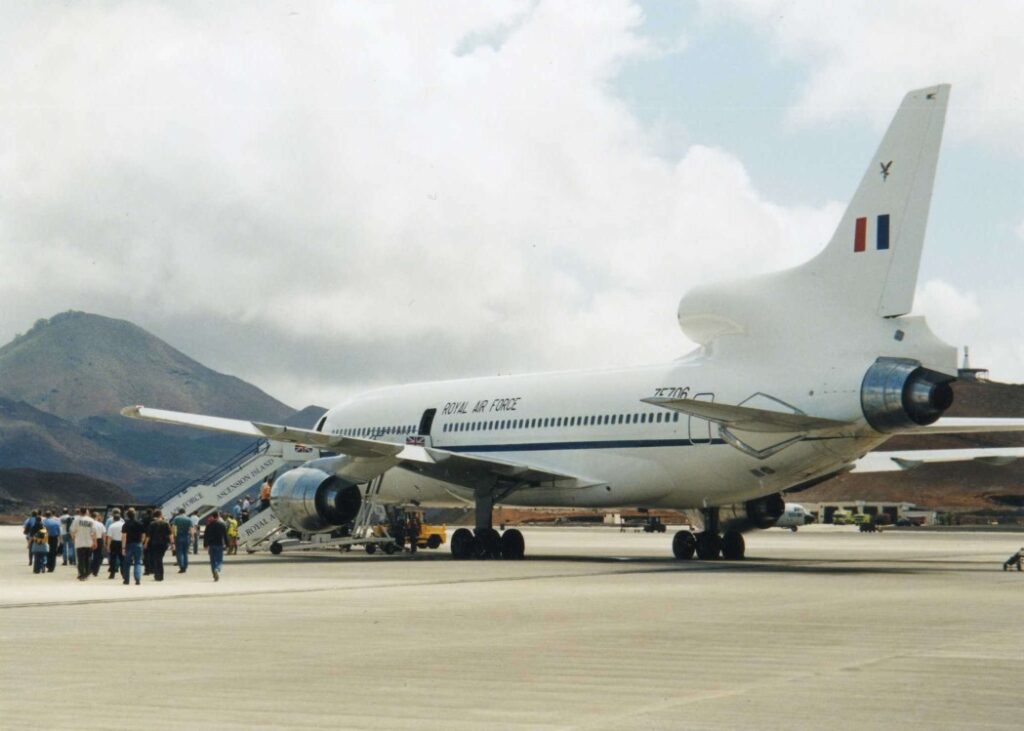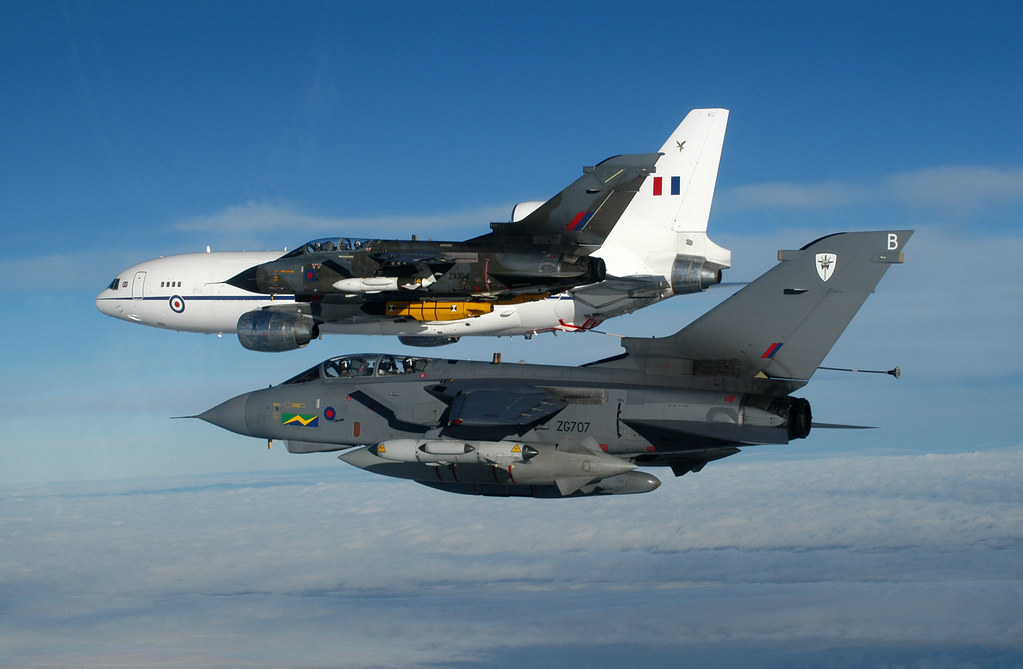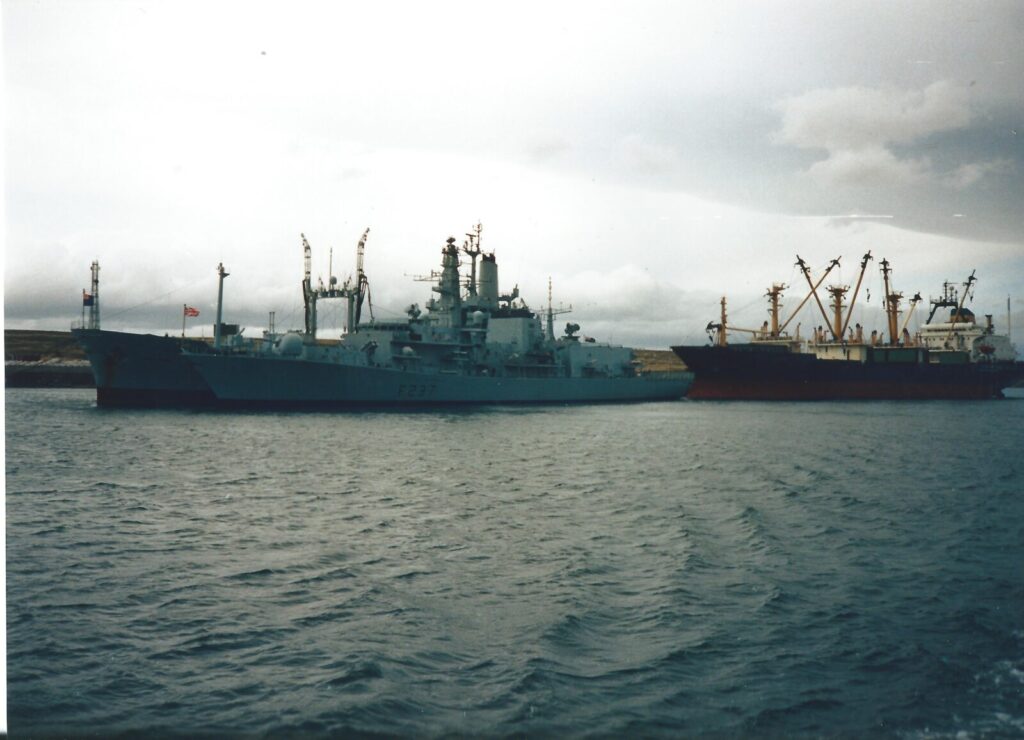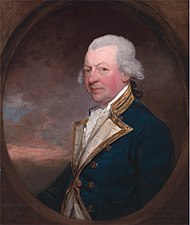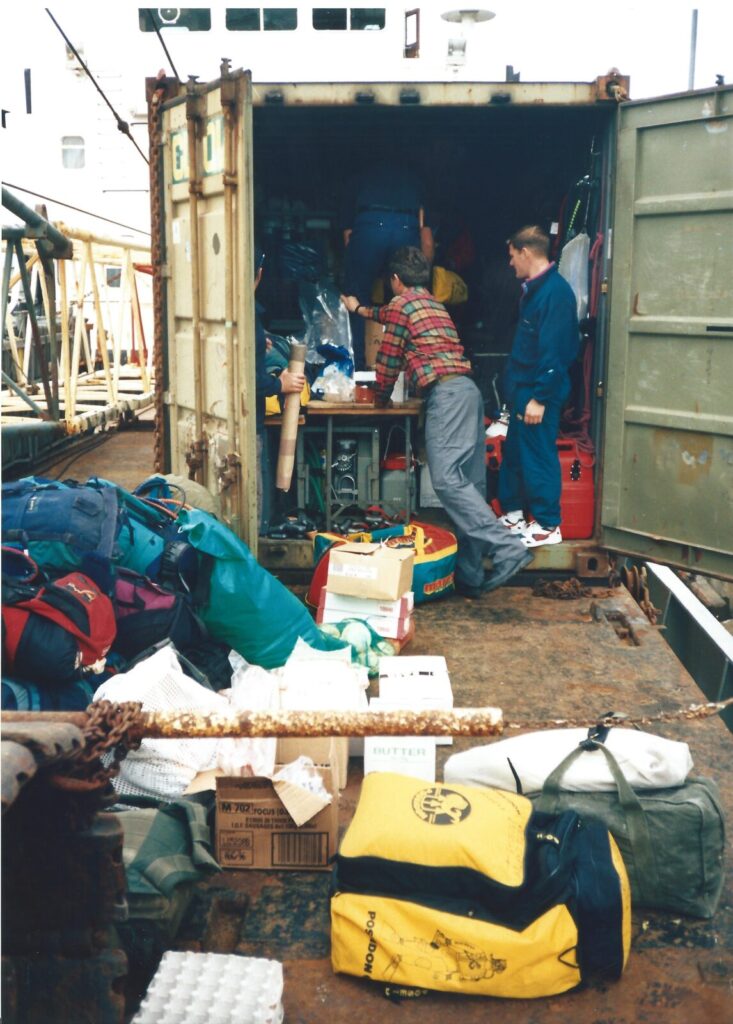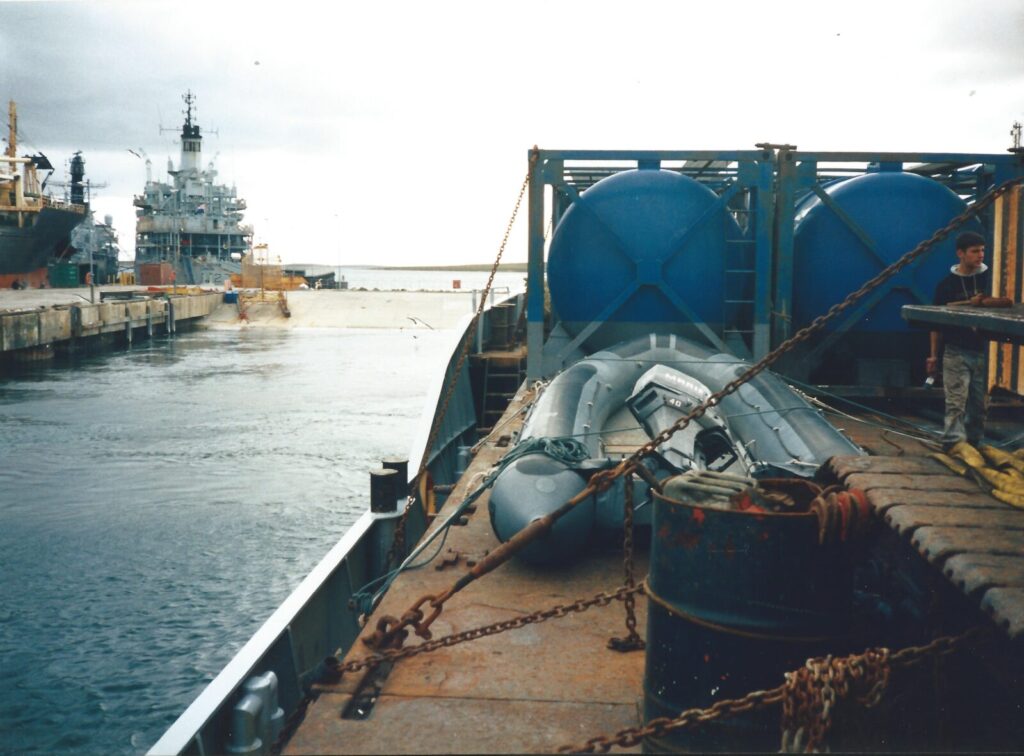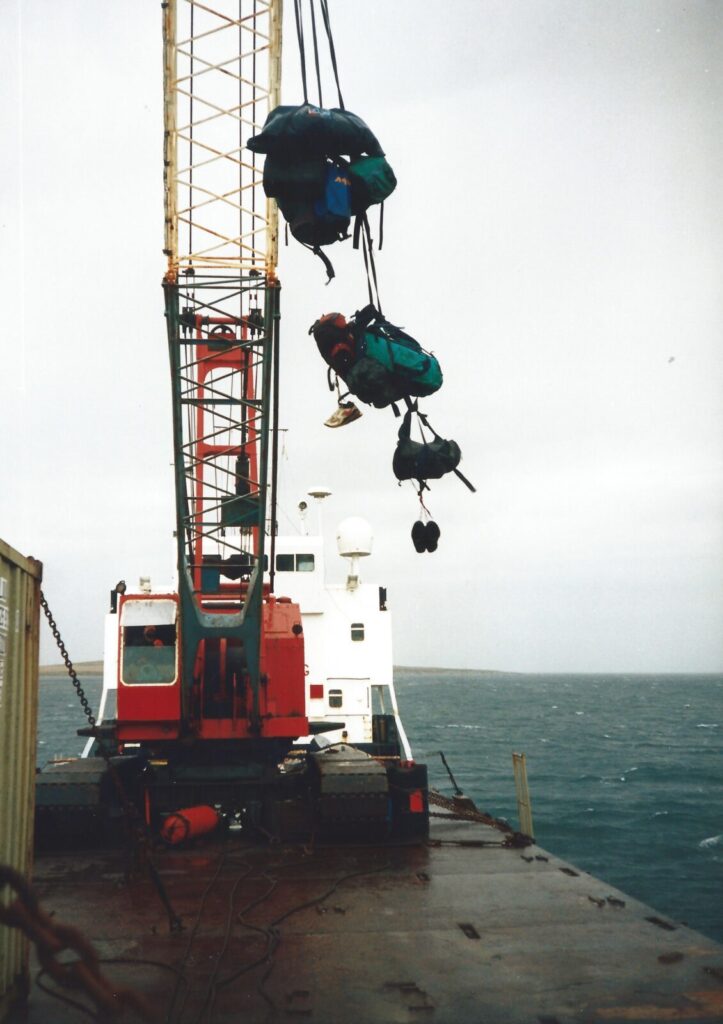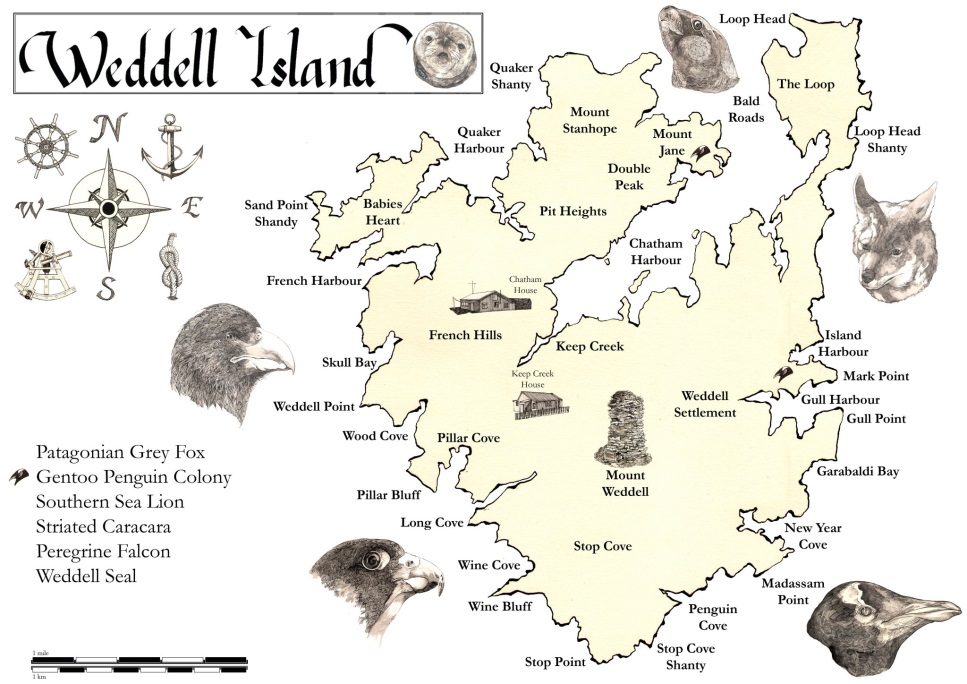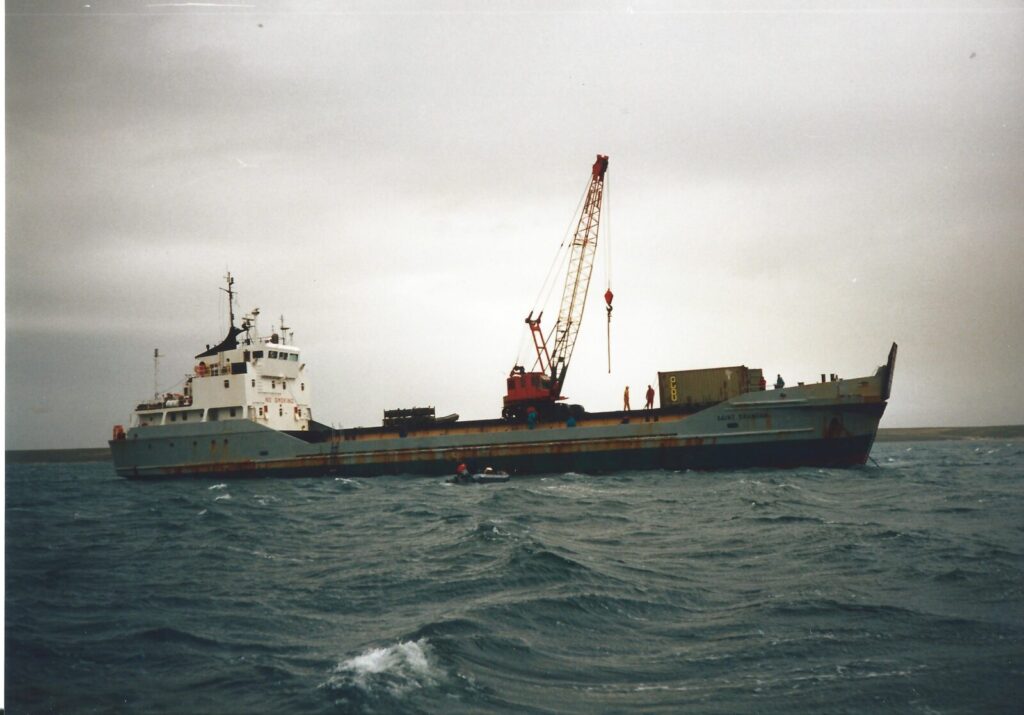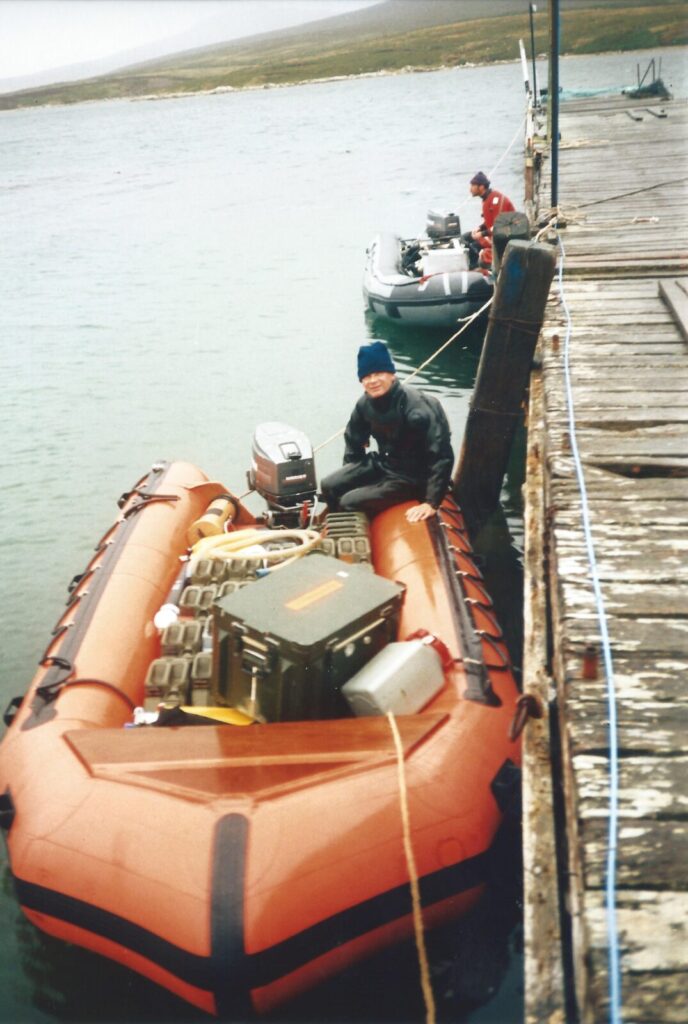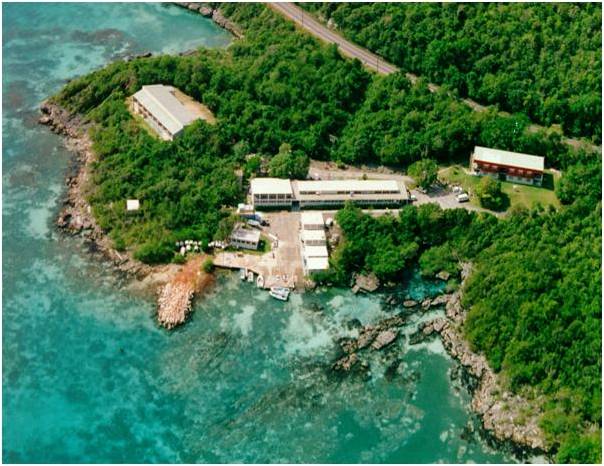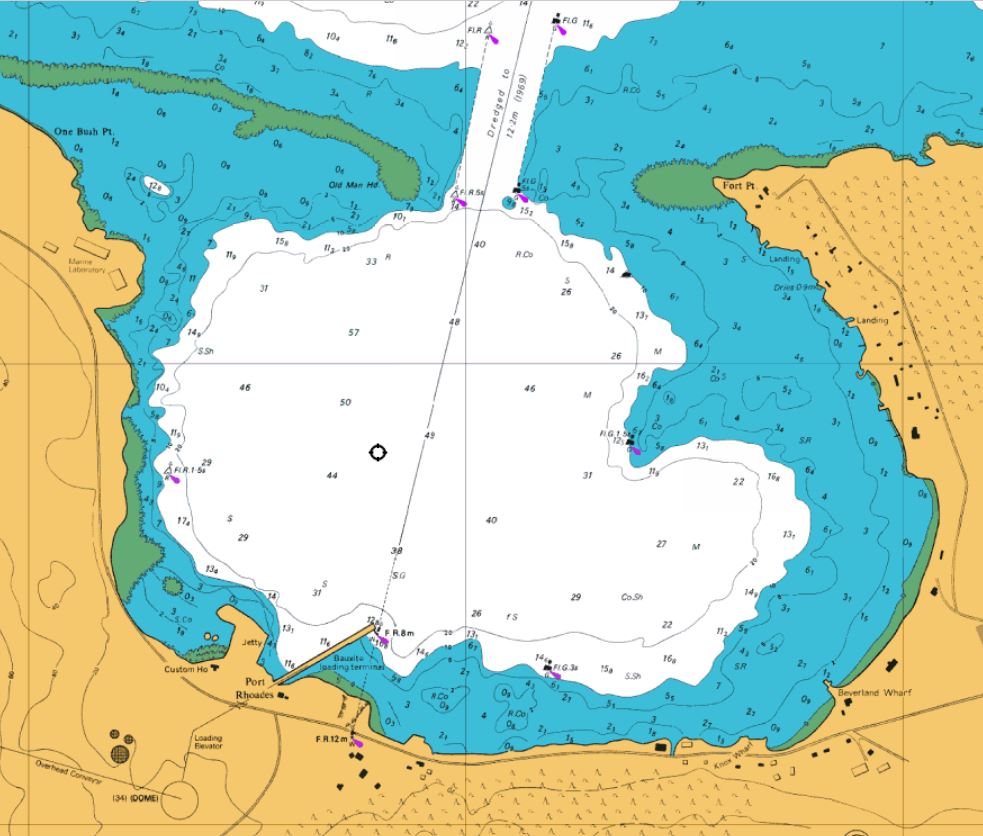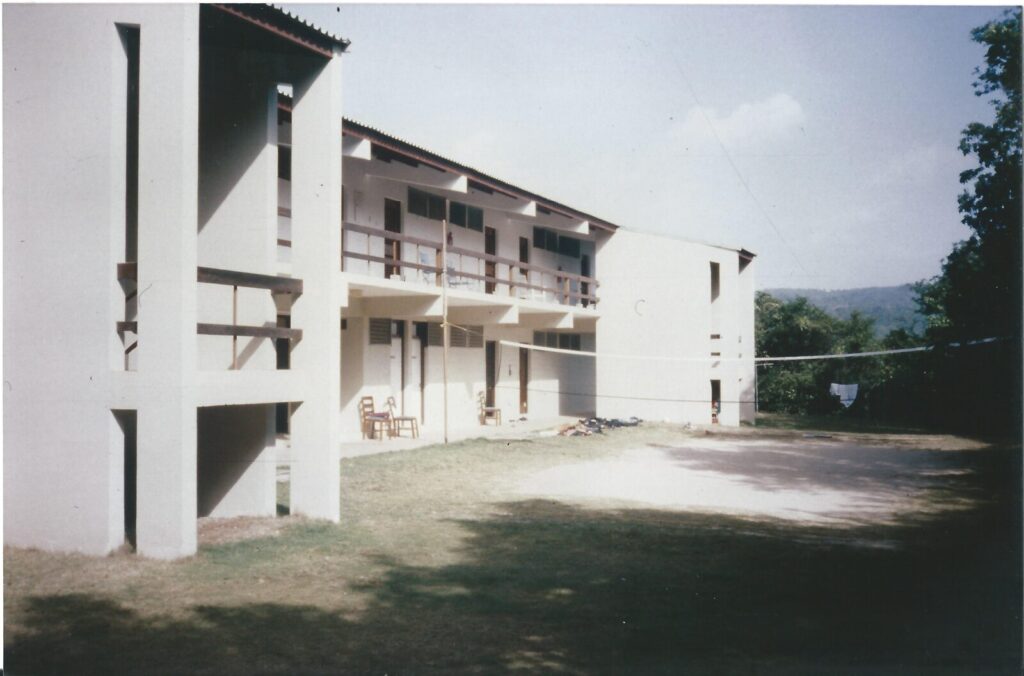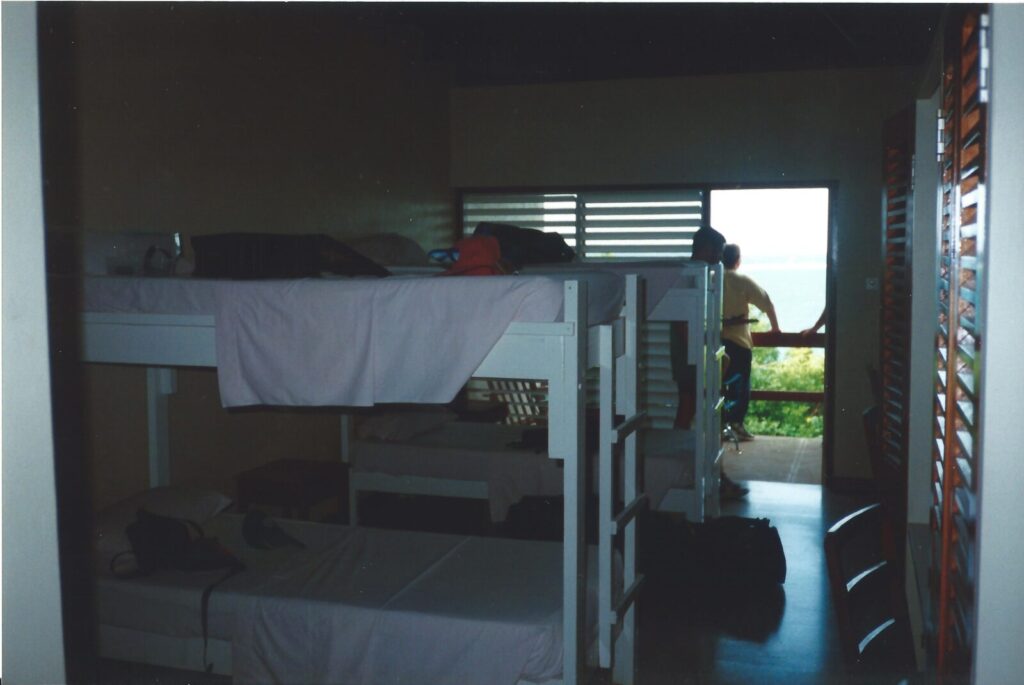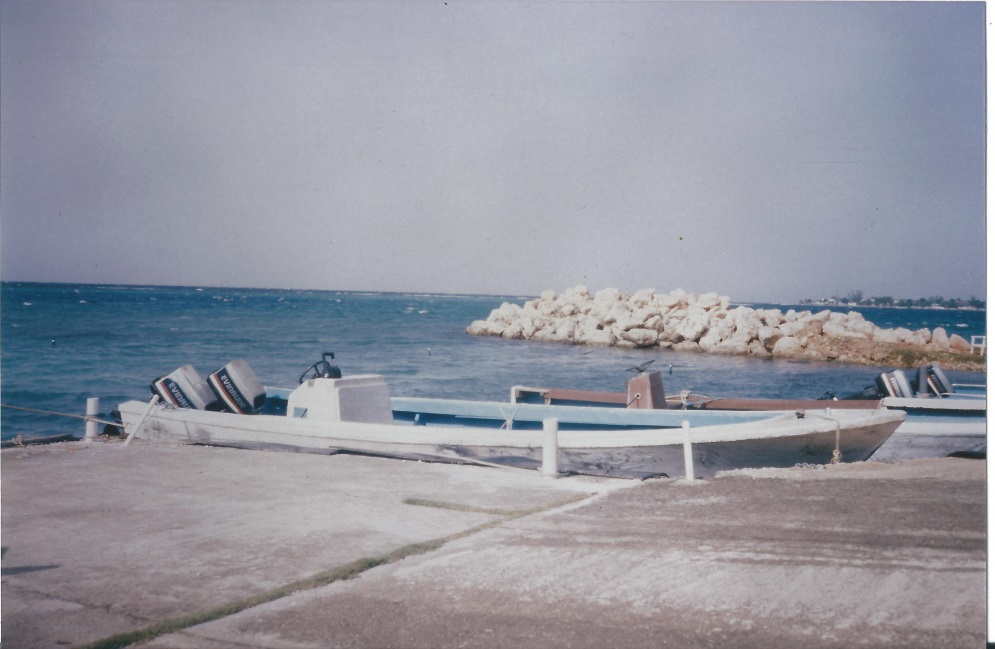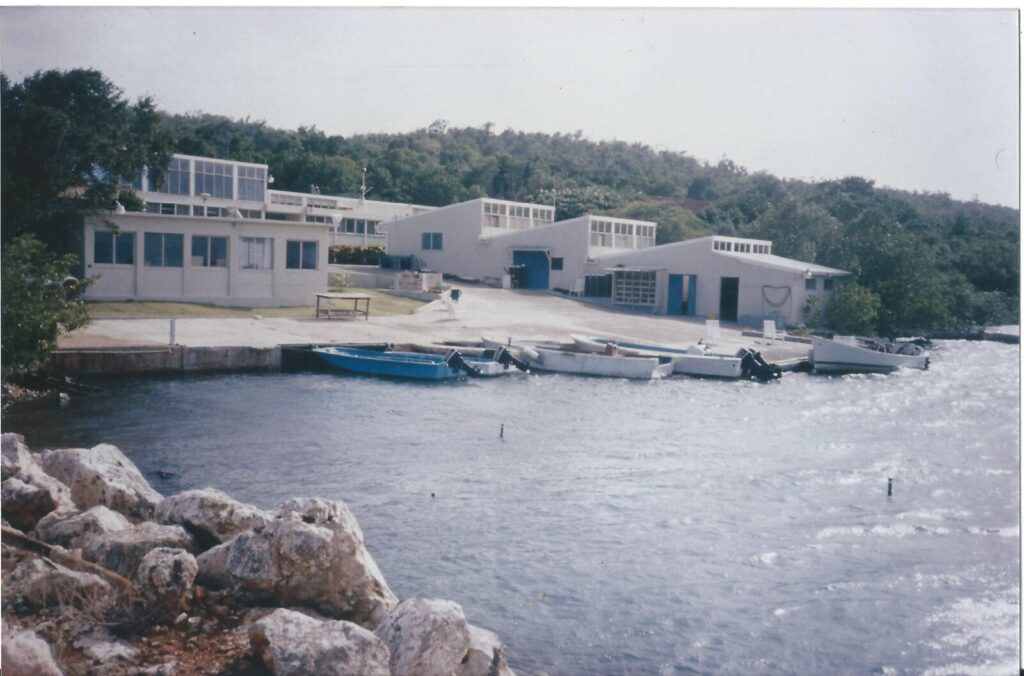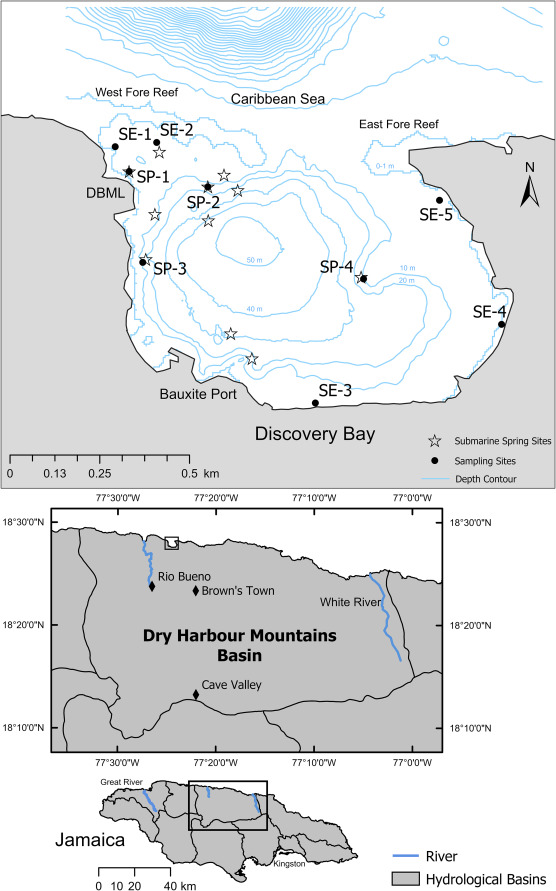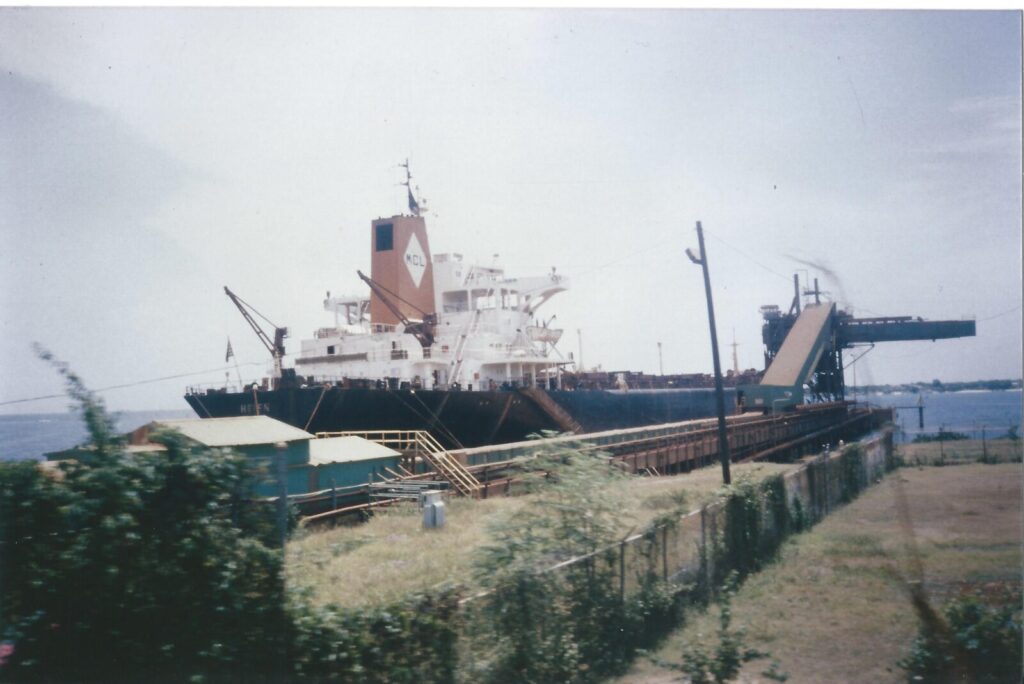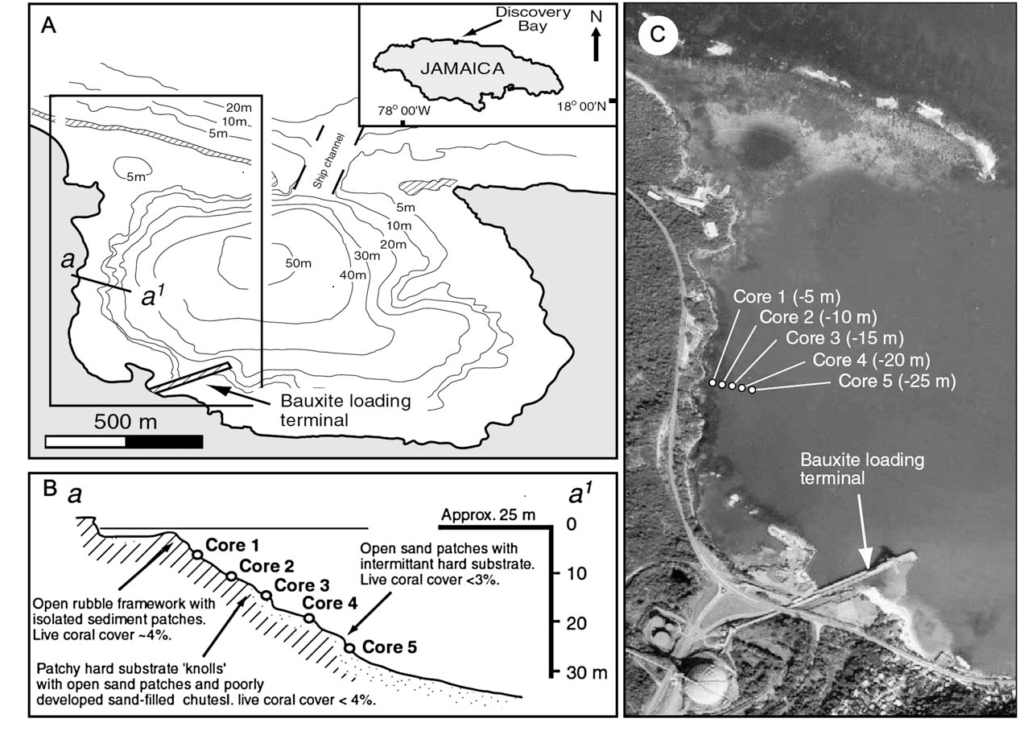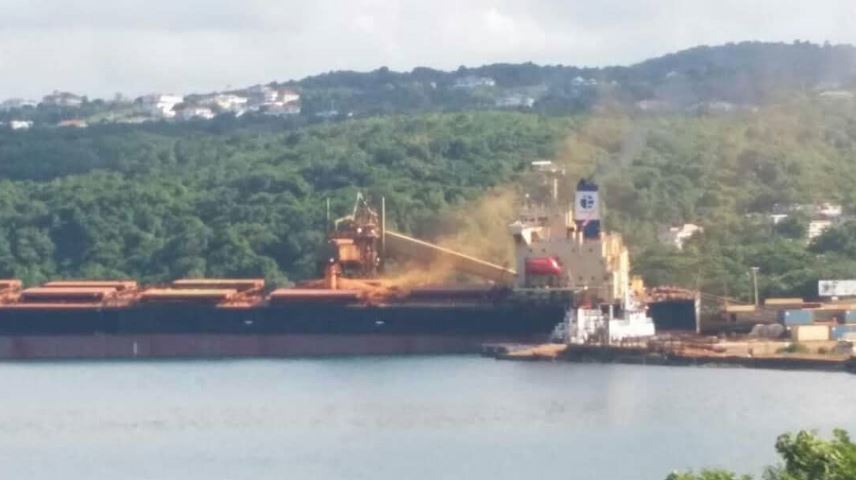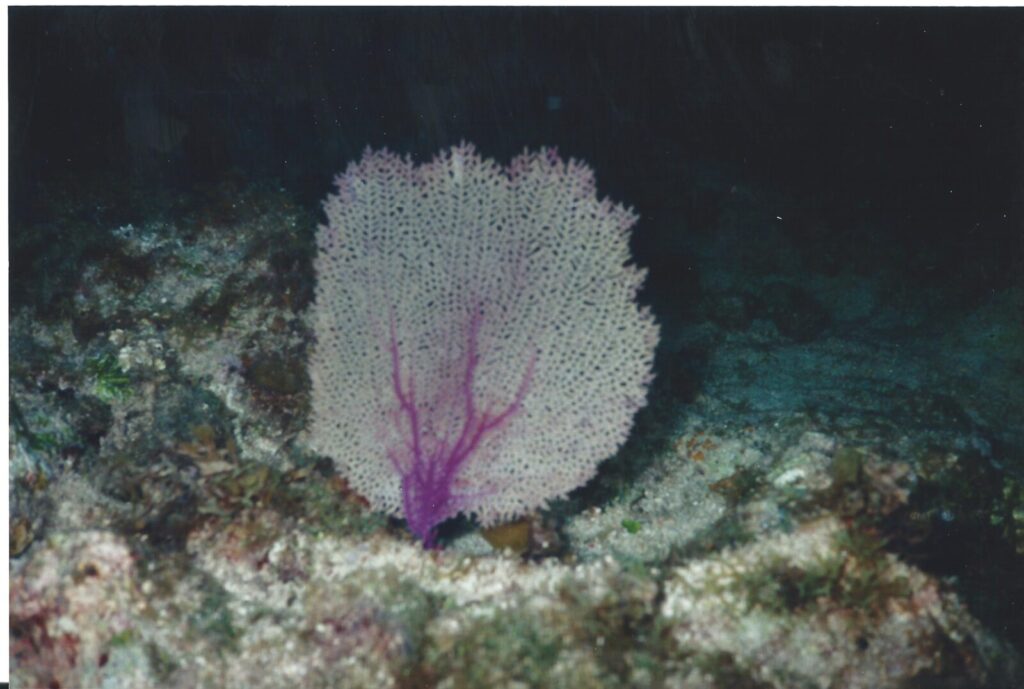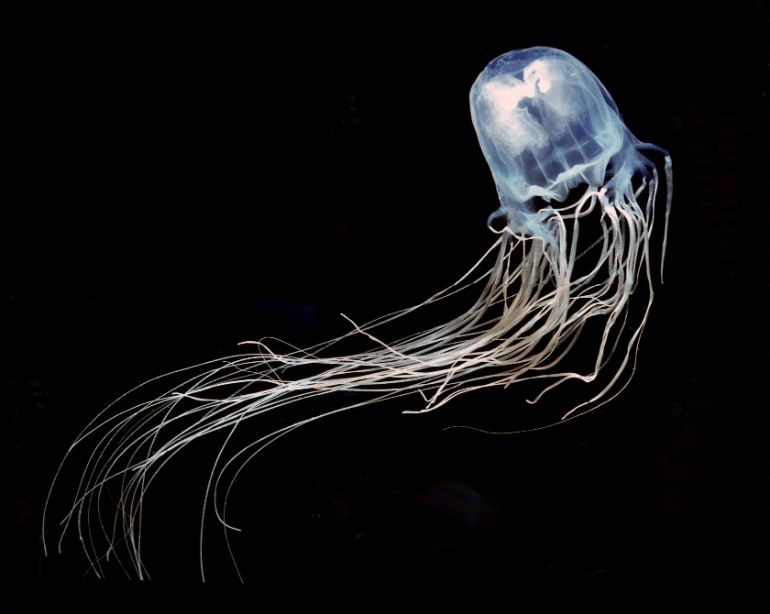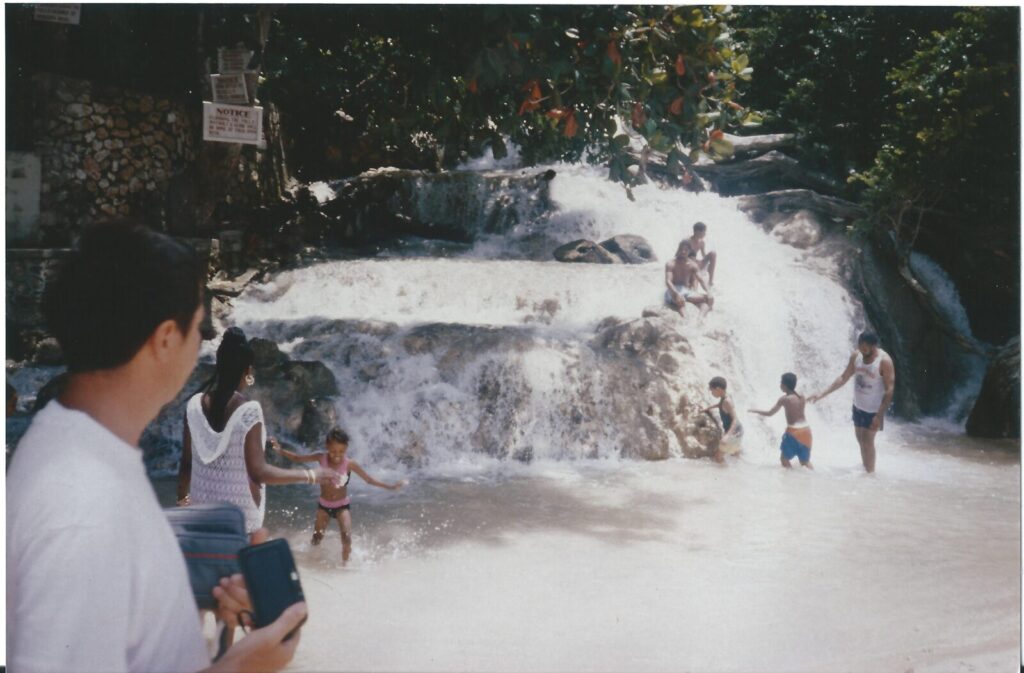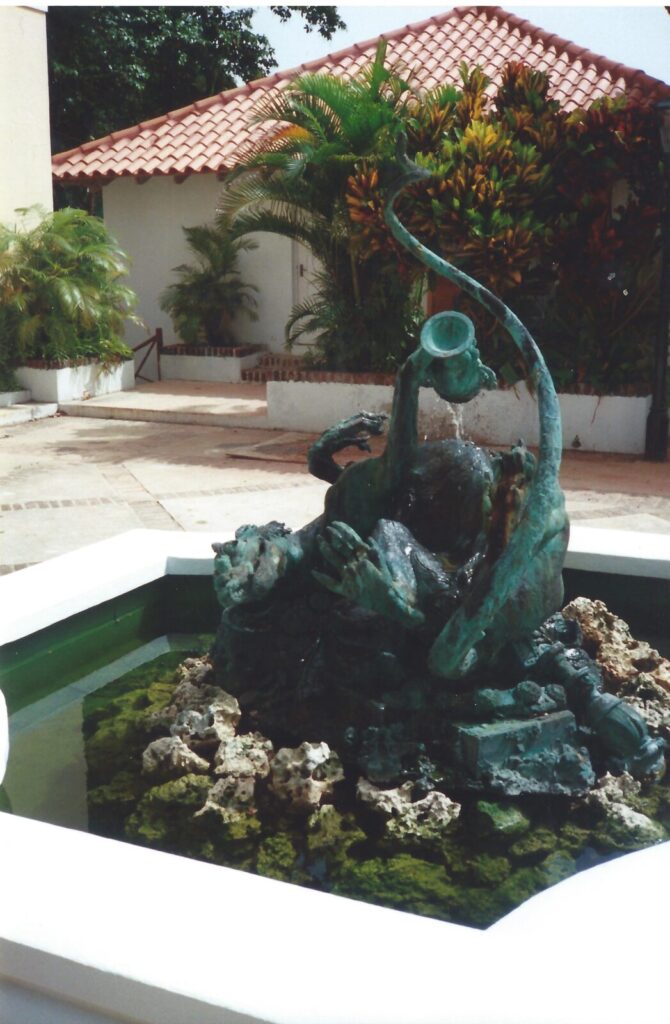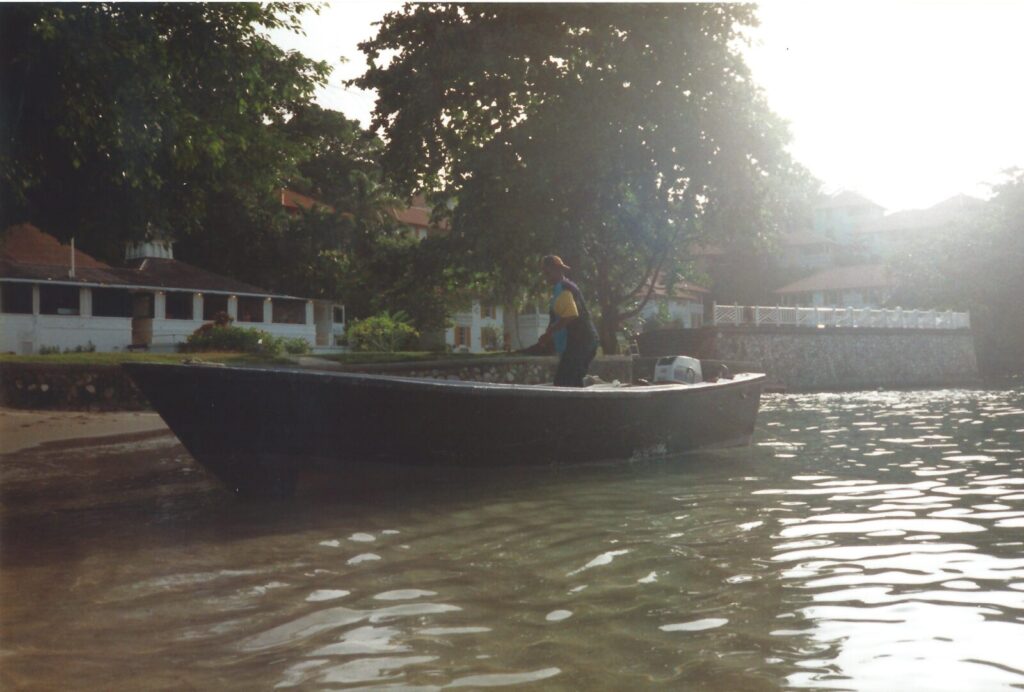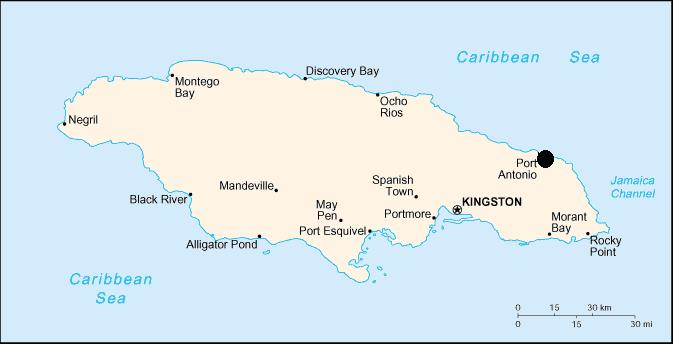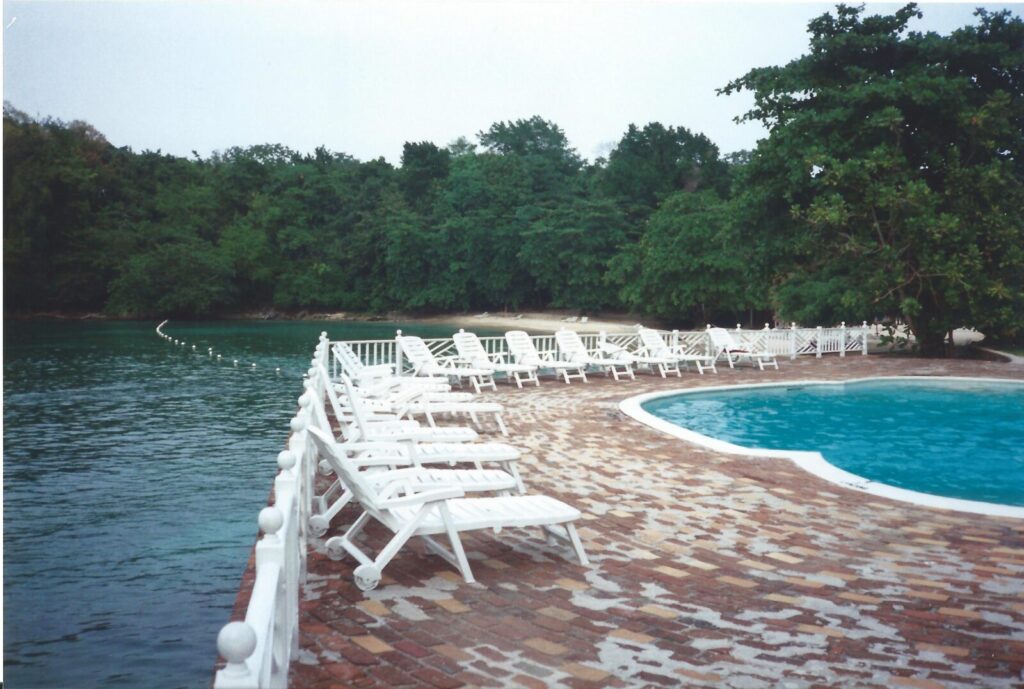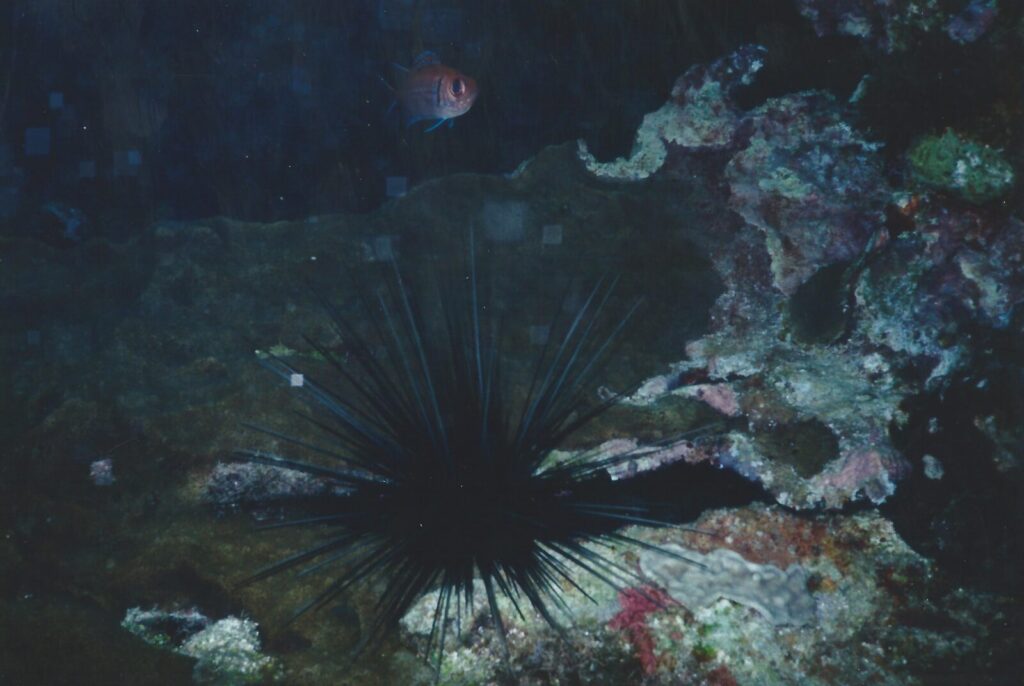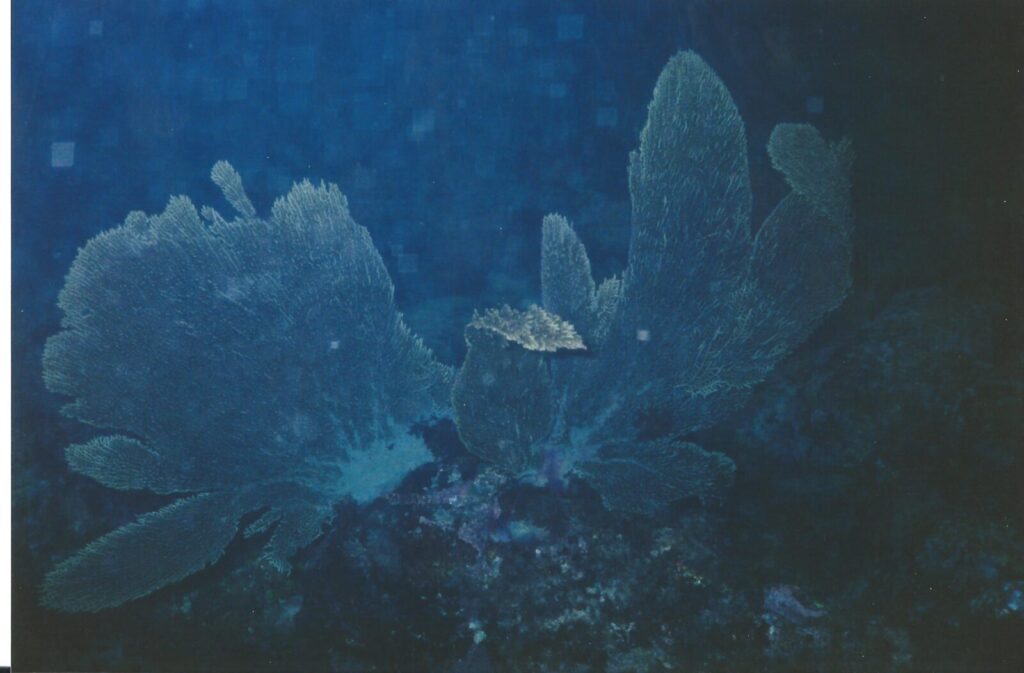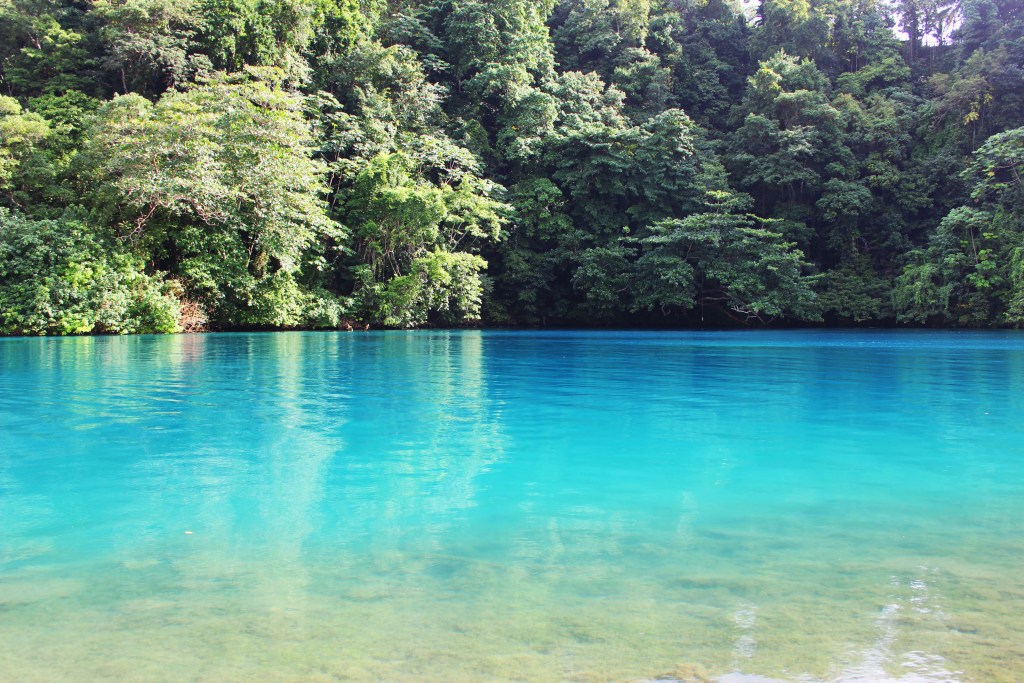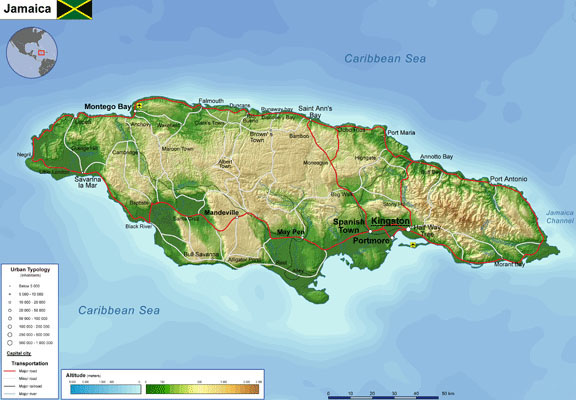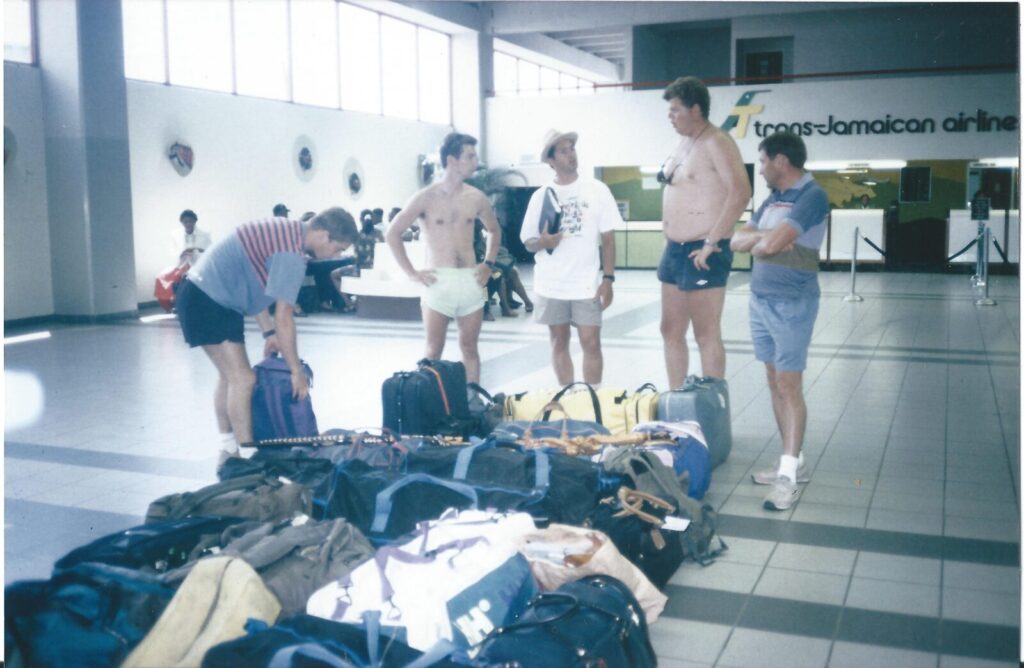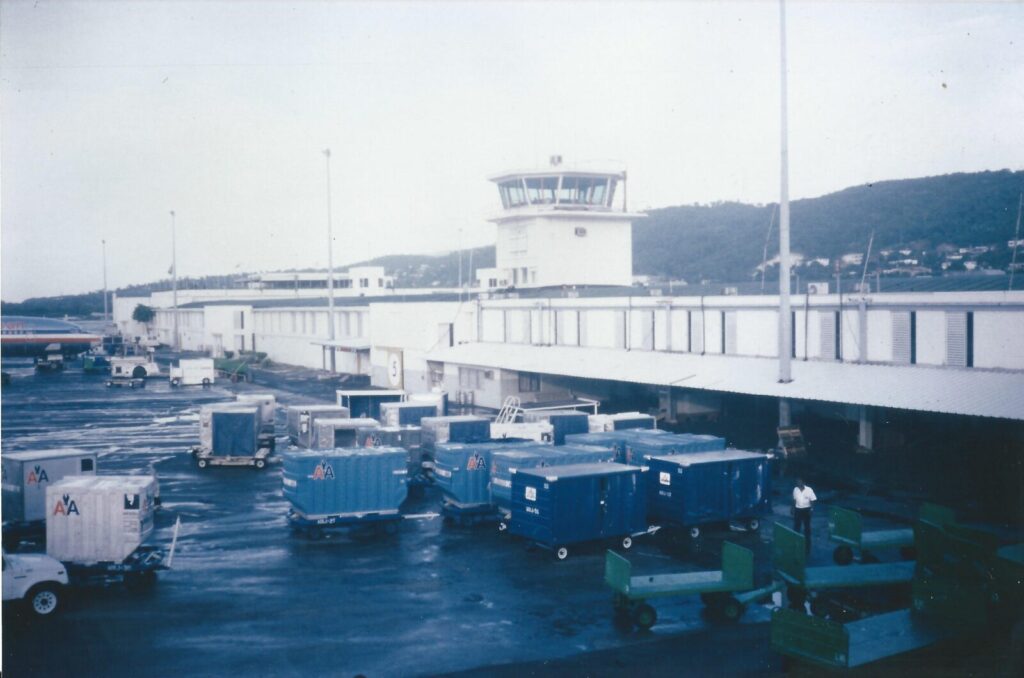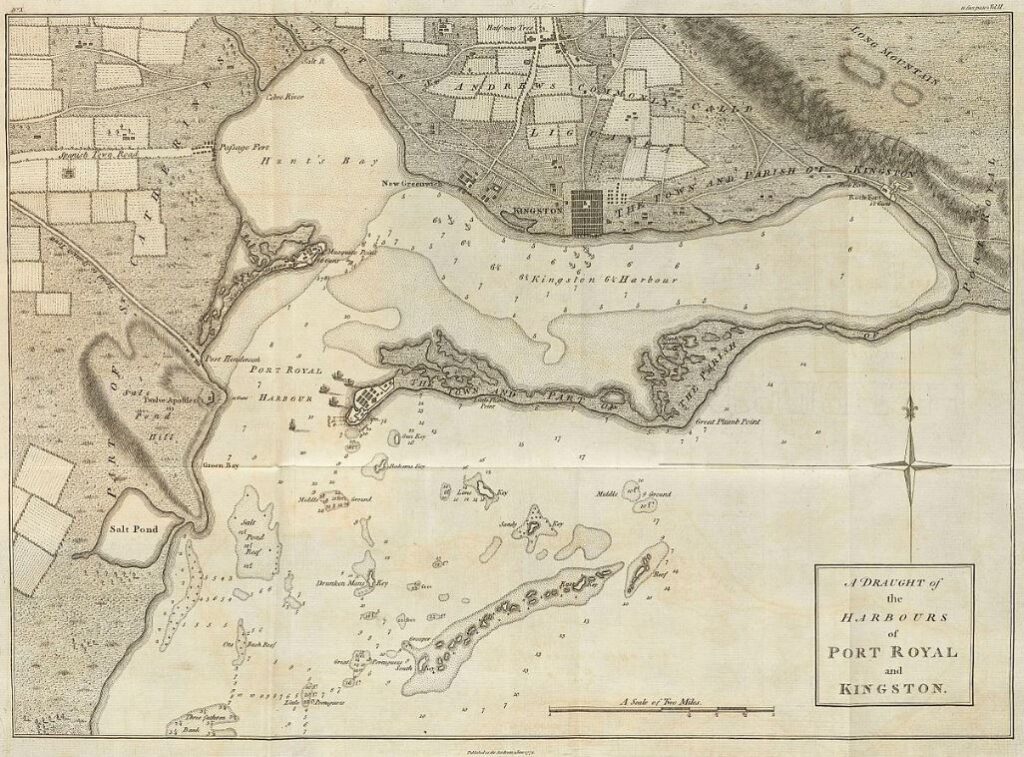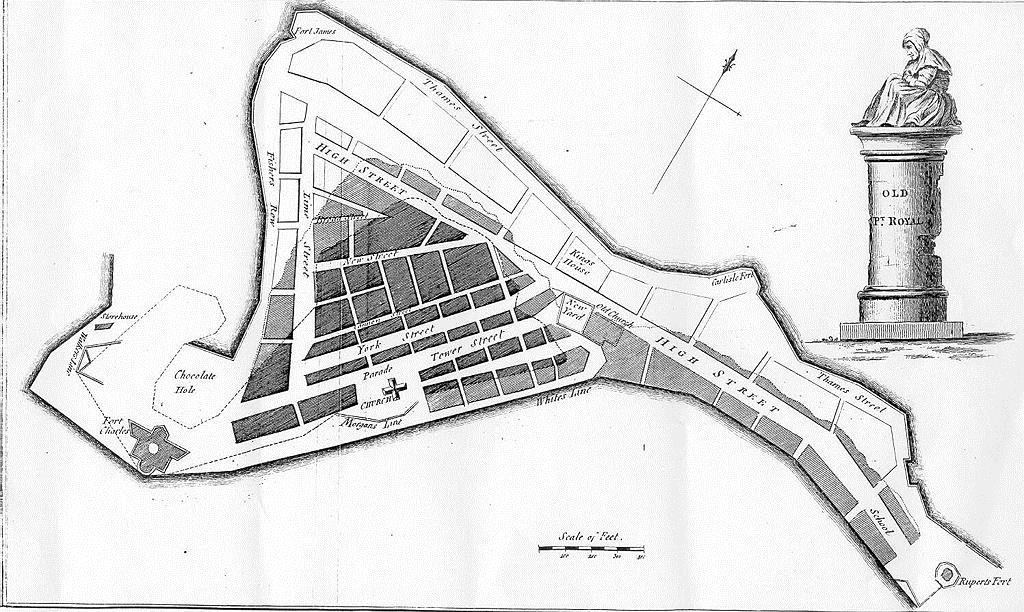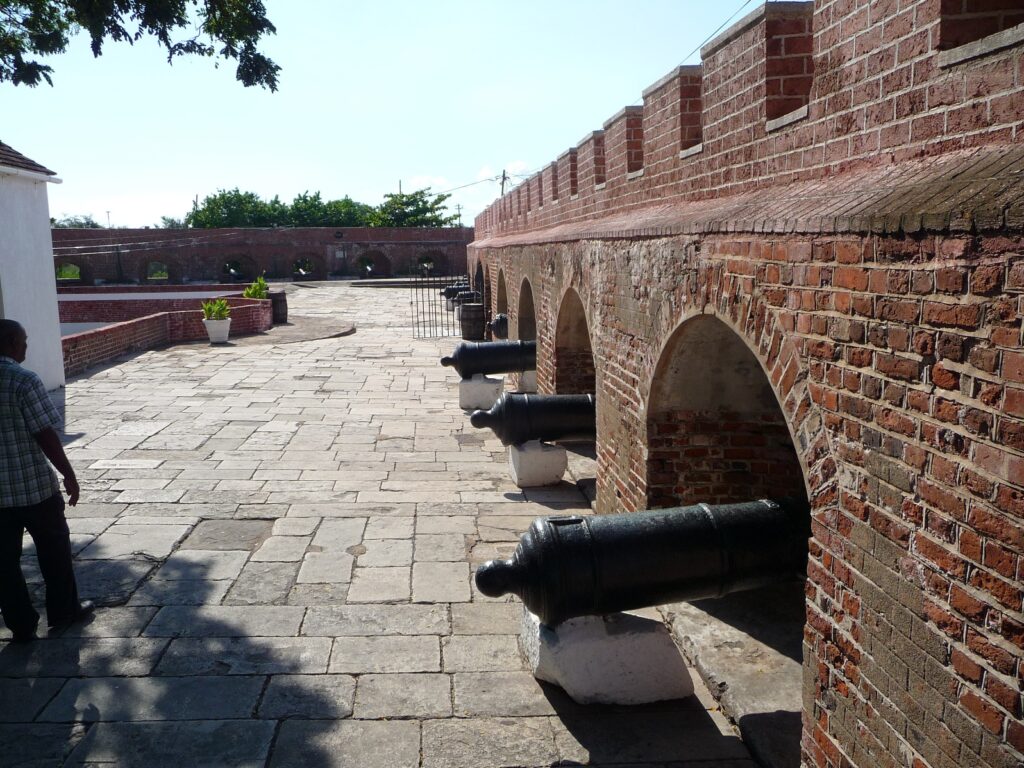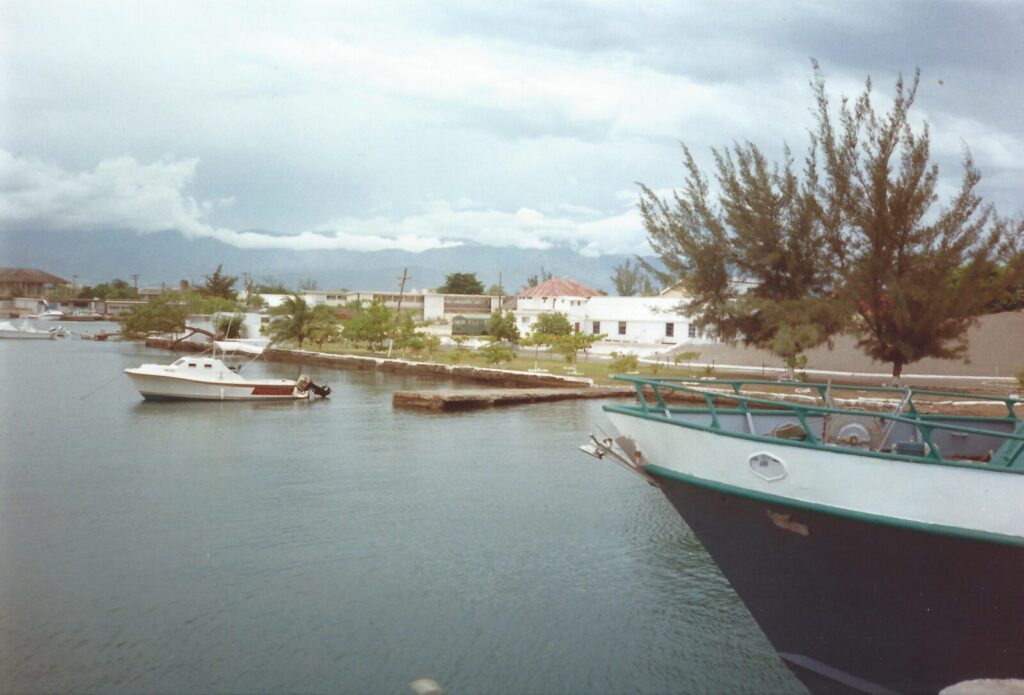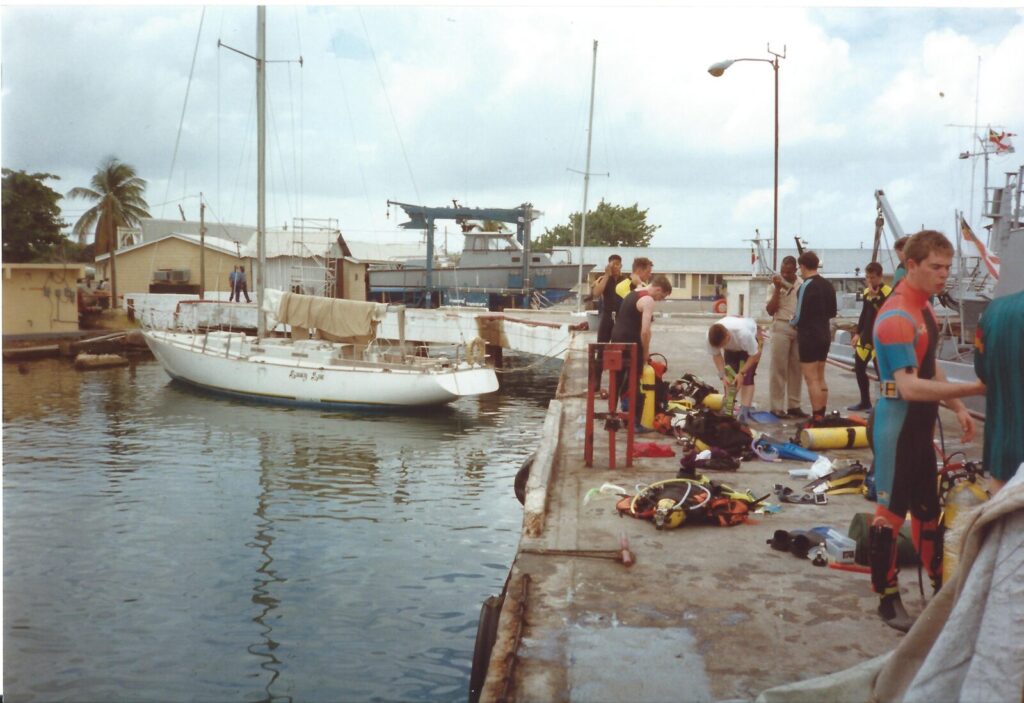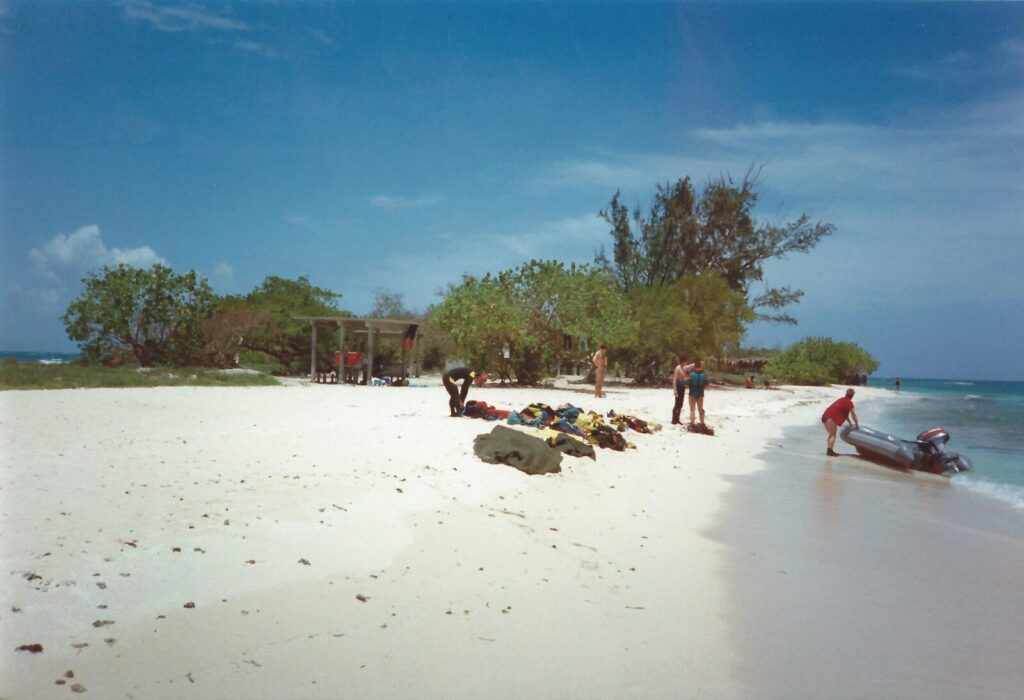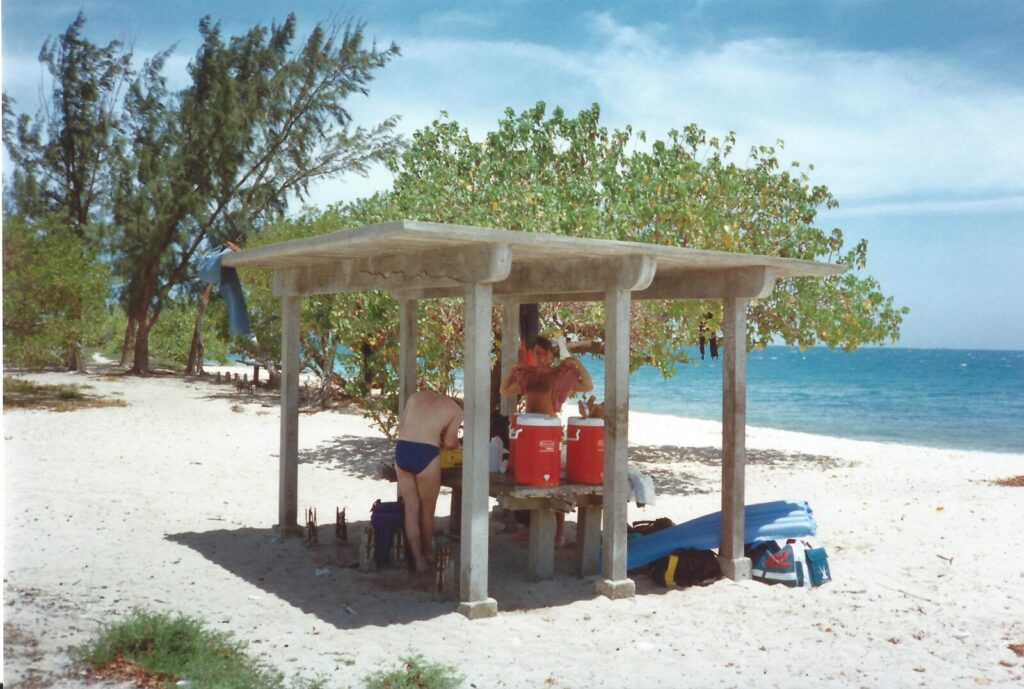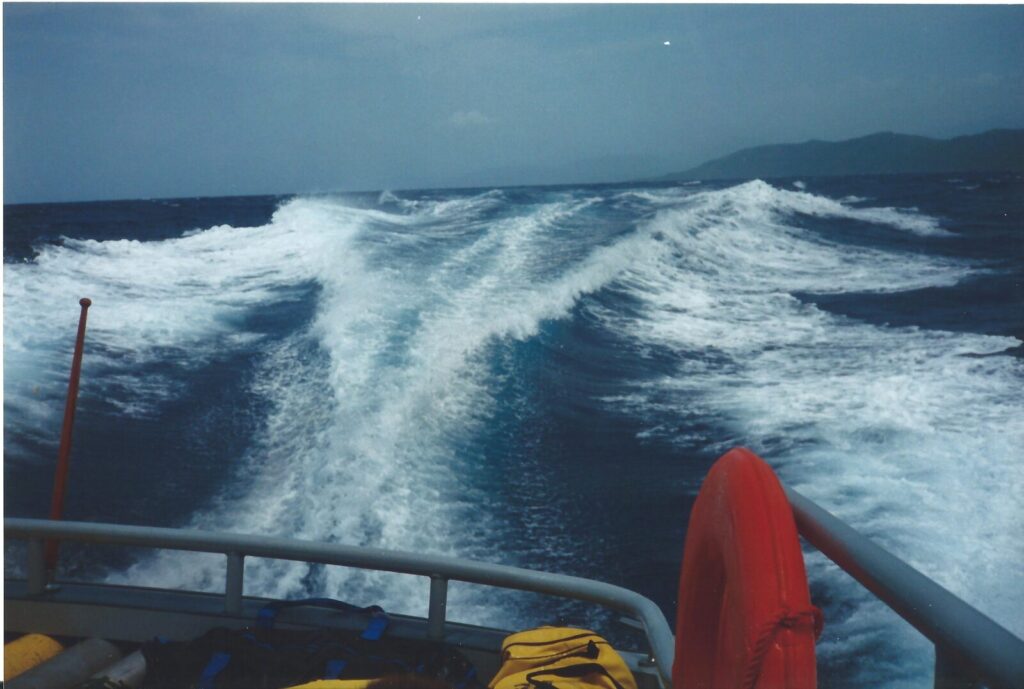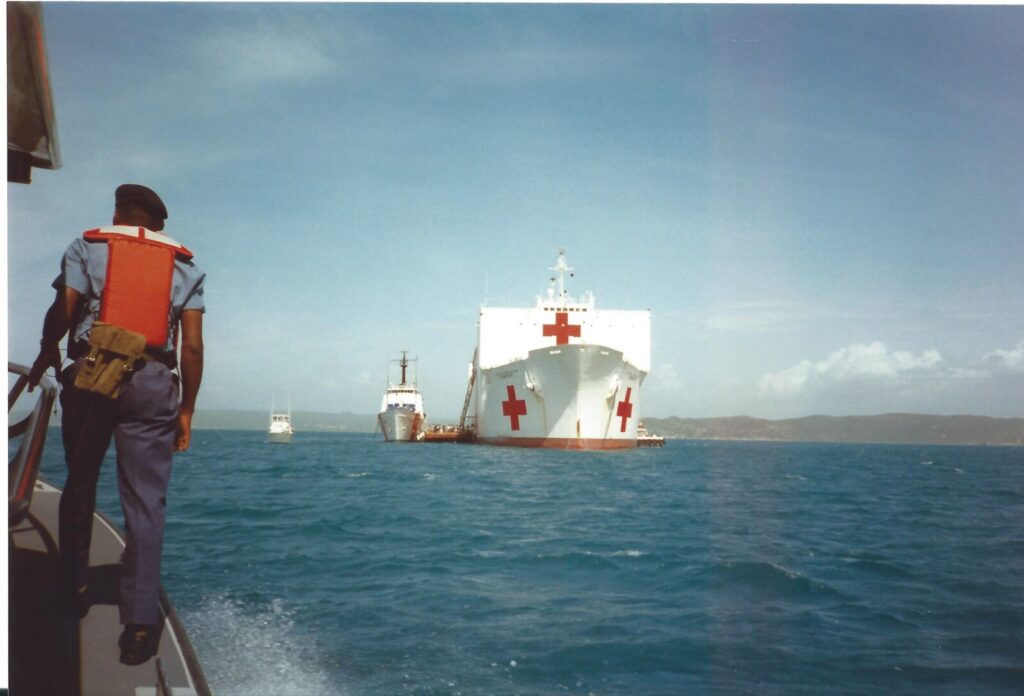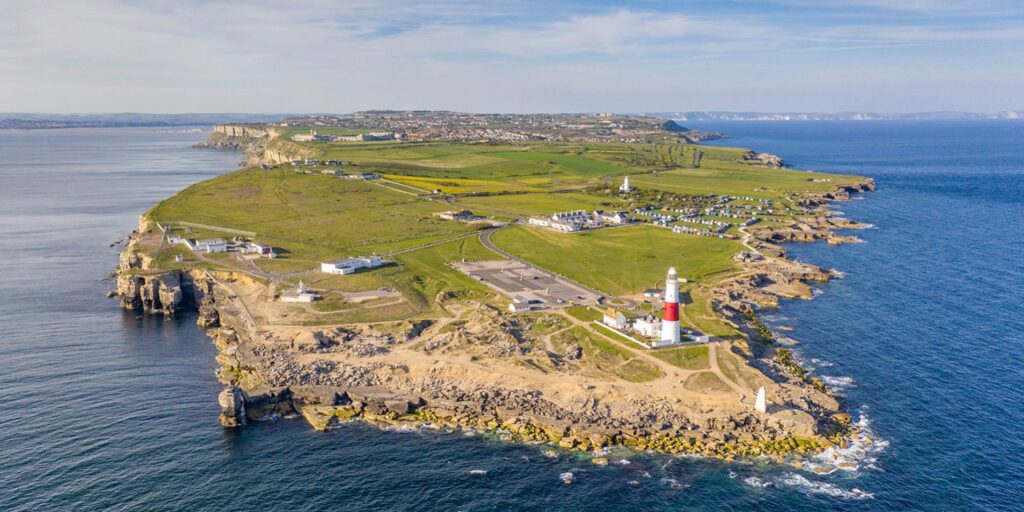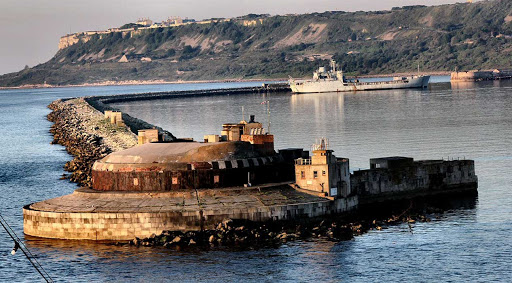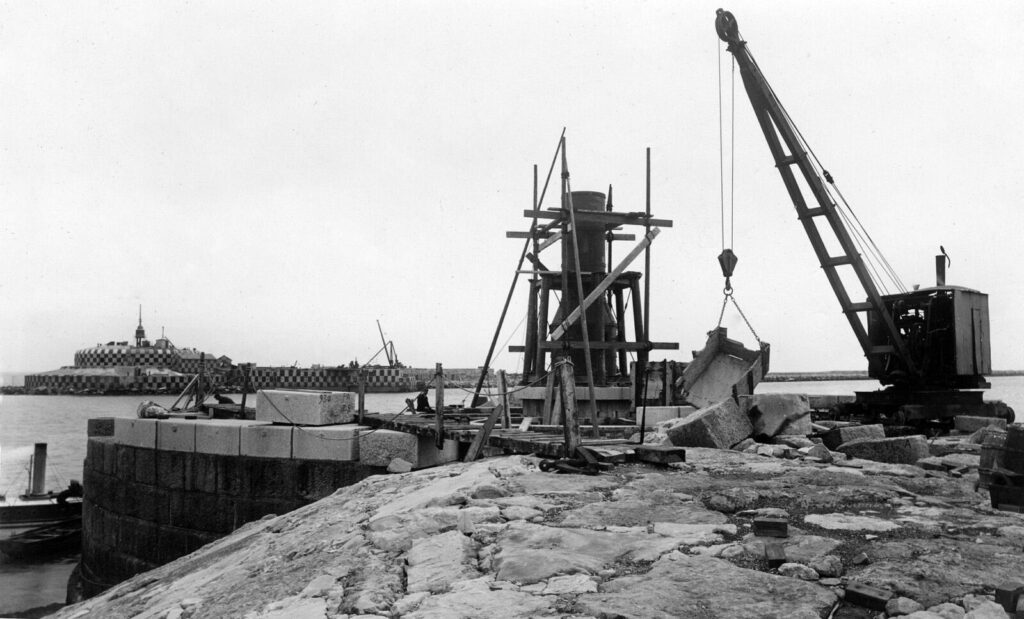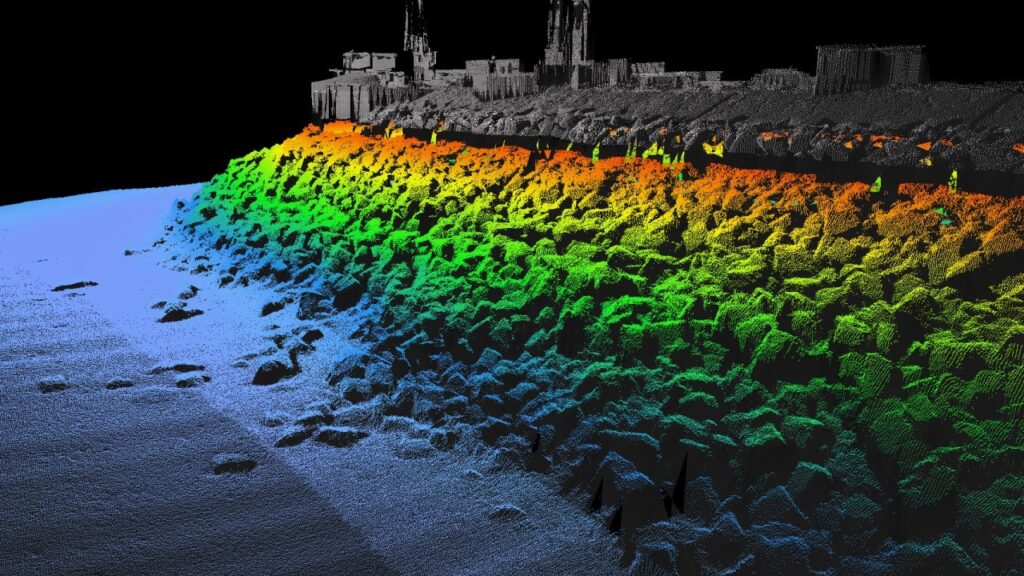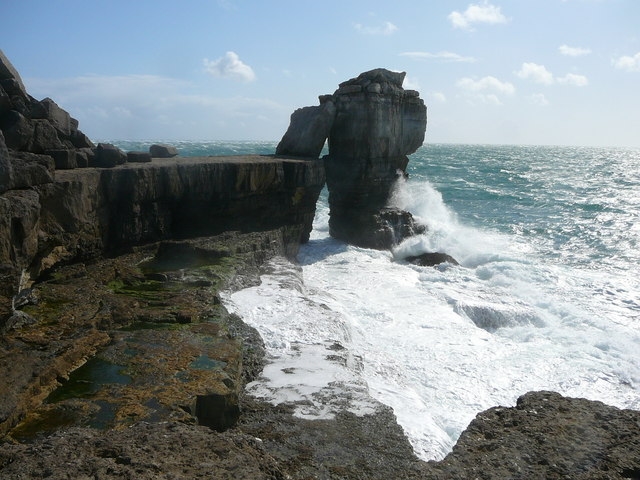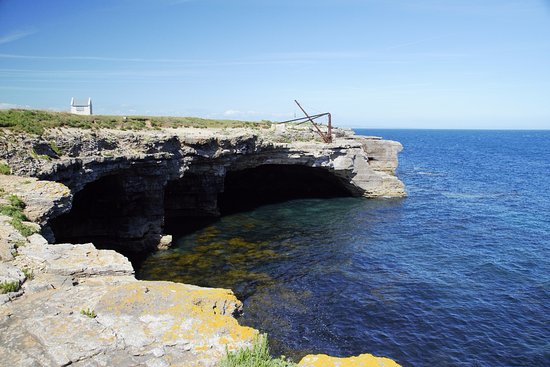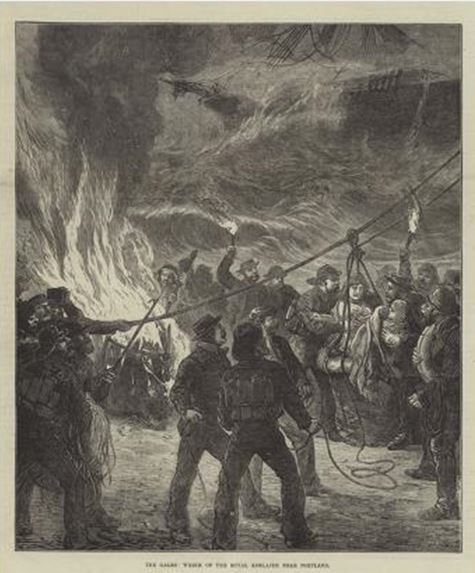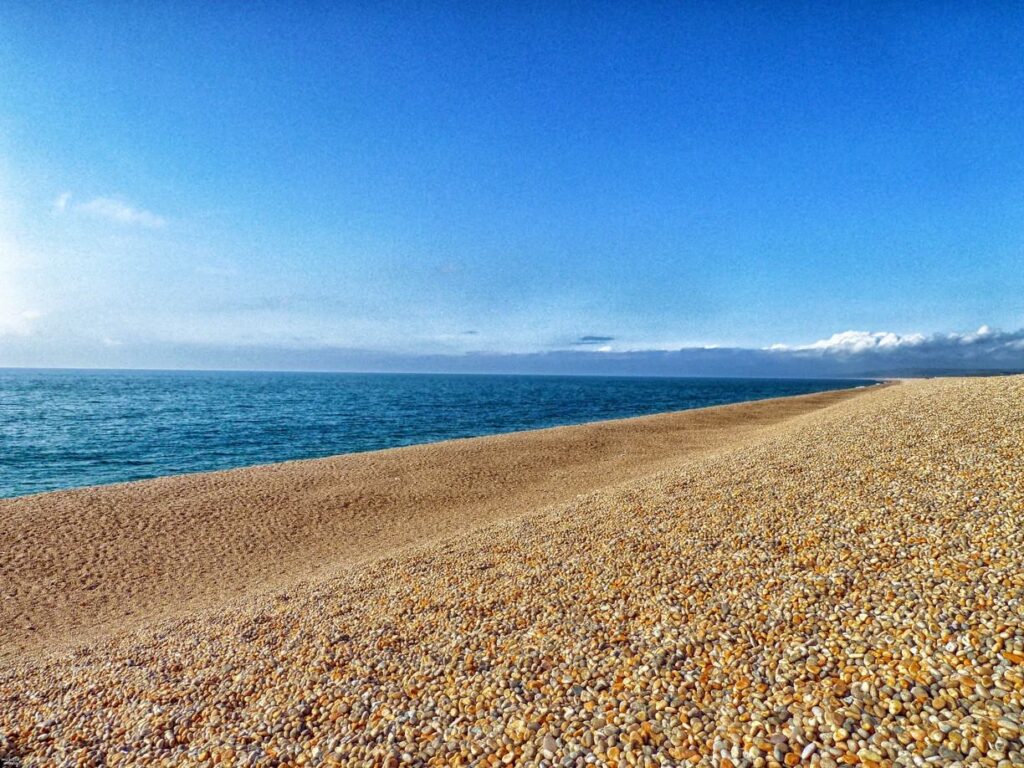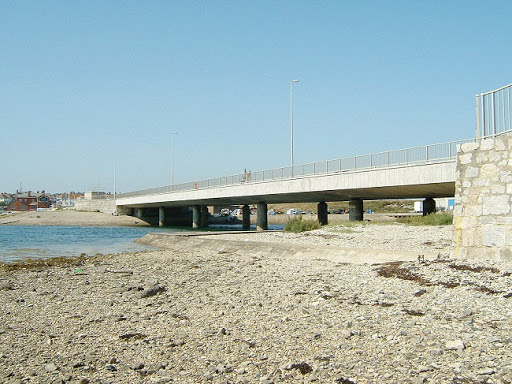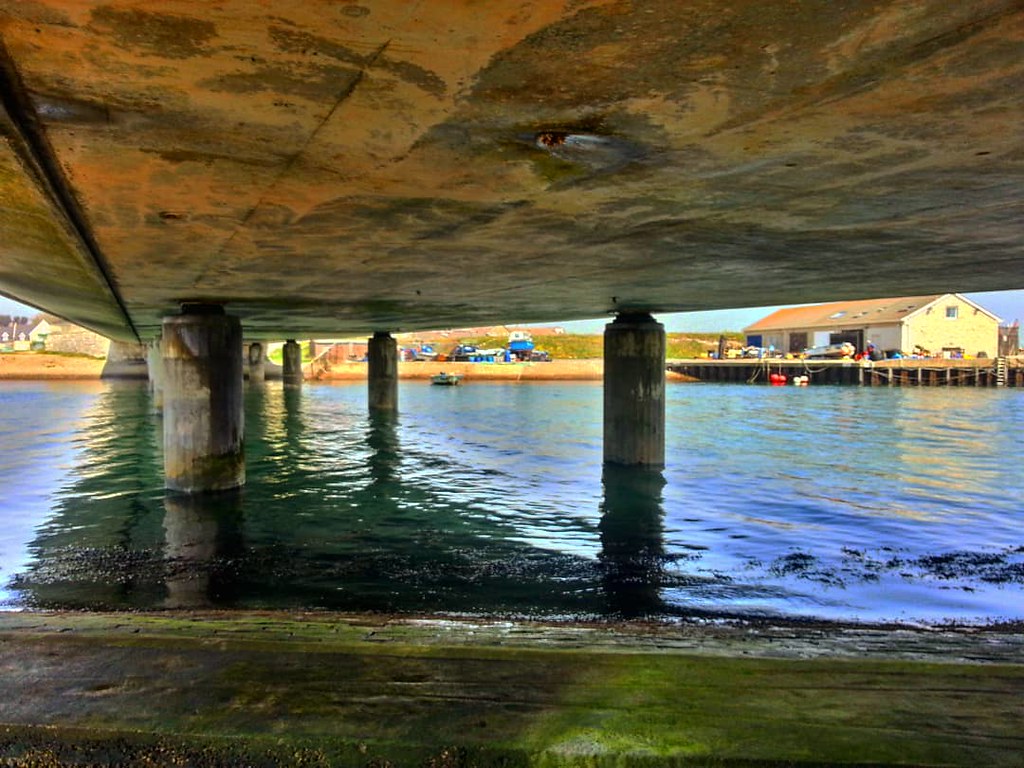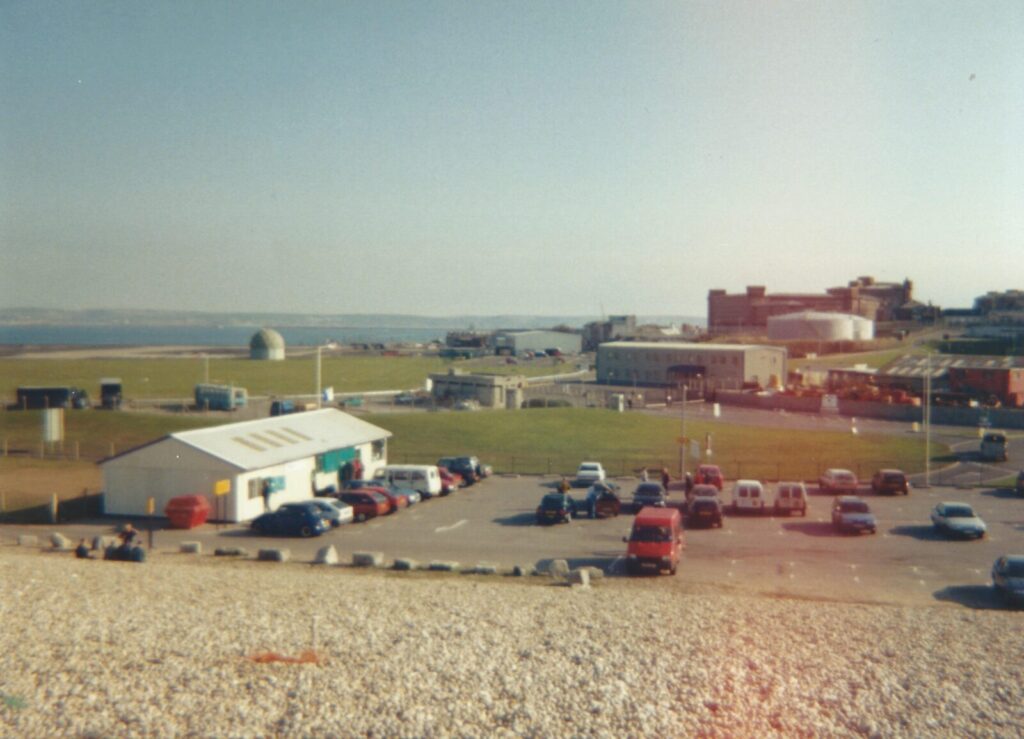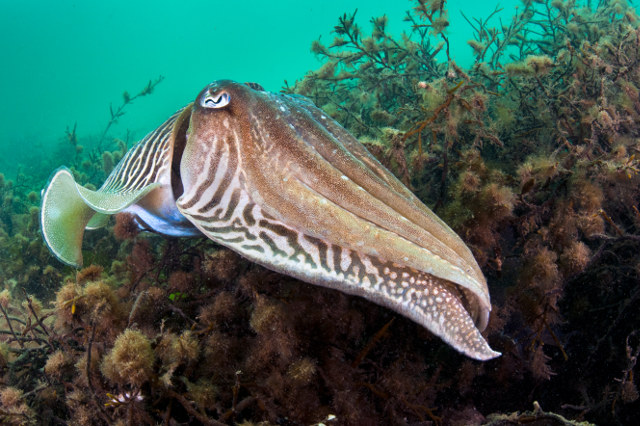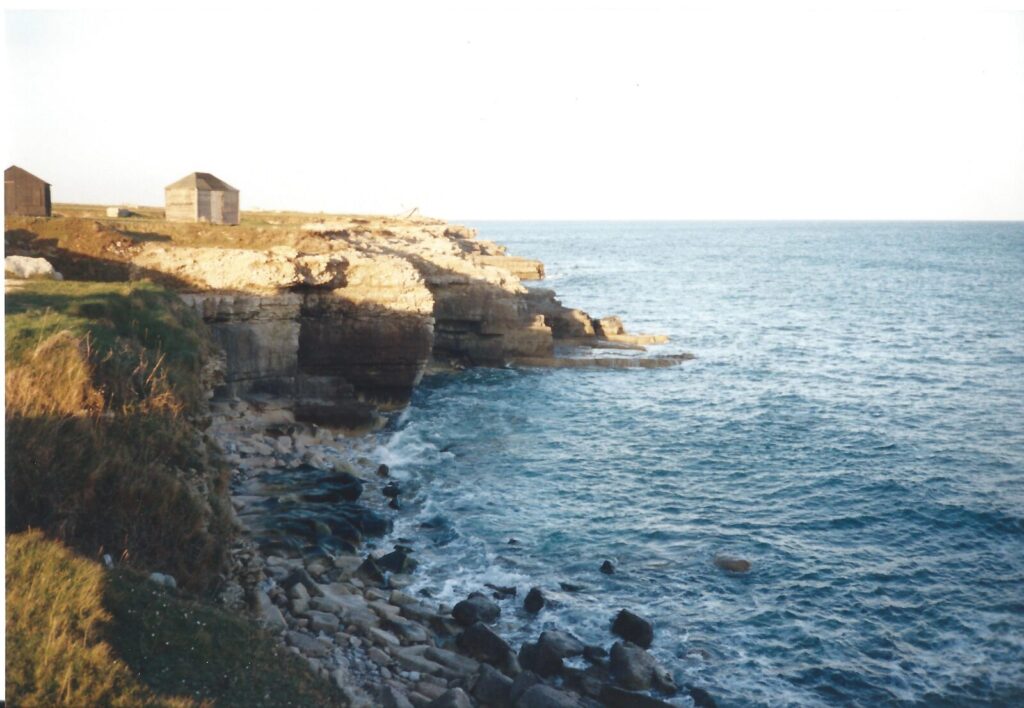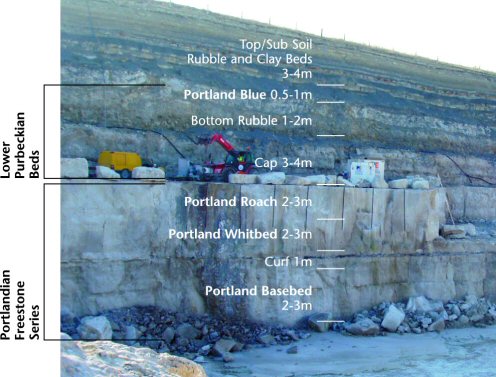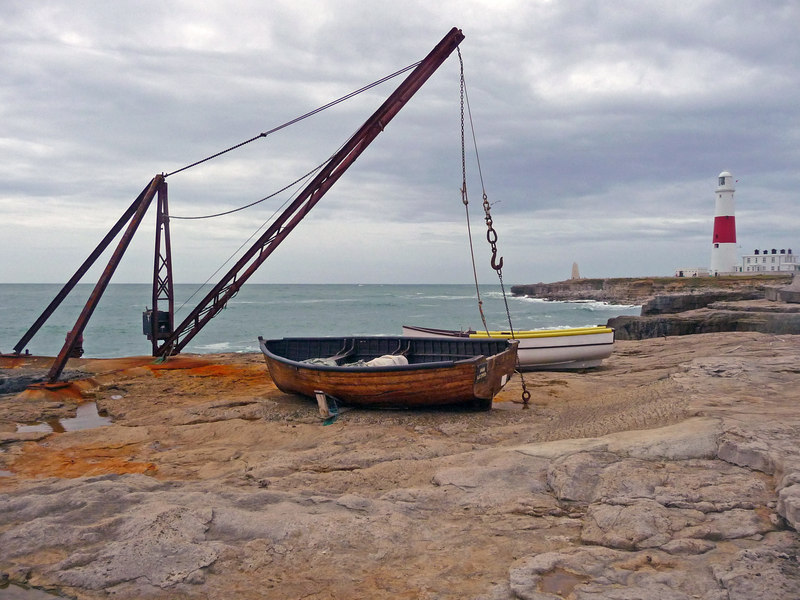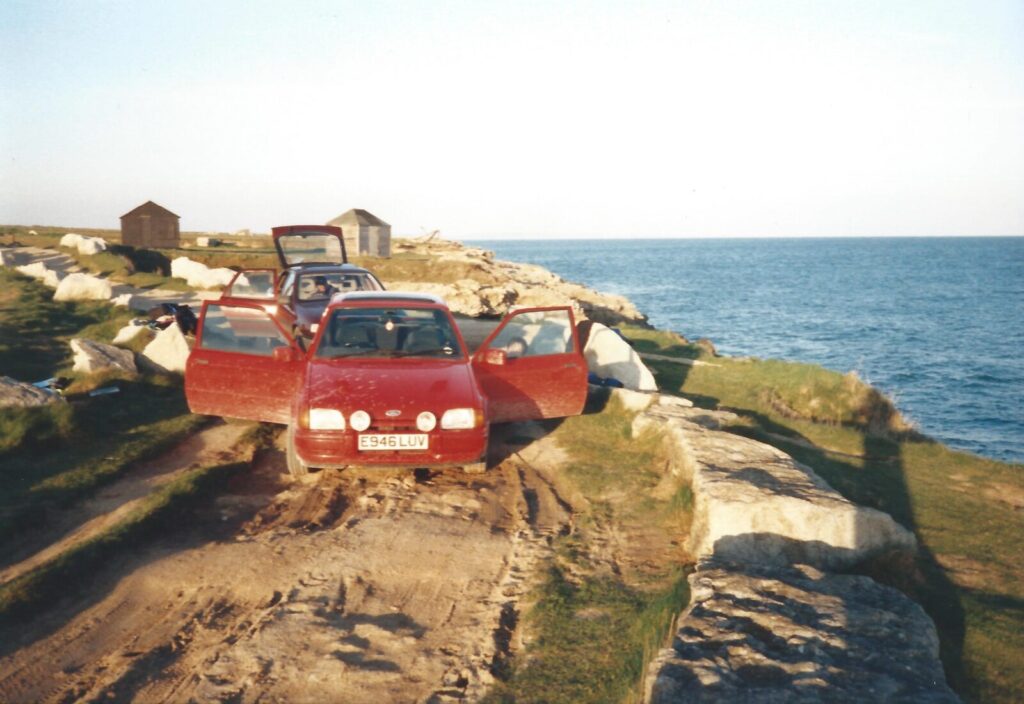My Family & Underwater Animals
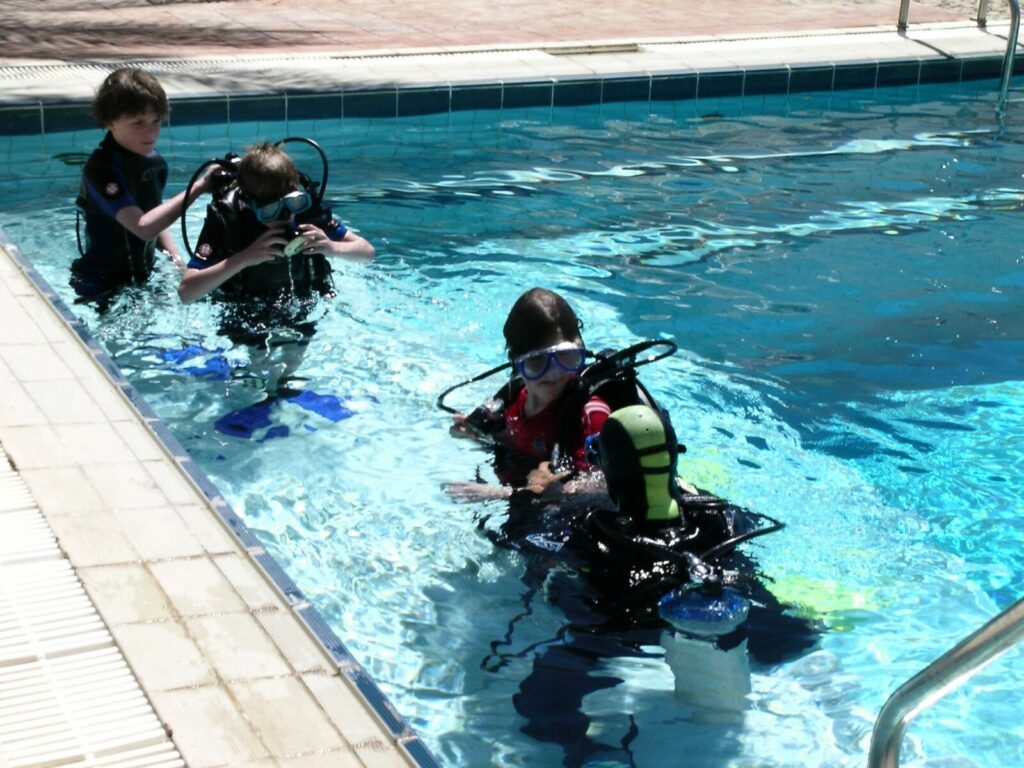
When PADI introduced the “Seal Team” dive experiences for children of 10 years old in 2001, I was teaching scuba in Fenton Manor Pool, undertaking diver training courses with Deep Blue Diving, and running Fenton Sub Aqua Club. Several parents in FSAC had children and, quite naturally, were interested in diving experiences for their kids (as divers themselves), however this also raised some significant moral issues for me personally, and some underlying physiological issues for the diving industry in general. Firstly let’s take the moral issue up and clear the air on this……. How young is too young? That has to be question one, and it is a corker, it is easy to see that not every child grows at the same rate, it is fairly easy to identify that not all children grow emotionally at the same rate, perhaps even in the same way too. Then there is the physiology behind the growth, just to complicate matters at a more scientific level, primarily because no two doctors seem to agree on specifics to do with heart strength, lung capacity, muscle functionality and a whole host of other serious considerations, inner ear robustness, Eustachian tube development, cardio-pulmonary function, asthma and respiratory performance, patent foramen ovale development (closure rate/efficiency etc) ….etc. All of that is only one facet of the moral dilemma facing a parent’s concerns, and, as I have three of my own kids, this was of paramount importance to me personally, and to Ellen, who was by far the more cautious about the level of involvement Lee, Lewis & Kai could ever have in my hobby
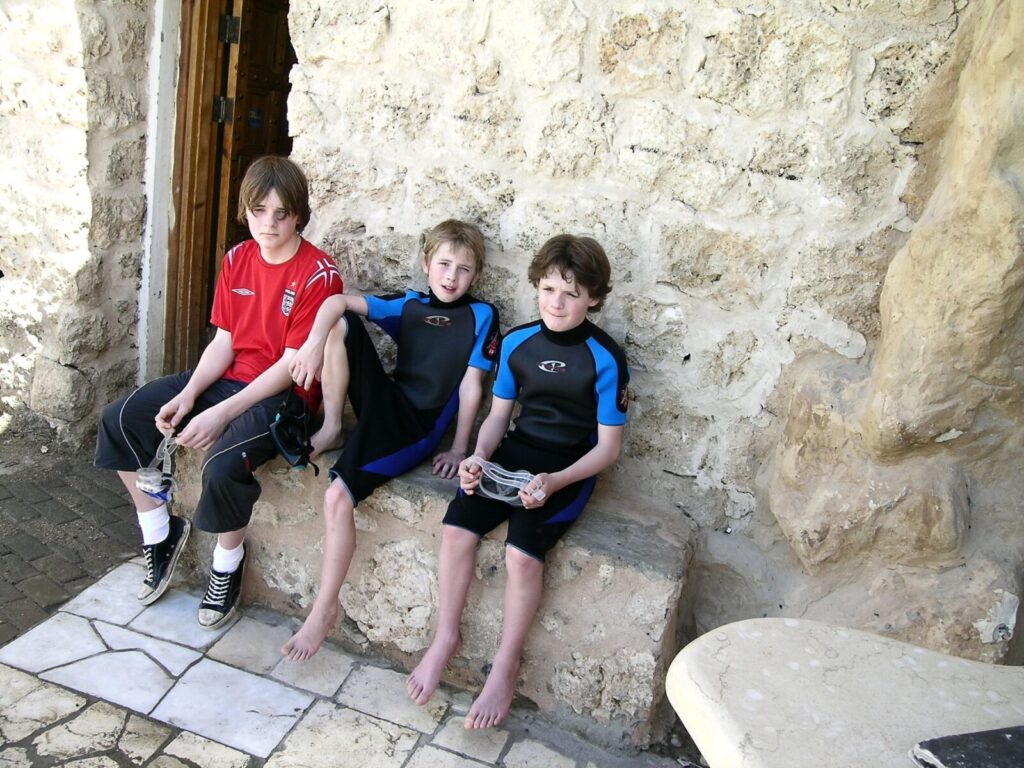
I had other factors in the moral dilemma of dive-parenting to consider too……notwithstanding physiological, psychological and emotional maturity concerns, I trained for 3 agencies, PADI, BSAC and IANTD, all of which had distinctly differing direction on what age could be considered as lower limits for diver training. As a parent, and hopefully one with a very determined sense of safety where my kids were concerned, it seemed to me that doctors would never offer solid guidance on physiology, that no psychologist would give general direction on emotional maturity, and that no training agency would agree on age limits in regards to training, unless their insurers could be convinced the risk had almost entirely been removed from a liability perspective. So it seemed that PADI were taking a risk by encouraging 10 year olds to start learning to dive, and that, consequently, those training divers under the PADI system would be taking enormous personal risk, should they start to involve kids as young as 10 in any type of scuba diving training
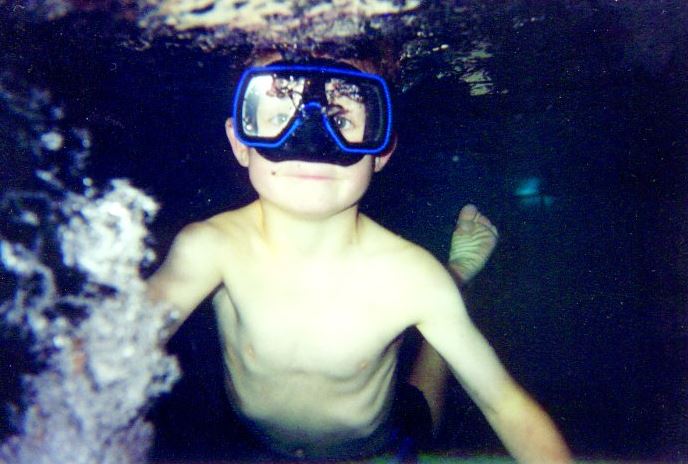
Things weren’t any easier for me as Ellen was not a particular fan of the water, having been nearly drowned in a swimming pool whilst very young, playing the usual silly games with her peers and almost coming unstuck under an inflatable “lilo” as we used to call them back in the day……So all pool activities with the kids were seen as “nerve-wracking”….something the lads had become incredibly good at taking advantage of, in the usual manner of children trying to scare their mother’s to death at every possible opportunity. It was not unusual at all for the dive-masters, helping out with training courses on a Sunday, to be tapped on the shoulder by any one of the lads, who would then give the “out of air” signal, knowing the Divemasters had no choice but to offer their alternate air sources, much to the delight of each of the three of them, (knowing they would get a royal bollocking off me about interfering with training, possibly distracting from a real event….. etc, if I saw what they were up to, or if any of the rather amused dive-masters would actually tell me what had happened……..). It’s not a surprise there are no photos of the lads piggy-backing down the pool on a spare regulator (I’d have had the evidence if there had been….), strange that, considering how many of my team had cameras with them in the pool…….You can imagine Ellen’s face as any one of them jumped in (I found out later that they would often put a 2 Kg loose weight in their shorts pockets to help them get down quicker too…crafty monkeys), and did not return to the surface for several minutes, eventually surfacing with a huge cheesy grin on their faces, then to add insult to perceived injury, pretending they couldn’t hear their mother scolding them from the pool-side…..
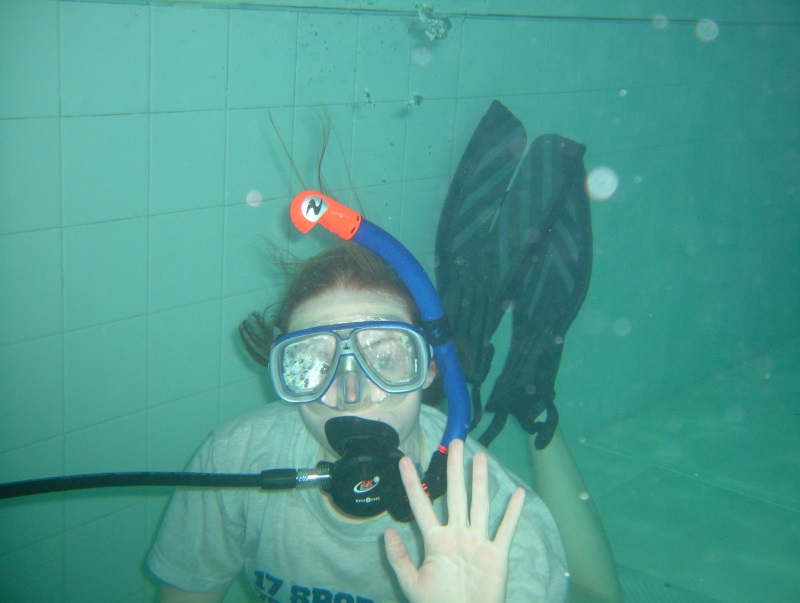
It wasn’t just the lads that delighted in a bit of what they considered “harmless fun” either, it didn’t surprise me that the other kids quickly copied them, in the manner of any peer group of youngsters, “daring” each other to push the envelope…….So the “emotional maturity” level had already been established, and the bar had been set somewhat low in my opinion, however, I had grown up in pools since I was a toddler. I remember trying to drown my dad with my brother Mike (on many occasions) in the Victoria Baths, on the front at Southport, and eventually listening to his advice on how to dive in, how to swim underwater, and slowly realising he knew a whole lot more than me or my brothers ever would about swimming. I also remember it was my own mother who was far more cautious and restricting of our swimming both in the pools and, later, as we swam in streams and then rivers, and eventually the sea off beaches and then off the rocks at Moelfre, in Anglesey, whilst on family holidays
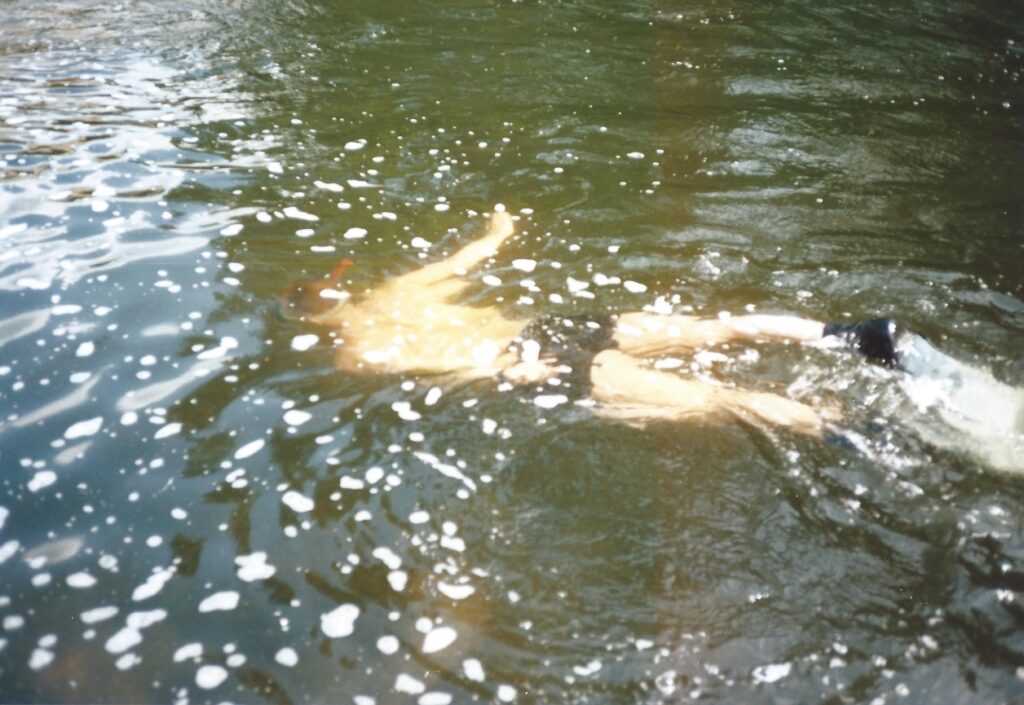
I understood the PADI basis for introducing younger children to the underwater world, commercially it makes sense to try to ensure you have “early engagement” in an arena where there are many interests and hobby’s in contention for market share, surfing, football, baseball, skate-boarding, BMX….etc. It also means you have customers for longer, which means you will sell more support materials and more dive equipment through each stage of diving undertaken from childhood all the way through to adulthood, however I knew I did not, and never would condone the commercial aspect of training children. I did not want the responsibility implicit in that on my conscience, should something tragic ever occur to a child I had trained, or to have to face the parent of a child I had trained, lost whilst diving, under any circumstances. These were issues bad enough in situations where any adult was injured or lost whilst diving, let alone those where a young life might be taken, and parents be denied the joys of watching their child through all the years of this journey humanity undertakes. I would not train young divers, those below an age I considered realistic enough for them to take on the serious nature of the wonders of the deep. I (privately) believed that to be around 16 years or so, depending on the individual maturity displayed by those asking for courses at the try-dive stages, or in the early lessons of the Open Water Diver courses run at Fenton under the Deep Blue Diving banner
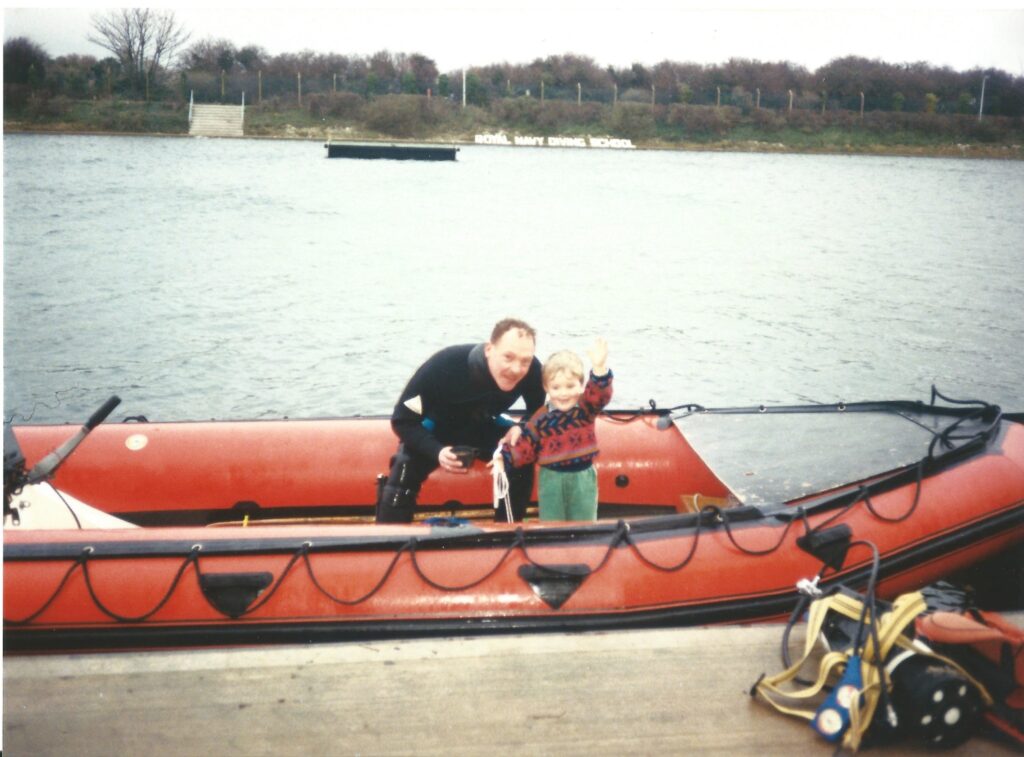
I had more than a little trouble with my conscience over other people’s children than I admitted I had towards my own though. Ellen’s concerns were sufficient to begin with, however, my own kids had been around me at every level of my diving, joining me with Ellen at dive sites all over the country from when we were dating, whilst I was in the Army, and continuing through my setting up and taking on Deep Blue Diving and FSAC. It would not be easy for me to deny them a chance to dive with me should they ever express an interest, and that was what I relied on, interest! I had decided I could avoid the question for as long as none of the lads actually asked me if they could have a go at diving, I almost got away with it……..Almost
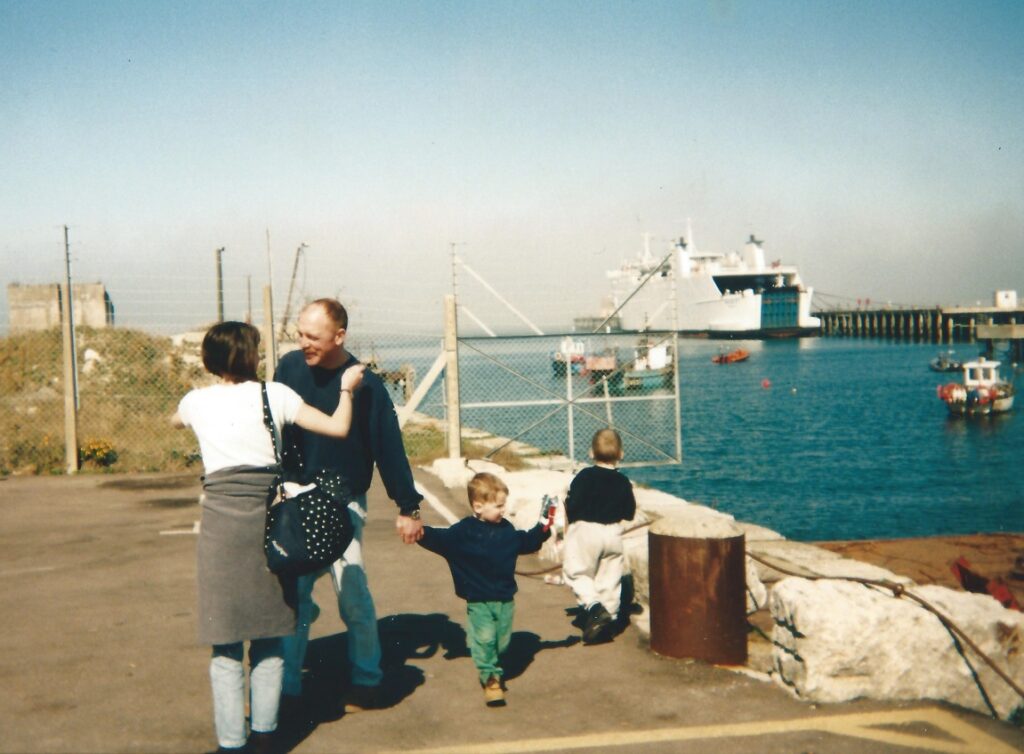
It would not be until 2006 that any of the lads really expressed any interest in actually giving diving a go, we had decided on a family holiday in Sharm el Sheikh, and were there with Mark & Kerry Hill and their young family. Mark, his daughter Kelly and her sister Alycia had taken courses with me, and we had become firm friends with Mark and Kerry, their mother, over the last few years. It turned out we were all going to be in Sharm at the same time, it was never planned that way, it just ended up “co-incidentally”, as a kind of joint holiday and Mark and I had decided to take a day boat (The “Wind K”) to Thistlegorm whilst we were there. Lee had just turned 14 and the two year gap between each of them put Lewis at 12 and Kai at 10
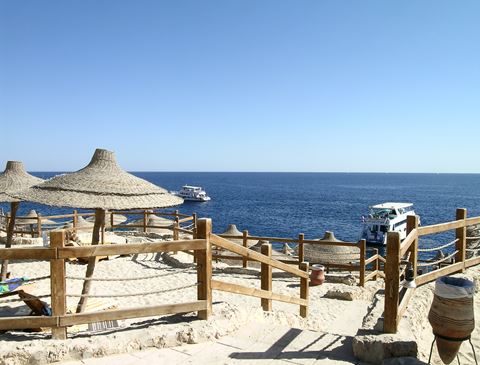
Now Alycia wanted to dive the Far Garden reef, off the beach near the front of the Crowne Plaza, where we were staying (Mark & Kerry and their family were down the road at the Hilton Sharm Dreams), and that raised the question…. “Why doesn’t Lee join us” from Alycia as, with Alycia around 16, the two of them were very close in age. That question was nuclear…..it must have been 30 seconds later when Kai piped up…. “Why can’t I go if Lee goes….” And that just meant Lewis wasn’t going to be left out “You’re not going if I’m not…..” and that is where Ellen and I might have ended up divorced. I guess the Red Sea has a lot to thank it for in reality, Ellen had taken the plunge only the day before, and snorkeled with me off the floating piers in front of the Crowne Plaza, seeing millions of beautiful fish beneath her, and even Ellen could not deny the water was warm, crystal clear, and reasonably shallow there…….I suggested the lads tried a pool session before anyone decided anything, but that if they liked it, and did OK with the hotel instructor, then I would take them in with the instructor….. and we would see how it went from there…… Ellen, very reluctantly agreed…eventually!
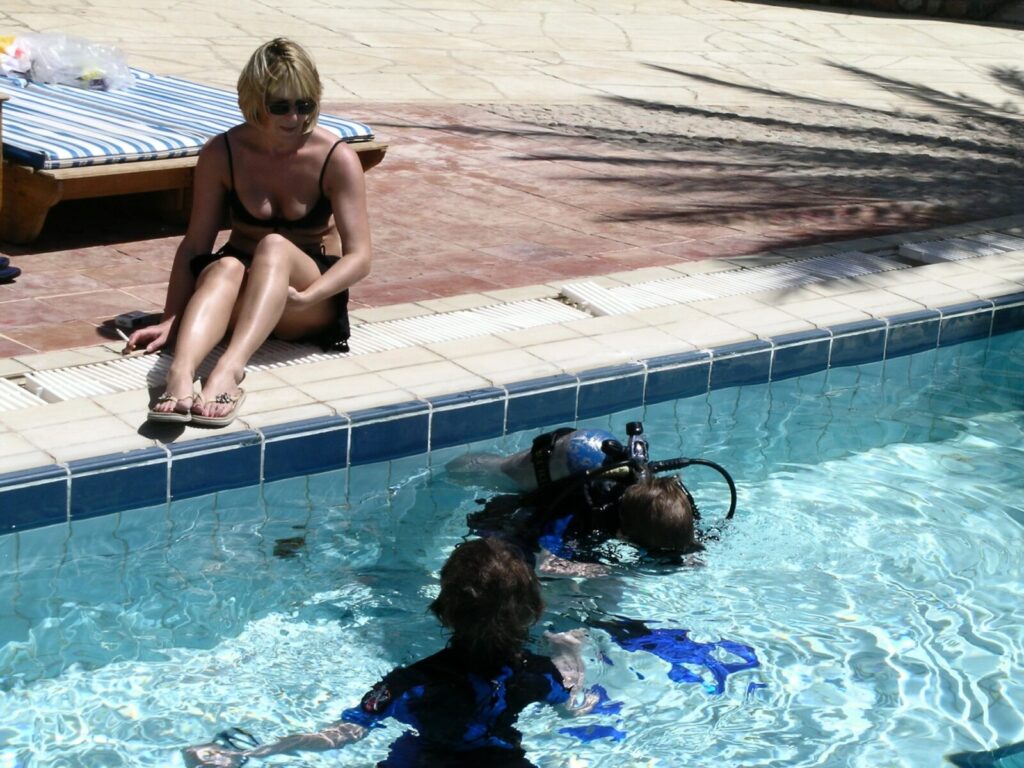
I never doubted for a moment that any of the lads would fail to impress the hotel Instructor, and I was not disappointed. Despite three very different sizes, and three distinctly different personalities (Lee the aloof surly teenager, Lewis the eager and matter-of-fact consummate water-baby, and Kai determined not to be out of whatever depth he’d got himself into…..), each of them took to the kit like it was second nature, even Kai, and it was nice to see Lewis carefully helping Kai to kit up too! I think even Ellen was beginning to relax as she saw them drop easily under the water and swim about, stopping to take off their masks, and then put them back on with the ease of kids with no fear of the water whatsoever, it might be that “indestructible” attitude we had to be most careful of when they each got out of the pool into the Red Sea itself…….
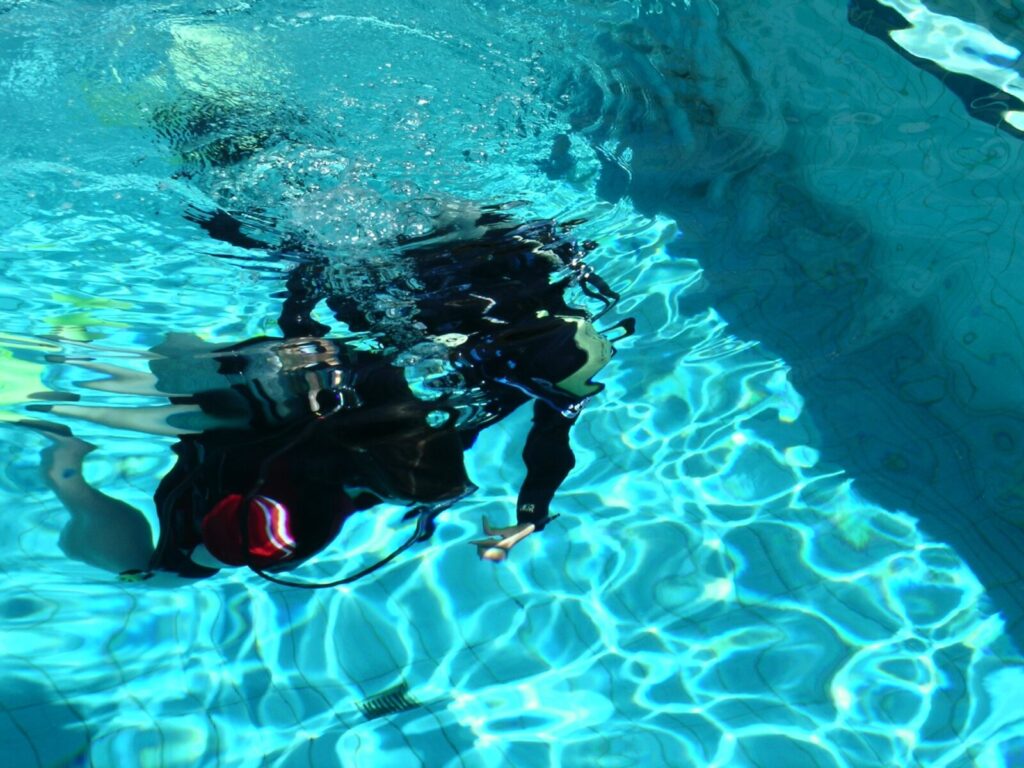
I had agreed with the instructor that the decision would be hers on all three of the boys, and when it came to it she was more than happy all three would be safe doing a shore dive off the steps down the rocks in front of the Hotel’s dive centre, and along the inshore reef where Ellen had snorkelled with me so recently. We swapped the cylinders from the boy’s kit, and traipsed enthusiastically down the stairs to the wooden pier, and short steps into the Sea…….My Log book records it: “FAR GARDEN – SHARM EL SHEIK – Diving with Kai and Lee & Lewis Fantastic experience to show Kai and the boy’s truly beautiful fish and a marvellous reef. Everything was there, Parrot Fish, Butterfly Fish, Dorys – allsorts!! Wonderful! Air in 220 Out 100” Now as you will by now know, I am not given to long and descriptive dive log entries (partly because I listened to Chuck Russett at Bovisands all those years before when he said, “…..it won’t take long to fill these logs up if you gush at every dive, make it count, remember it from the description don’t try to get everything in there!” I’d listened, and it works…), I can remember feeling excited for the lads, and feeling I had to be on my top game, just to ensure not a single expression from any of them was missed, that nothing would be allowed to cause an issue, and that I was responsible for the 3 most precious lives I’d ever known, through every second of this dive….. I also remember checking with each of them to make sure they were OK, that they didn’t miss anything I spotted, and that, more important than anything else, they were looking relaxed and enjoying this……
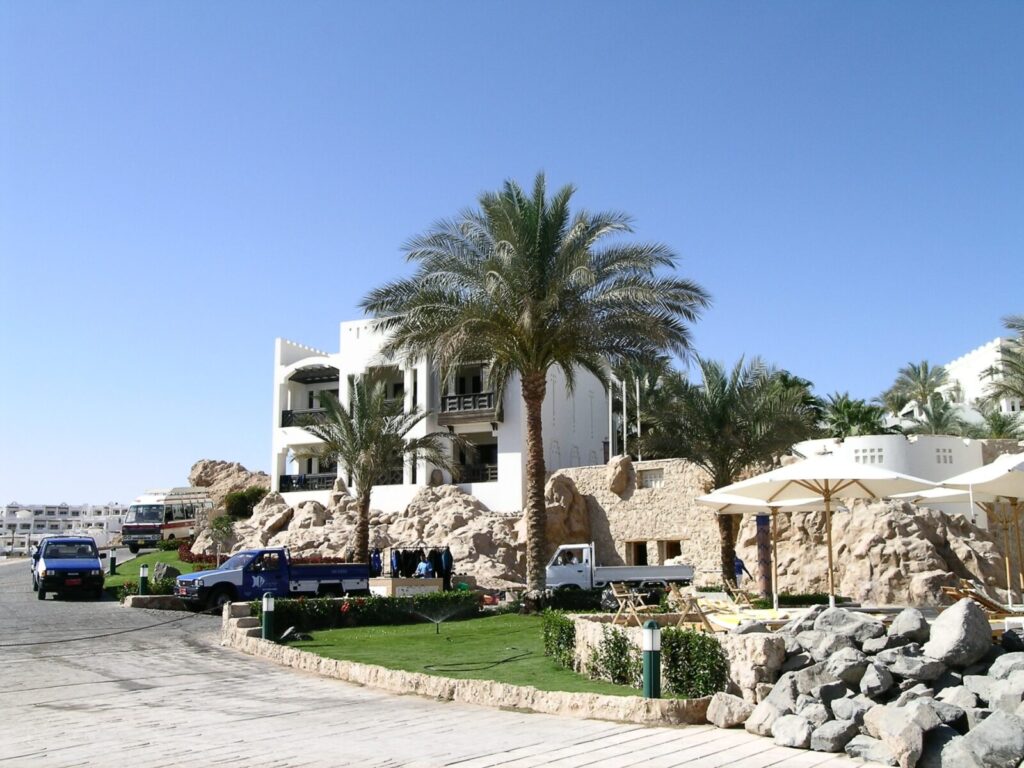
When they got out of the water there was a different expression on each face, the surly “cool” of Lee’s teenage disdain for adults was replaced with one of an excited kid again, Lewis was beaming from ear to ear and even Kai, smaller, and therefore a little chilled by this time, was babbling through chattering teeth about how cool it was on the reef, whilst the fierce Egyptian Sun warmed his bones back up! I was elated, I had finally shown my kids what an awesome thing diving was, and how beautiful it was under the sea, I couldn’t have been happier and I couldn’t wait to hear what they told Ellen……..would she believe them….. or, would she just be relieved that they were all back in one piece, who knew!
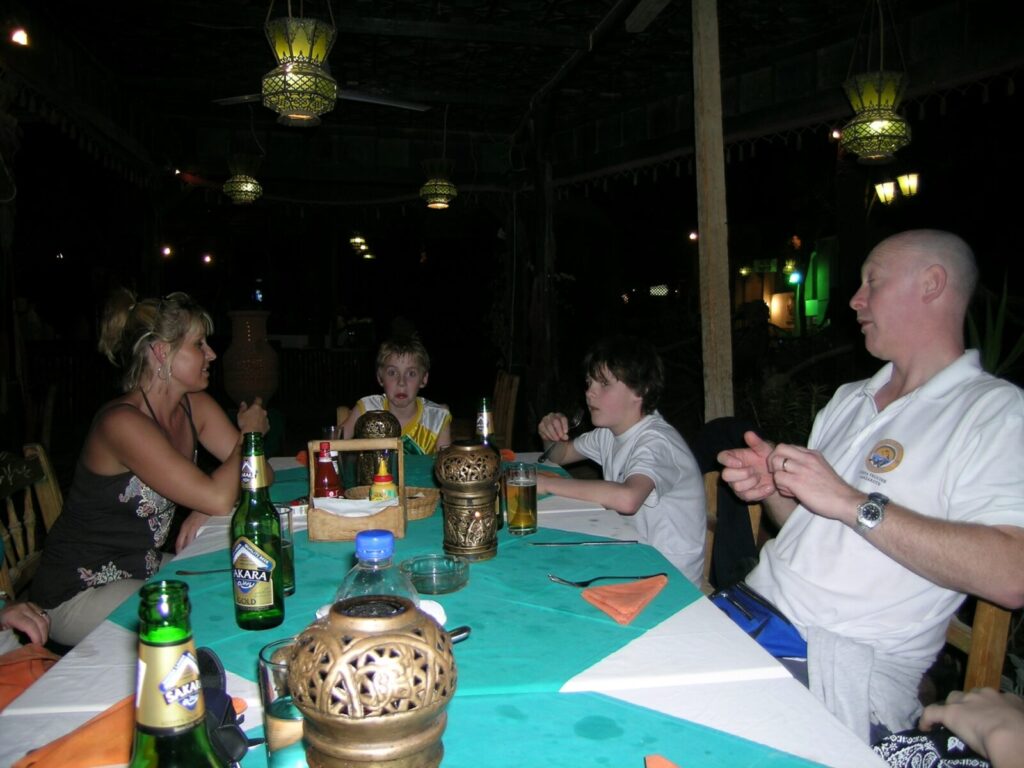
Lee must have enjoyed it, Ellen let him take a second dive with us that afternoon, Lewis & Kai stayed on shore as Ellen thought it “a bit too much” for them to do two dives in one day, I think she’d been worried when they said they had been a little chilled towards the end of the dive, but Lee wanted to join Mark and Alycia for one last dive, so my log goes on to say: “FAR GARDEN – SHARM El SHEIK – Lee’s second dive along with Alycia and Mark, again so much to see, Lemon Ray & Fan Coral – Anemones – Just about everything!! Wonderful dive in 28’ water Fantastic!! Air In 220 Out 110 Buddy’s Mark Lee & Alycia” Another abridged descriptive to capture a thousand moments, within a 35 minute dive, in the most beautiful of places, and another shared experience with my eldest son, after a dive with all 3 of my sons, a truly special time!
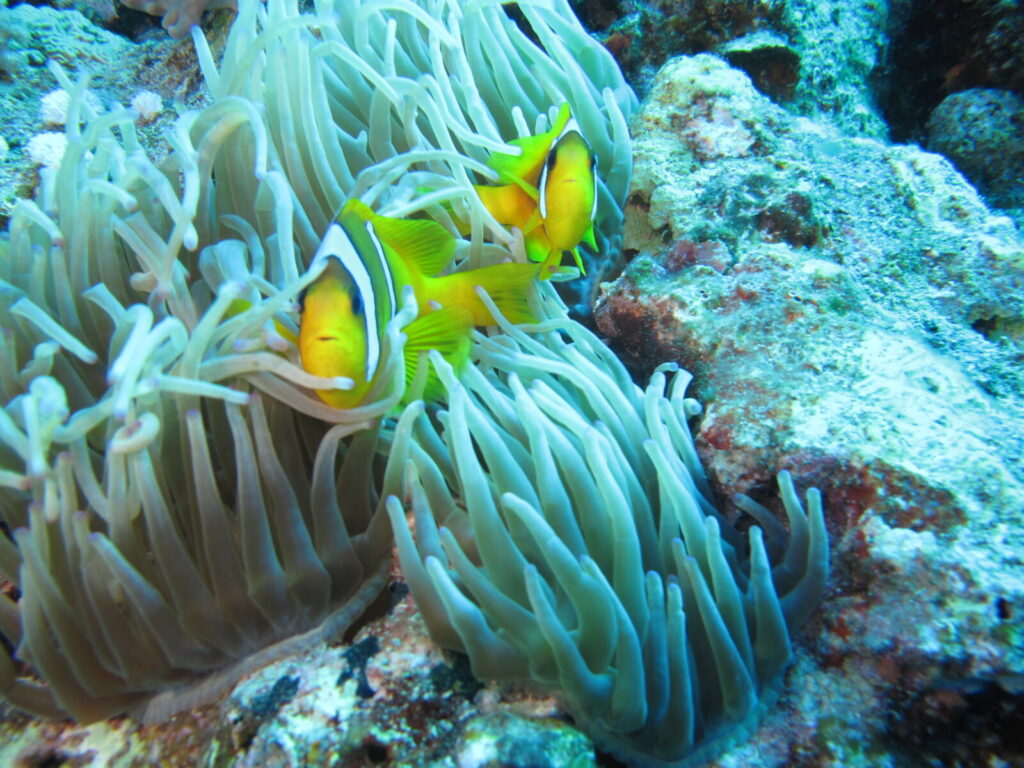
I started this piece as a look at Children and Diving and have detailed my own experiences as a parent of three young kids, one at the lowest of the age groups determined suitable to dive in open water. My lads represented a range stretching from the PADI’s youngest dive age to the lowest age I honestly believe it “might” be practical to consider teaching a child to dive, although, even that is two years before I would look at teaching anyone to dive in UK waters. The piece is, in a way, “hypocritical” insomuch as I clearly took my 10 year old youngest son and his 12 year old brother diving in the Red Sea. I also said, earlier in the piece, that I personally think 16 is the lowest age I would consider “professionally” training a youngster to dive, so why the hypocrisy then? This isn’t “Do as I say….. Not as I do” as far as I am concerned, the difference between a dive in the crystal clear, and very warm, prolifically abundant eco-system of the Red Sea, and a disused quarry in the UK cannot be understated. The equipment required, the visibility, and the temperature alone make it an obvious and expressly different environment training and diving in the UK, to that of the more benign, perhaps more benevolent Red Sea. It is, however, a hostile and life-threatening place to be in either case, the saltwater of the Red Sea is just as un-breathable as that of the South Coast or the Welsh beaches, but the nature of the Red Sea, with little tidal range, with often 50 or 60 meters of visibility, in water warm enough to wear the thinner, more flexible and less restrictive shorty suits, and the beauty of the often sheltered and shallow reefs, makes the decision a far less risk-oriented exercise, one that you can see children being not only able to cope with, but one that will serve their generation far better than ours, once it is experienced
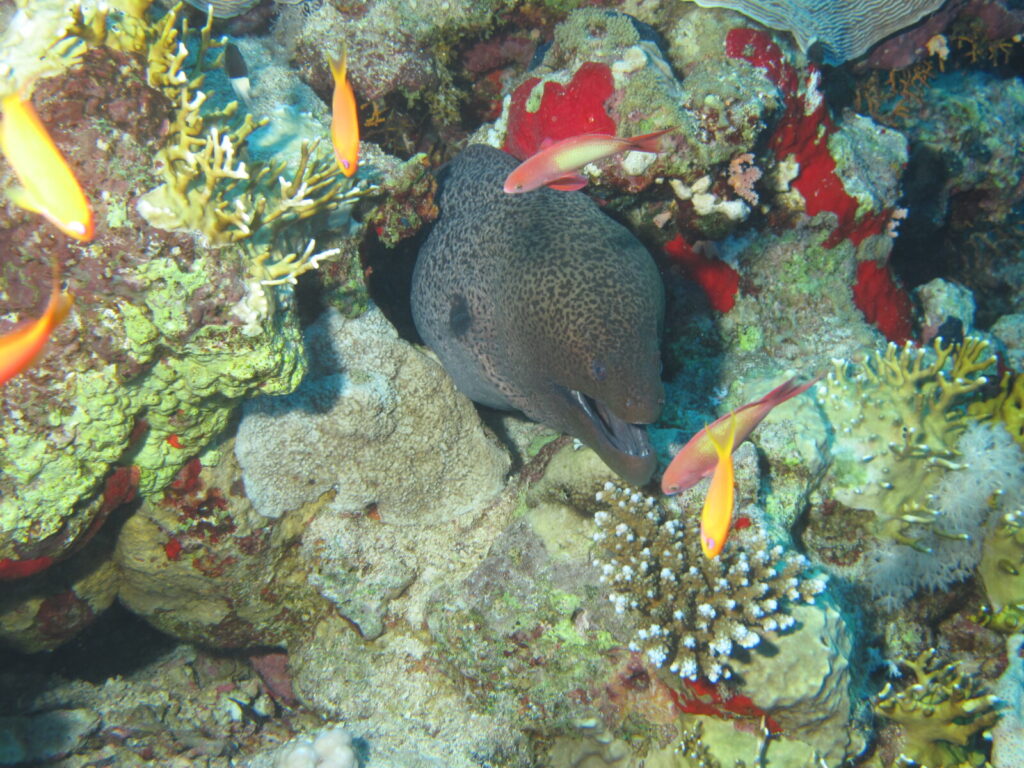
At the end of the day, the decision comes down to the parents, and the physical abilities and intellectual maturity of the child themselves, not the arbitrary and maybe even largely commercial decision placed on age limits by Diver Training Agencies
